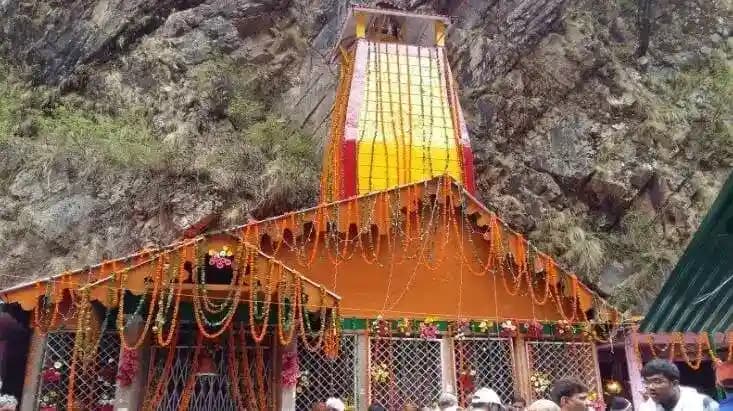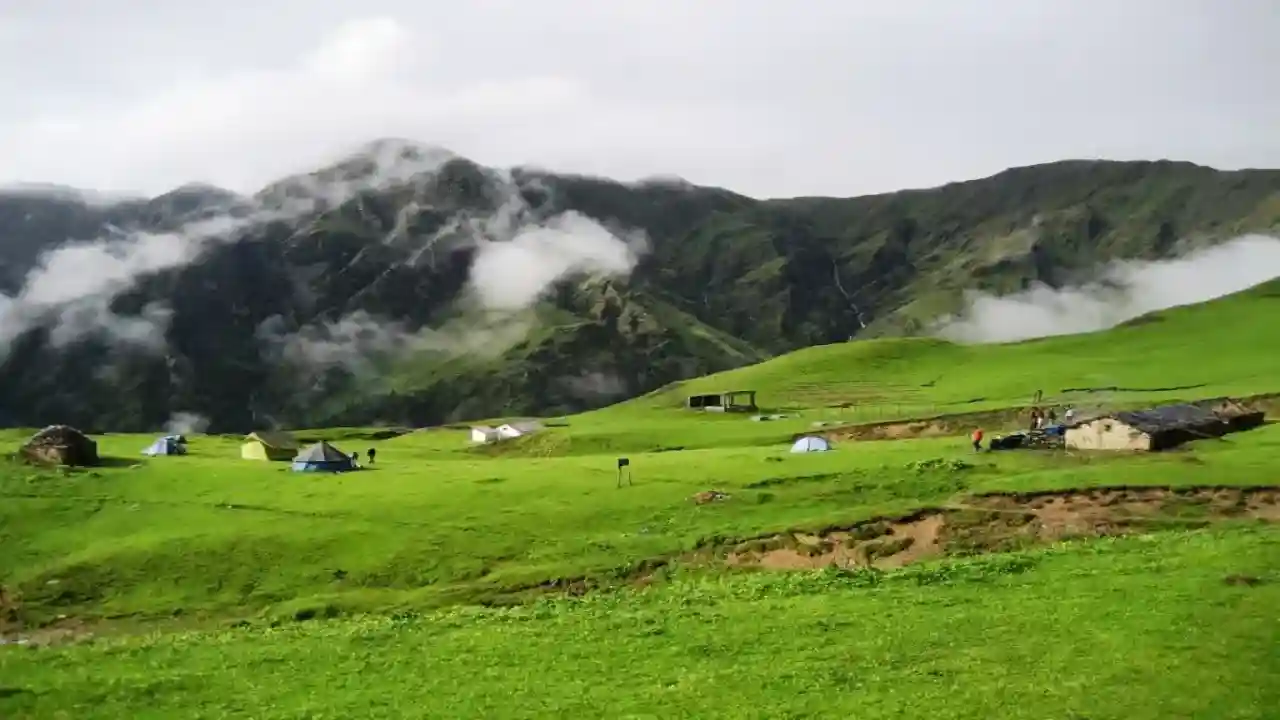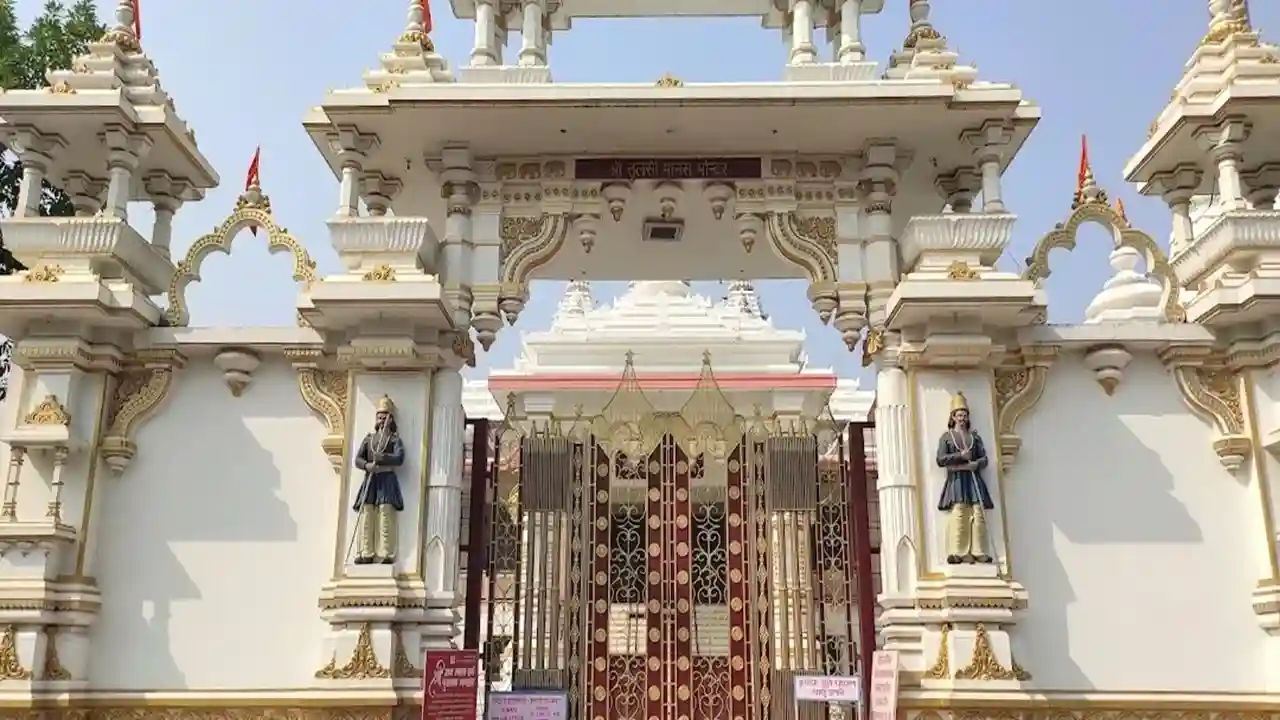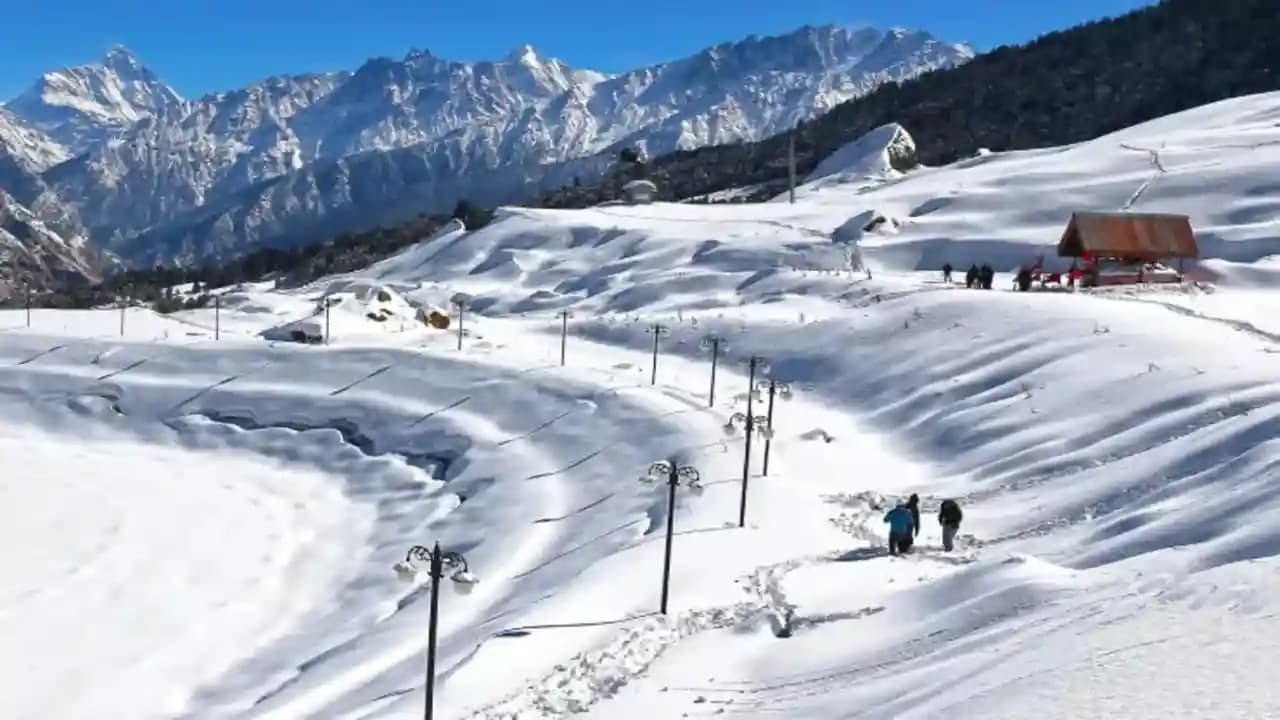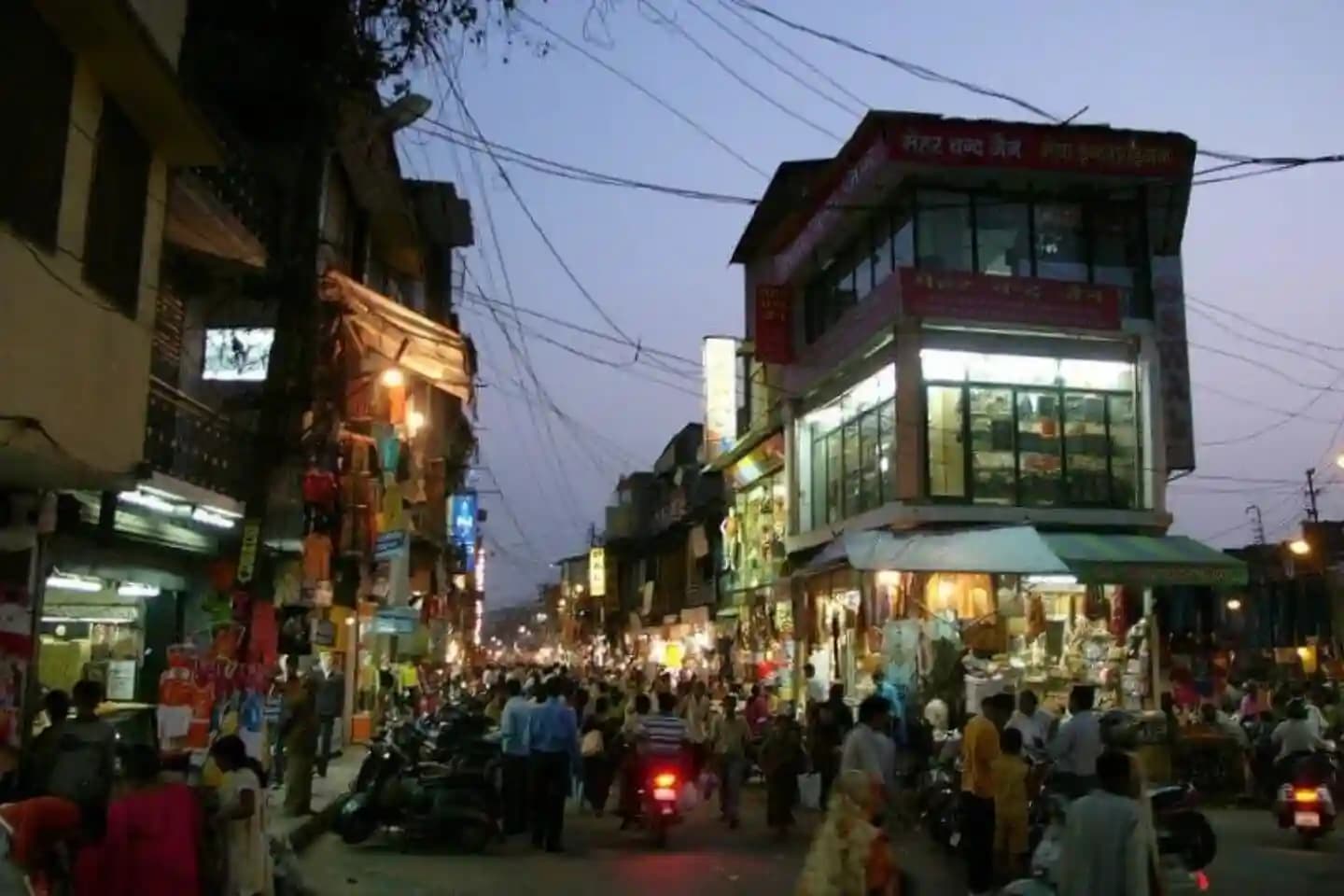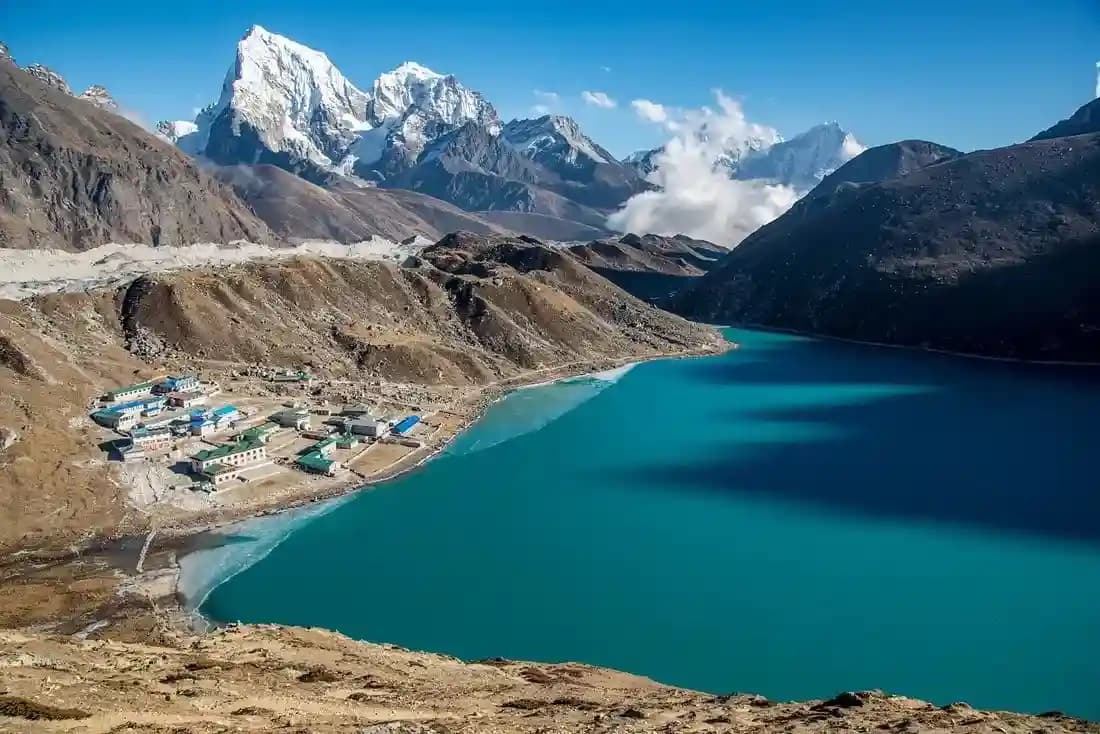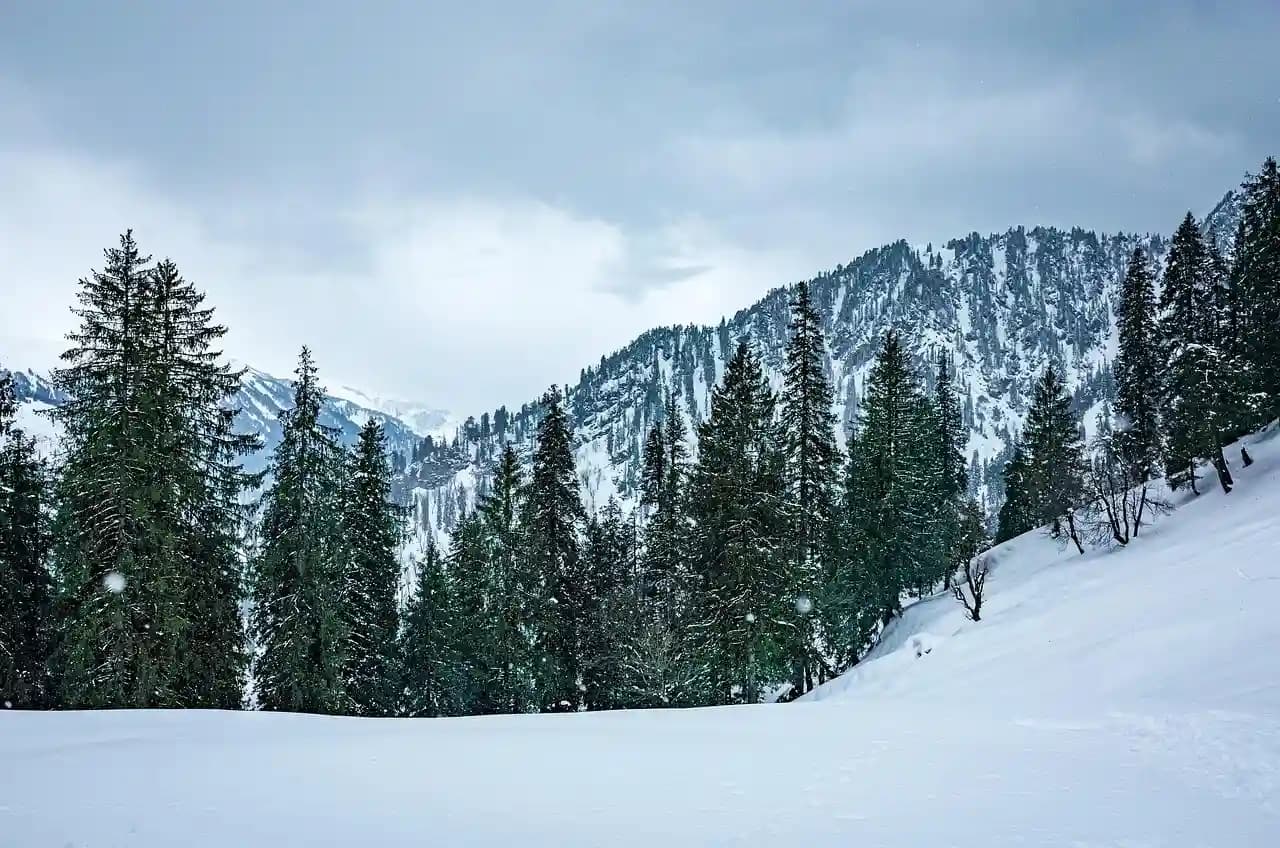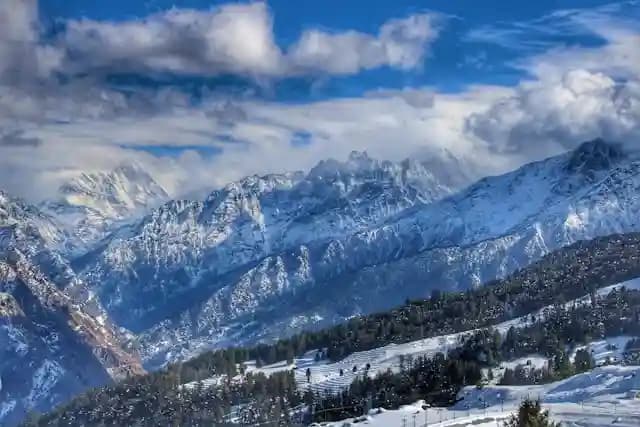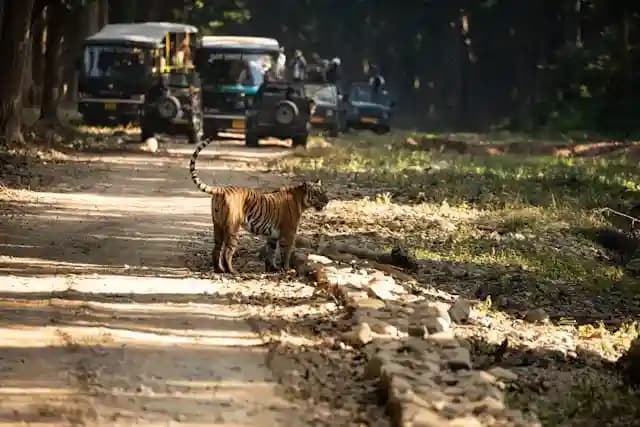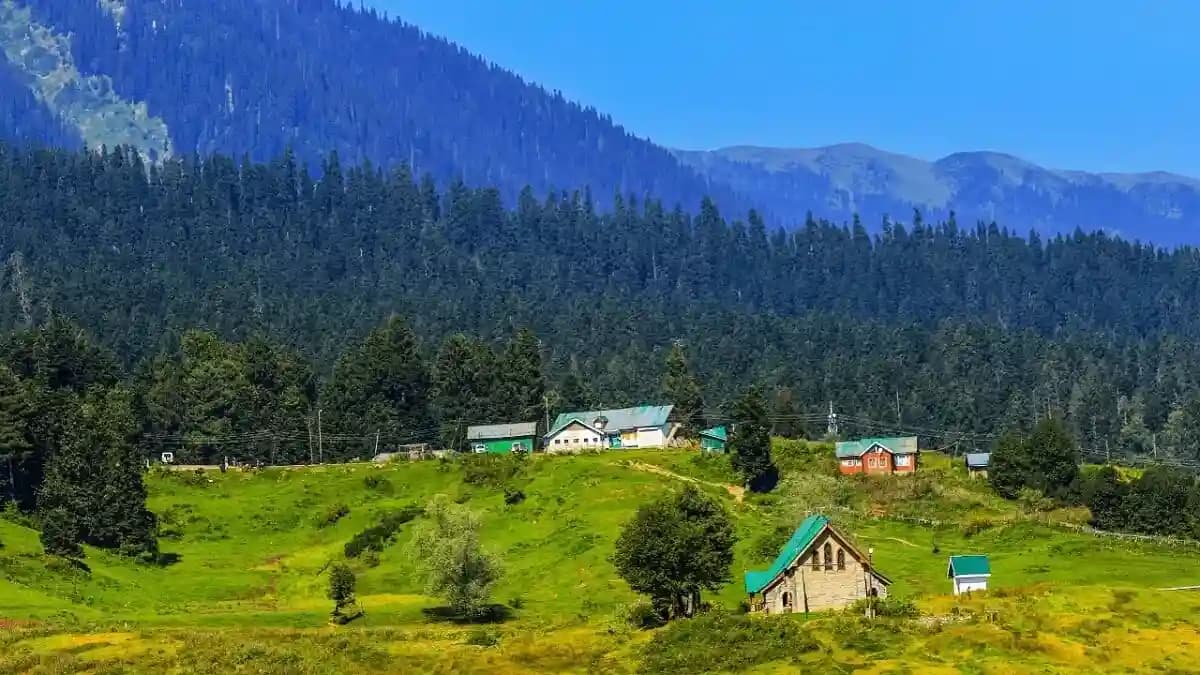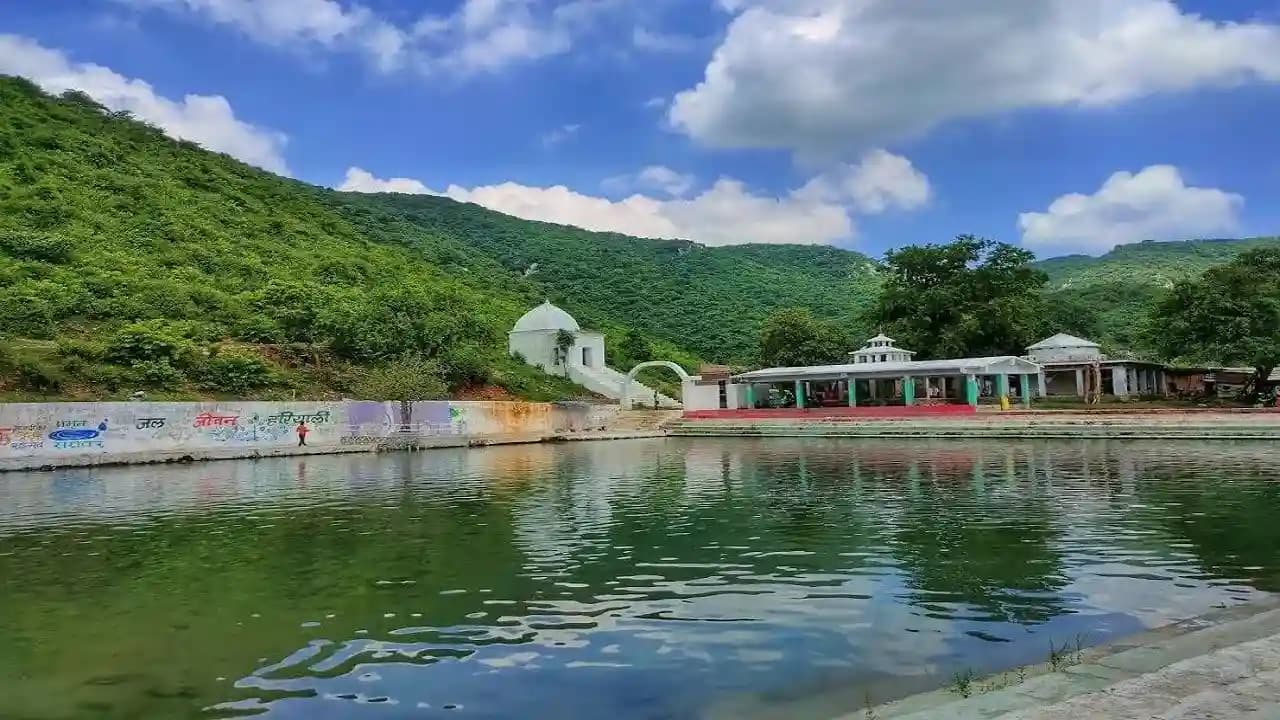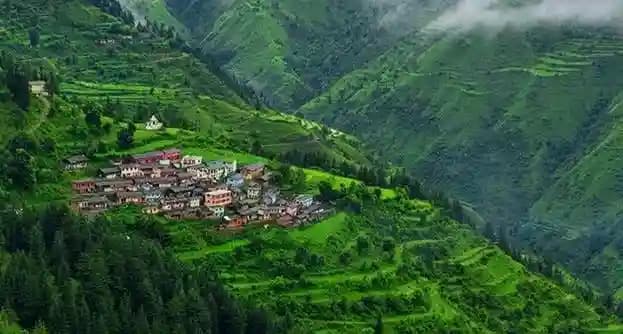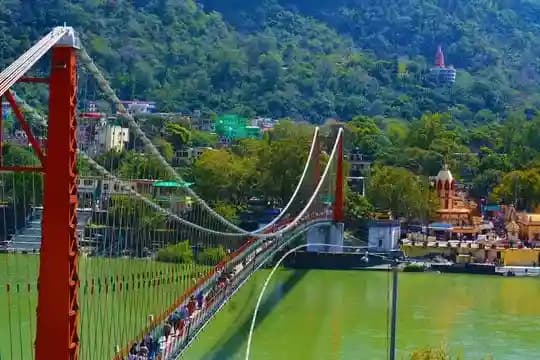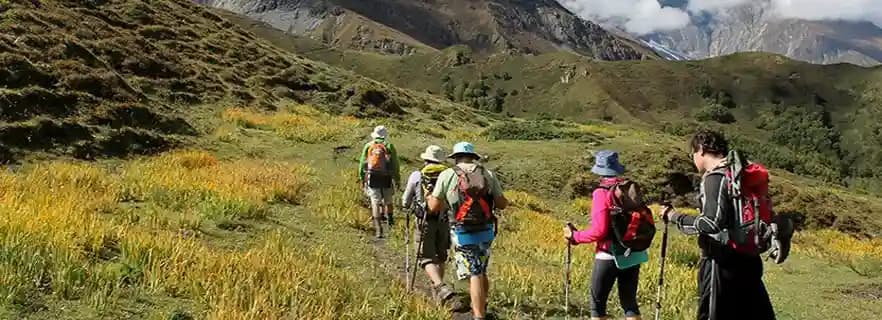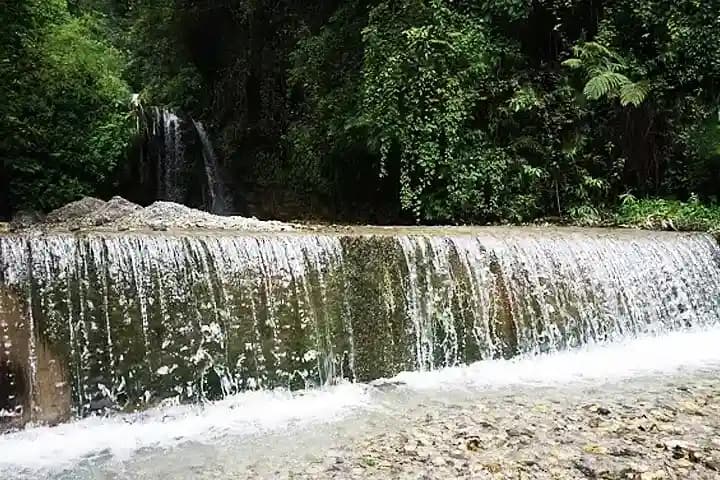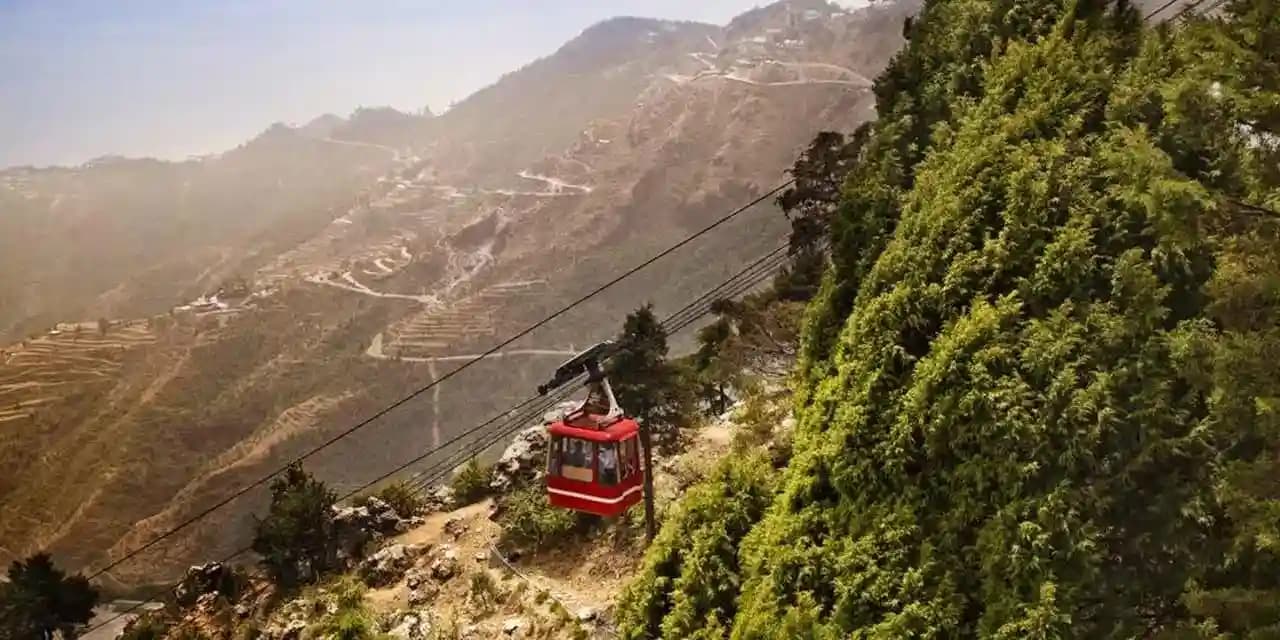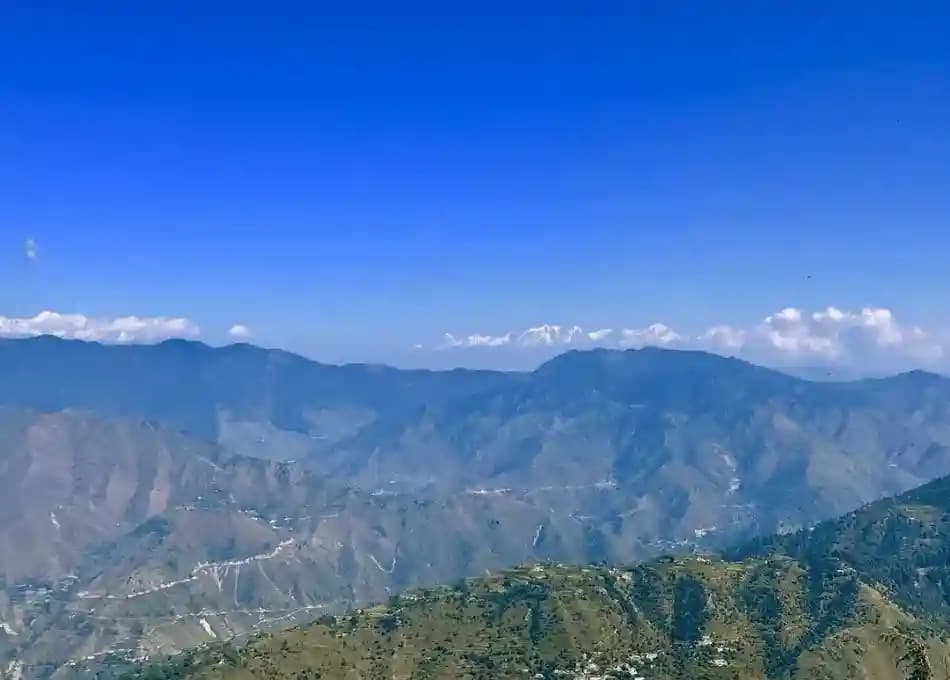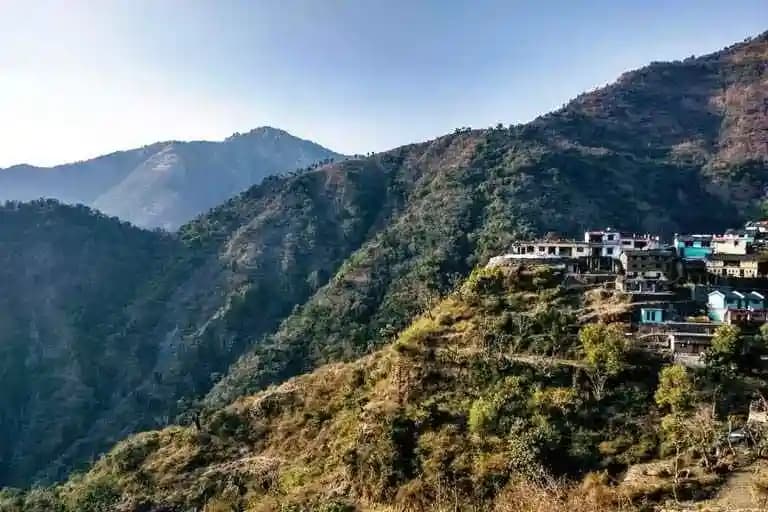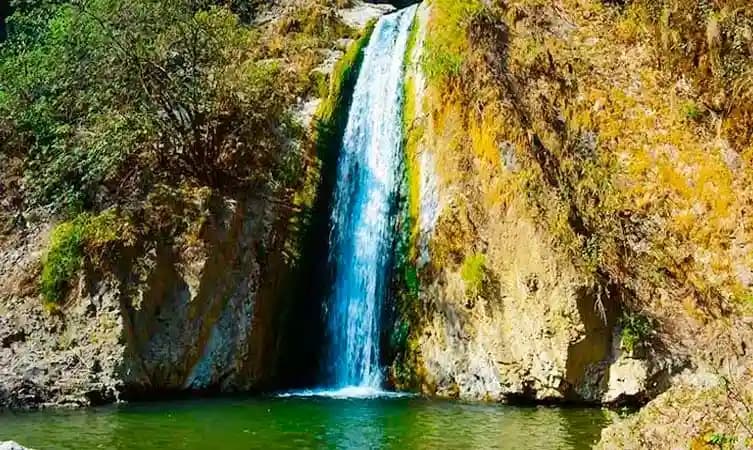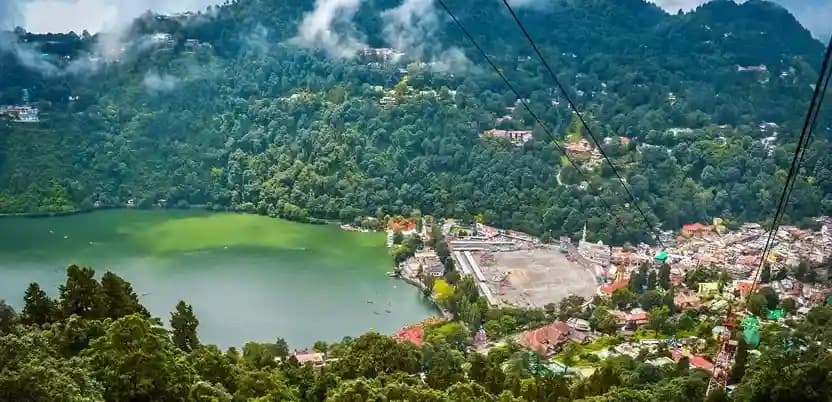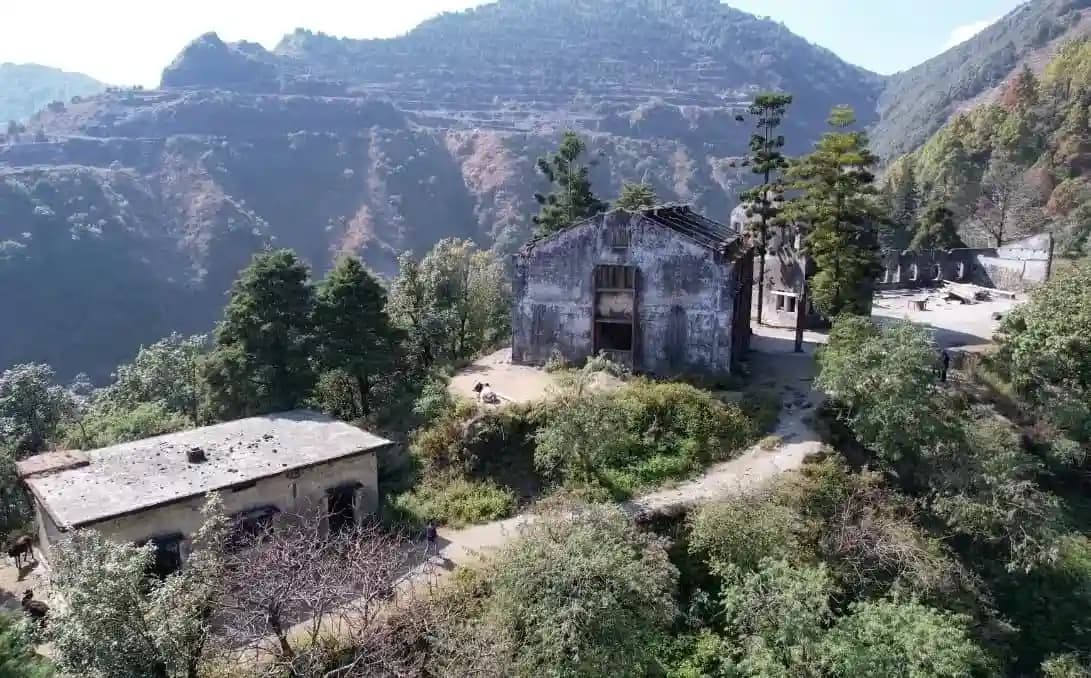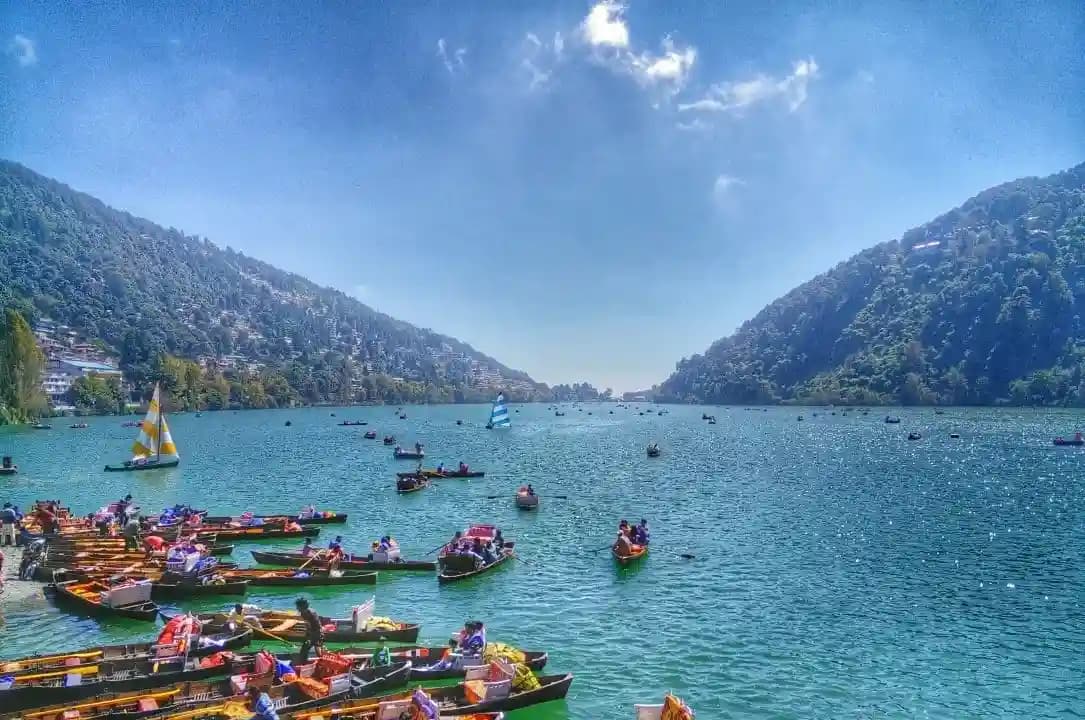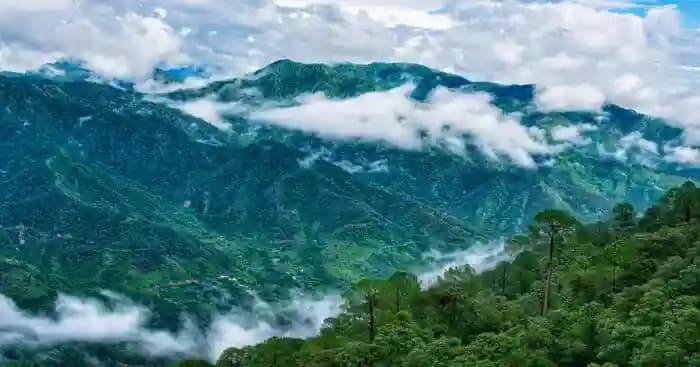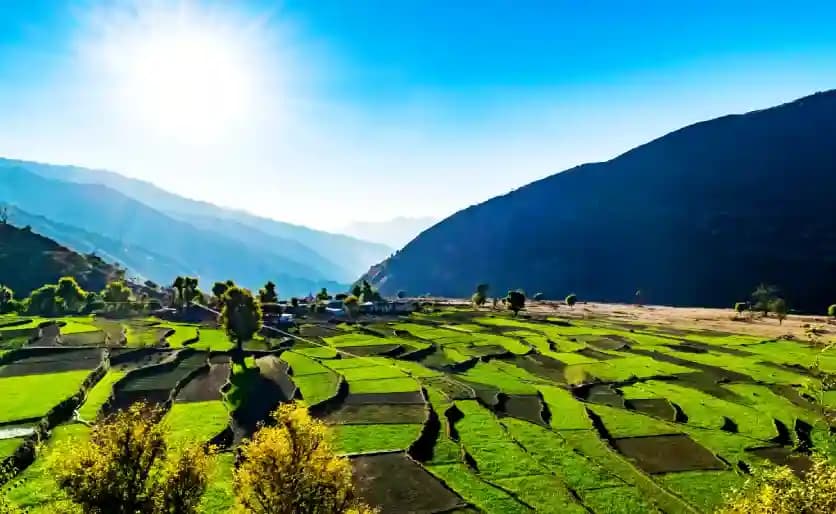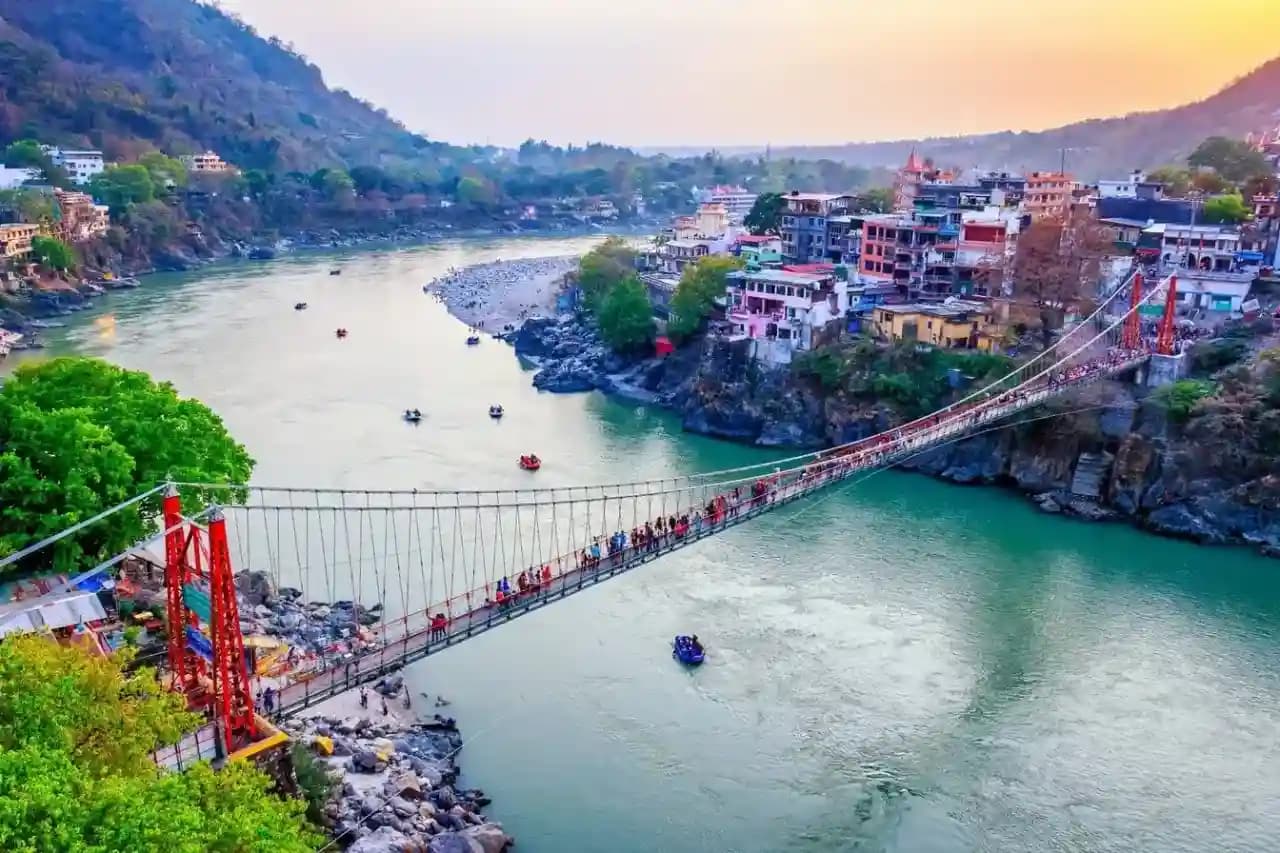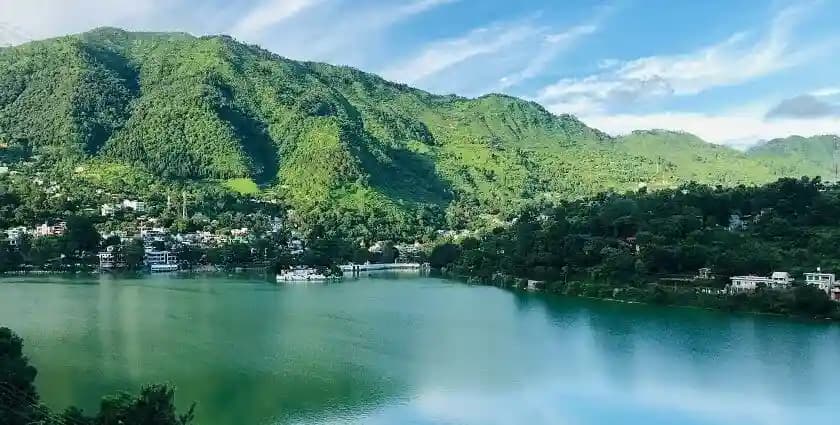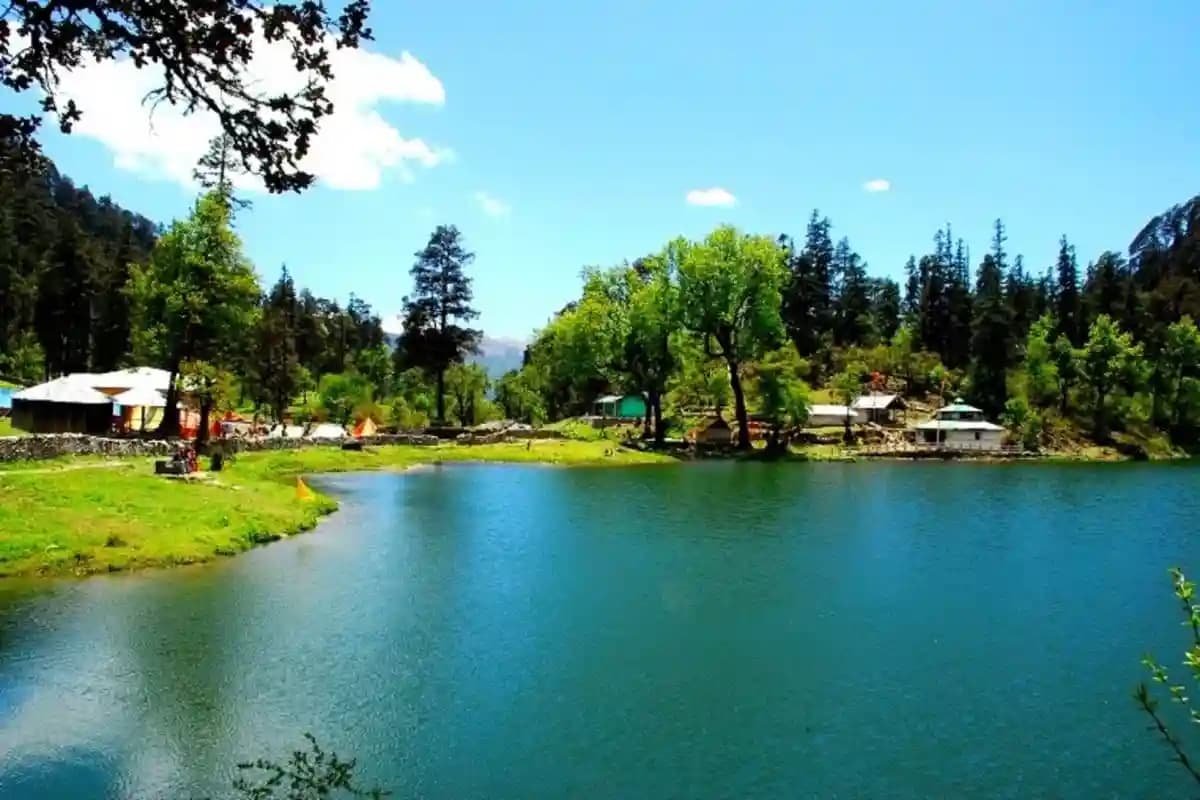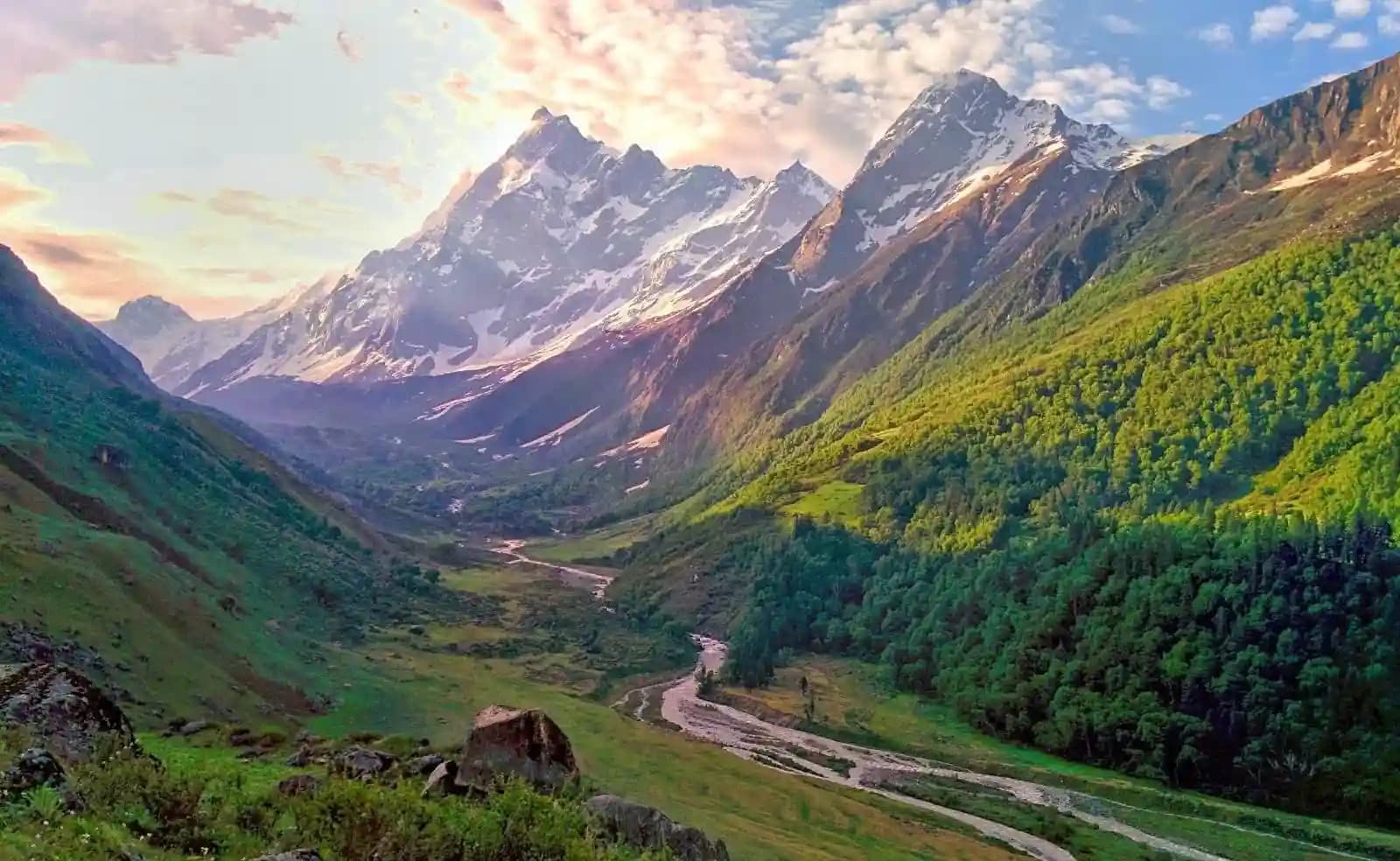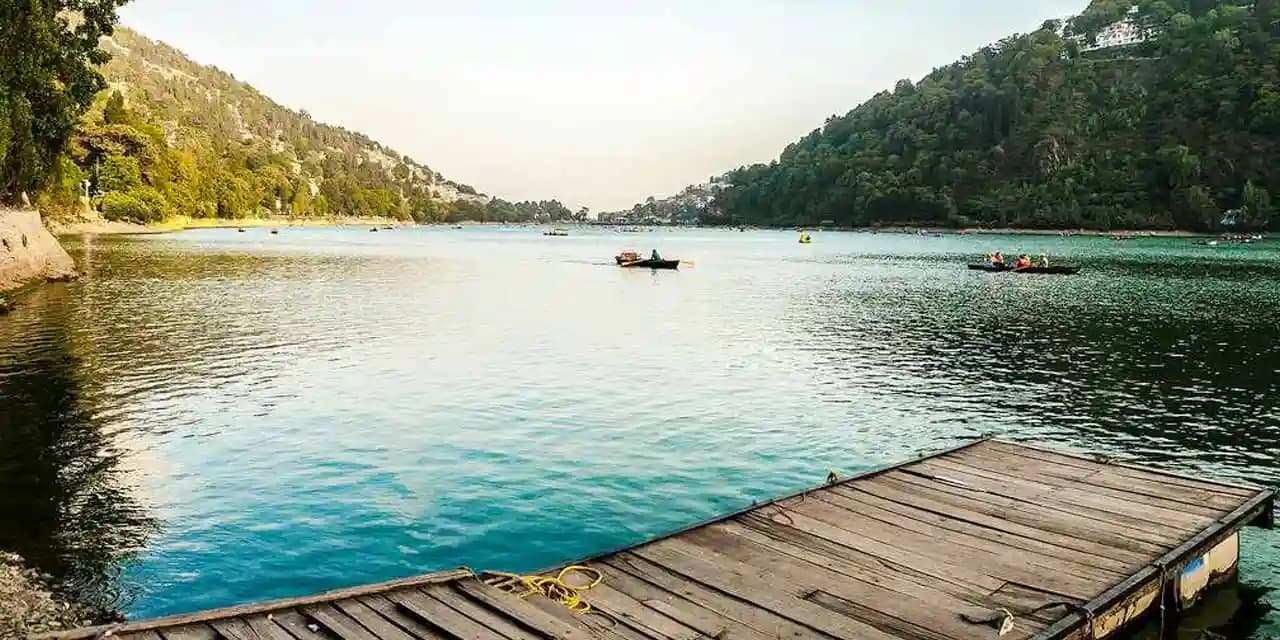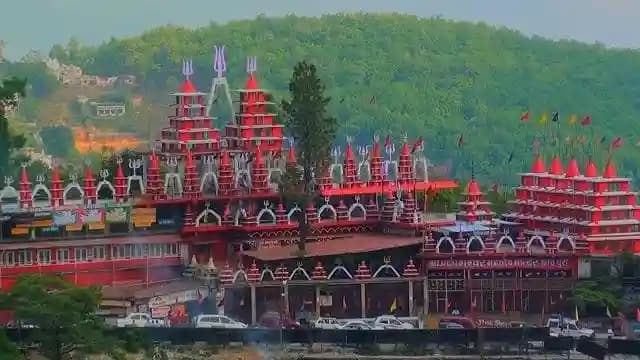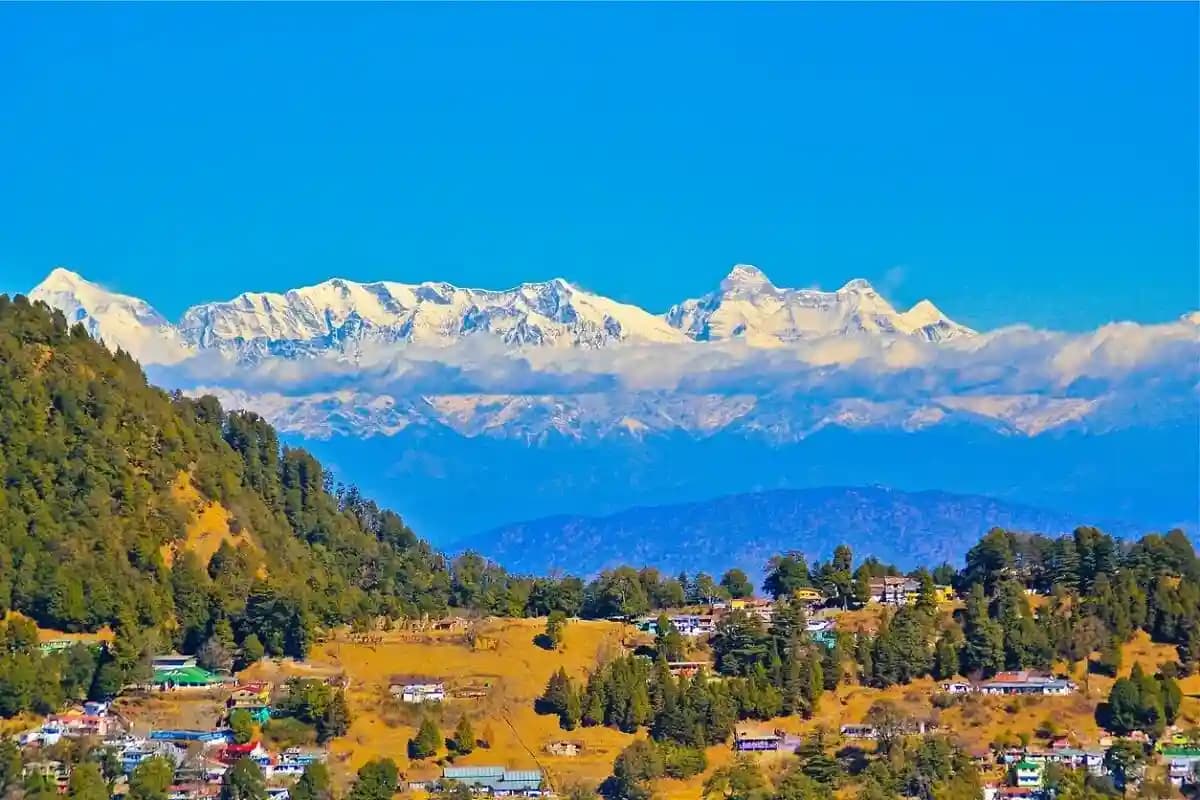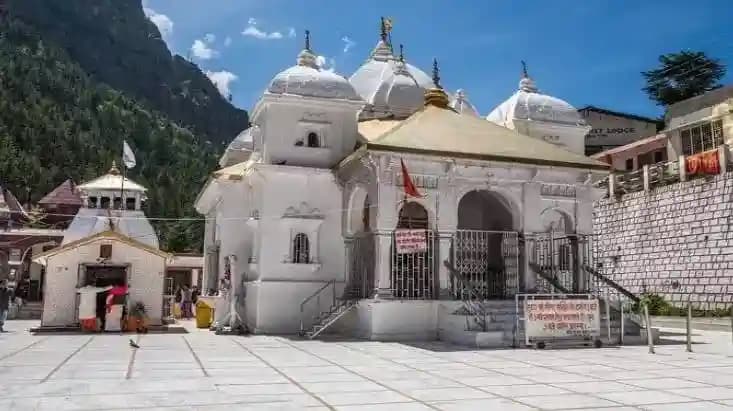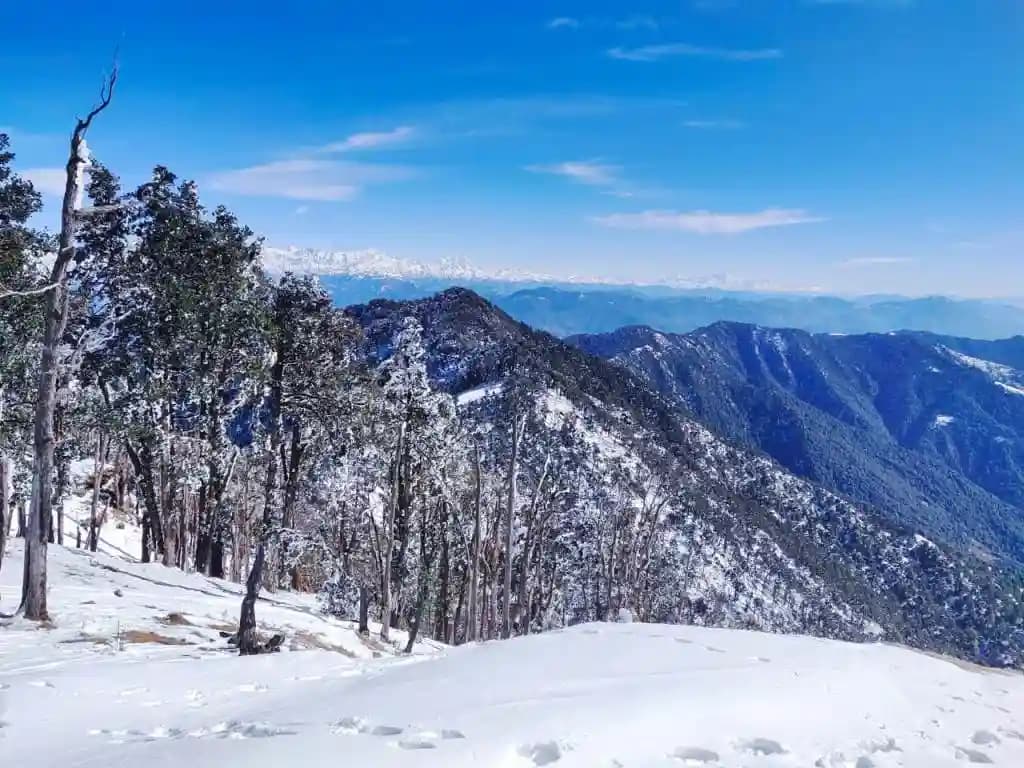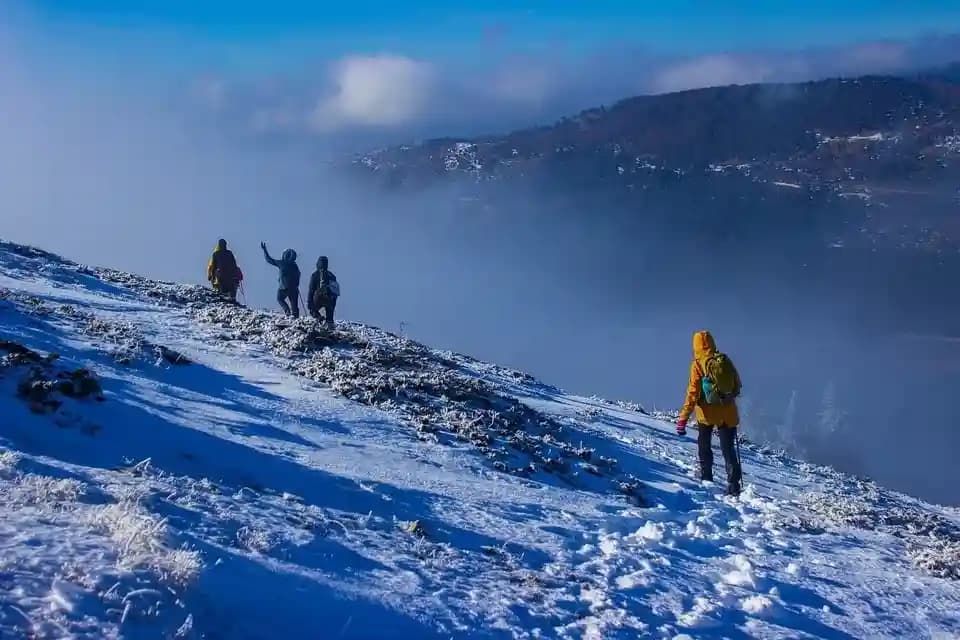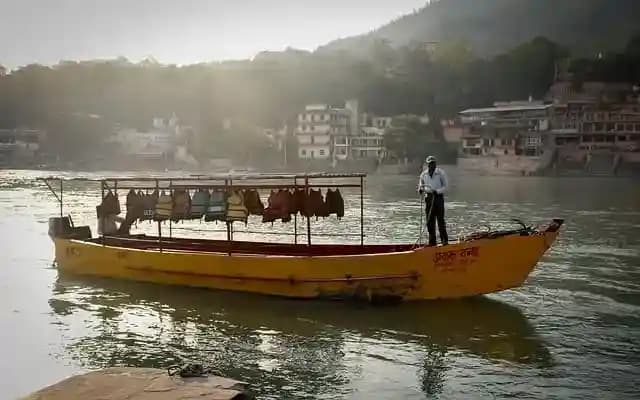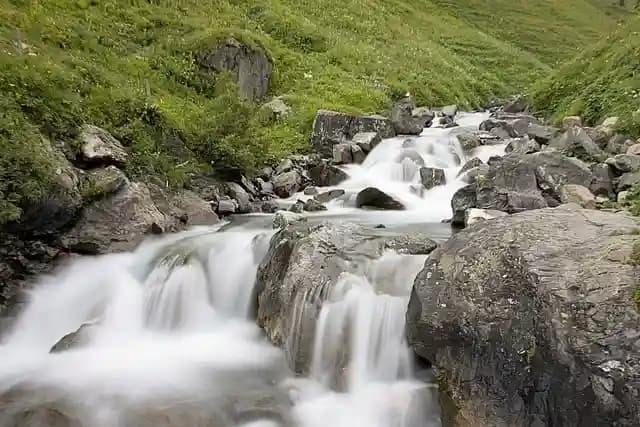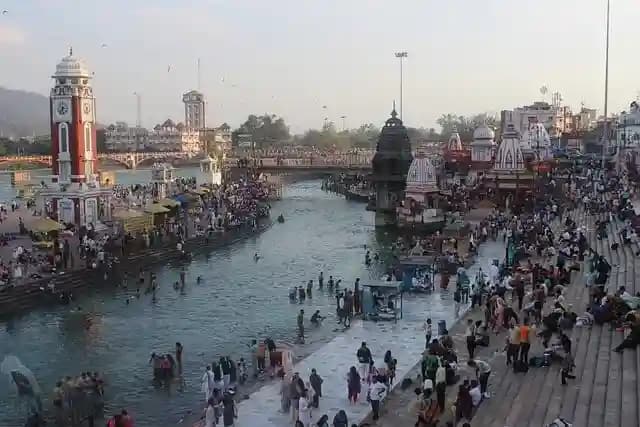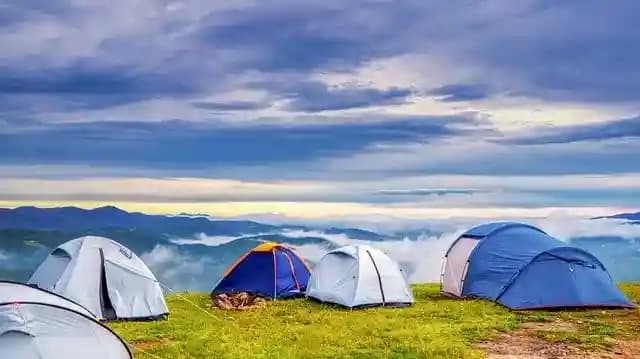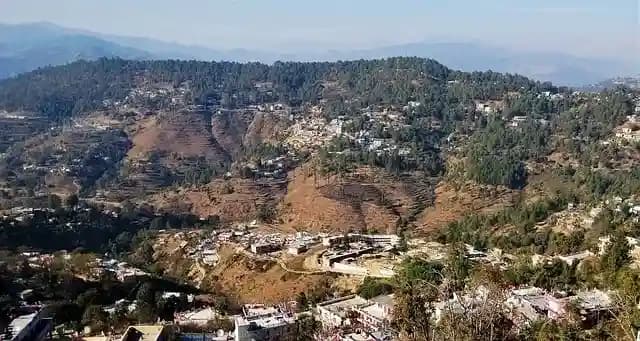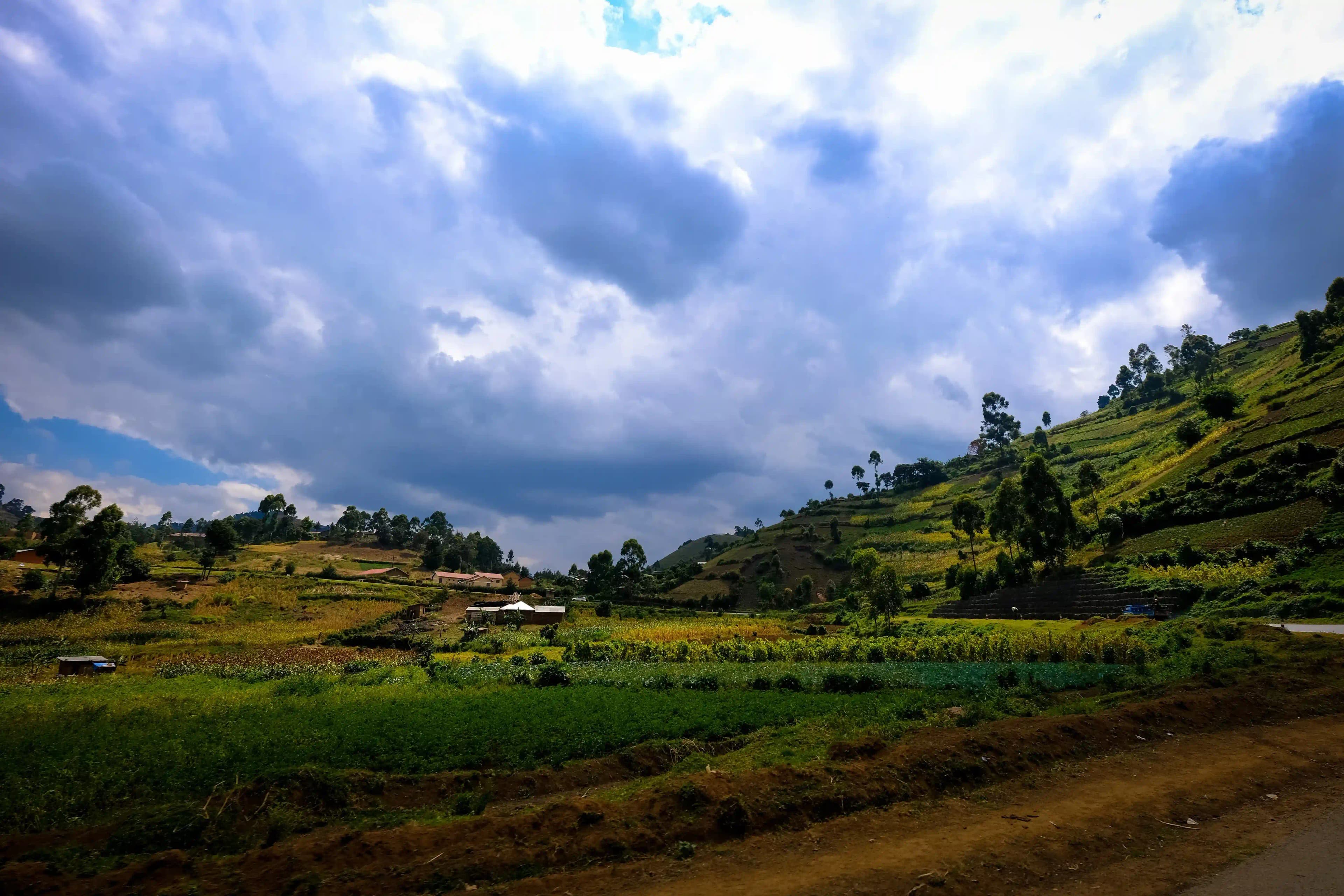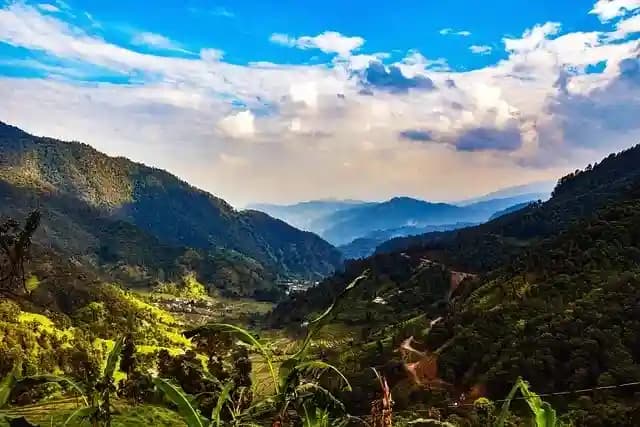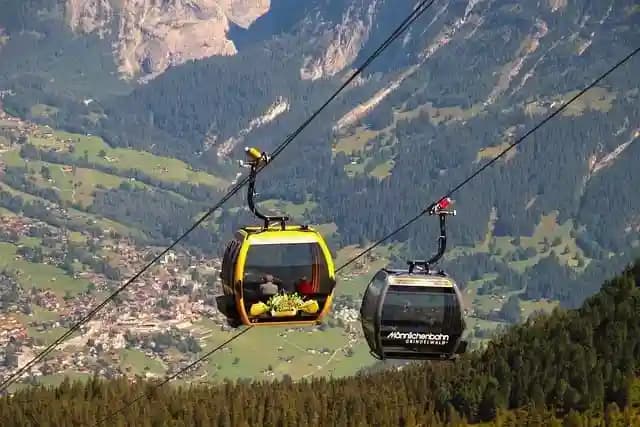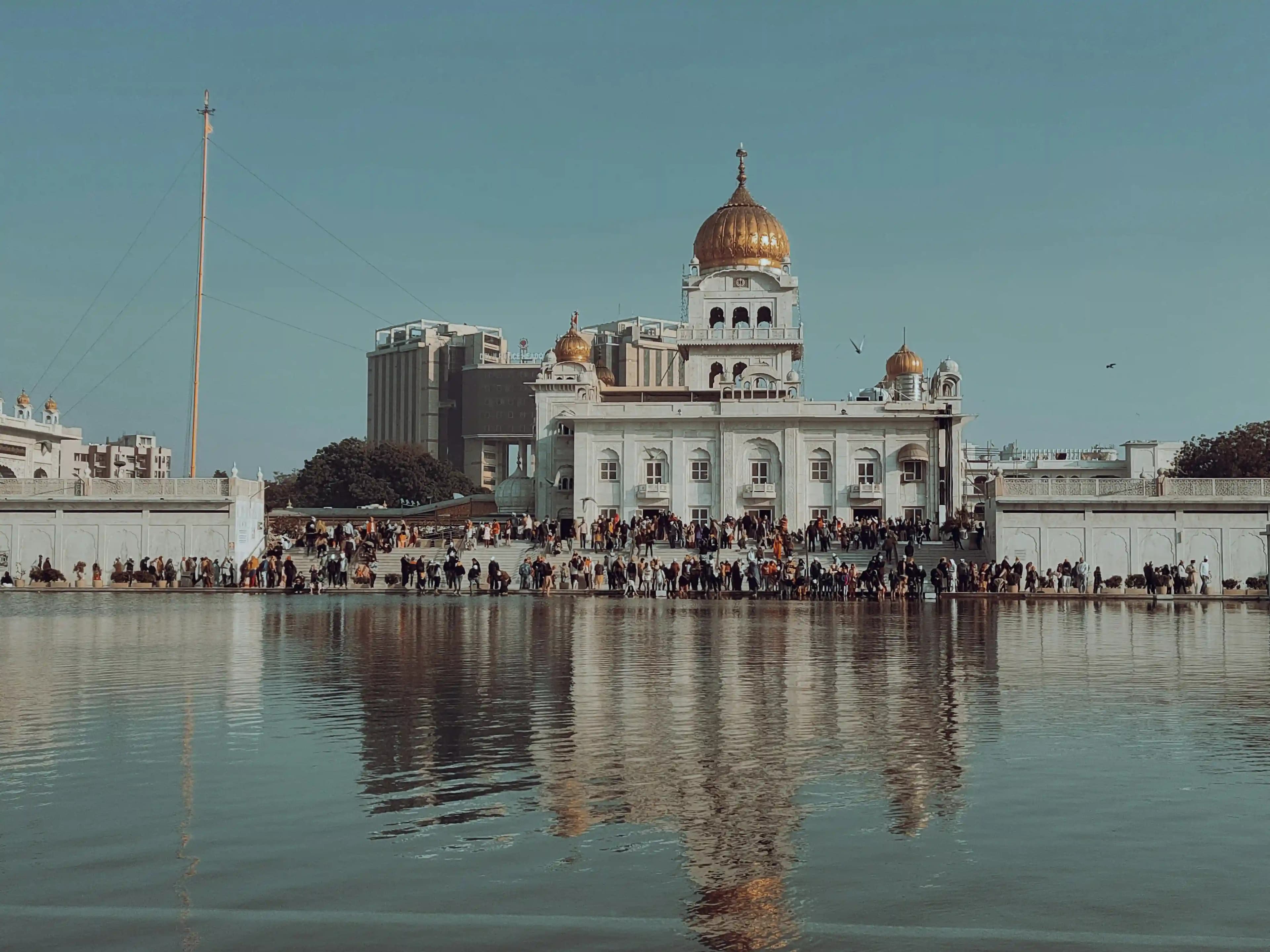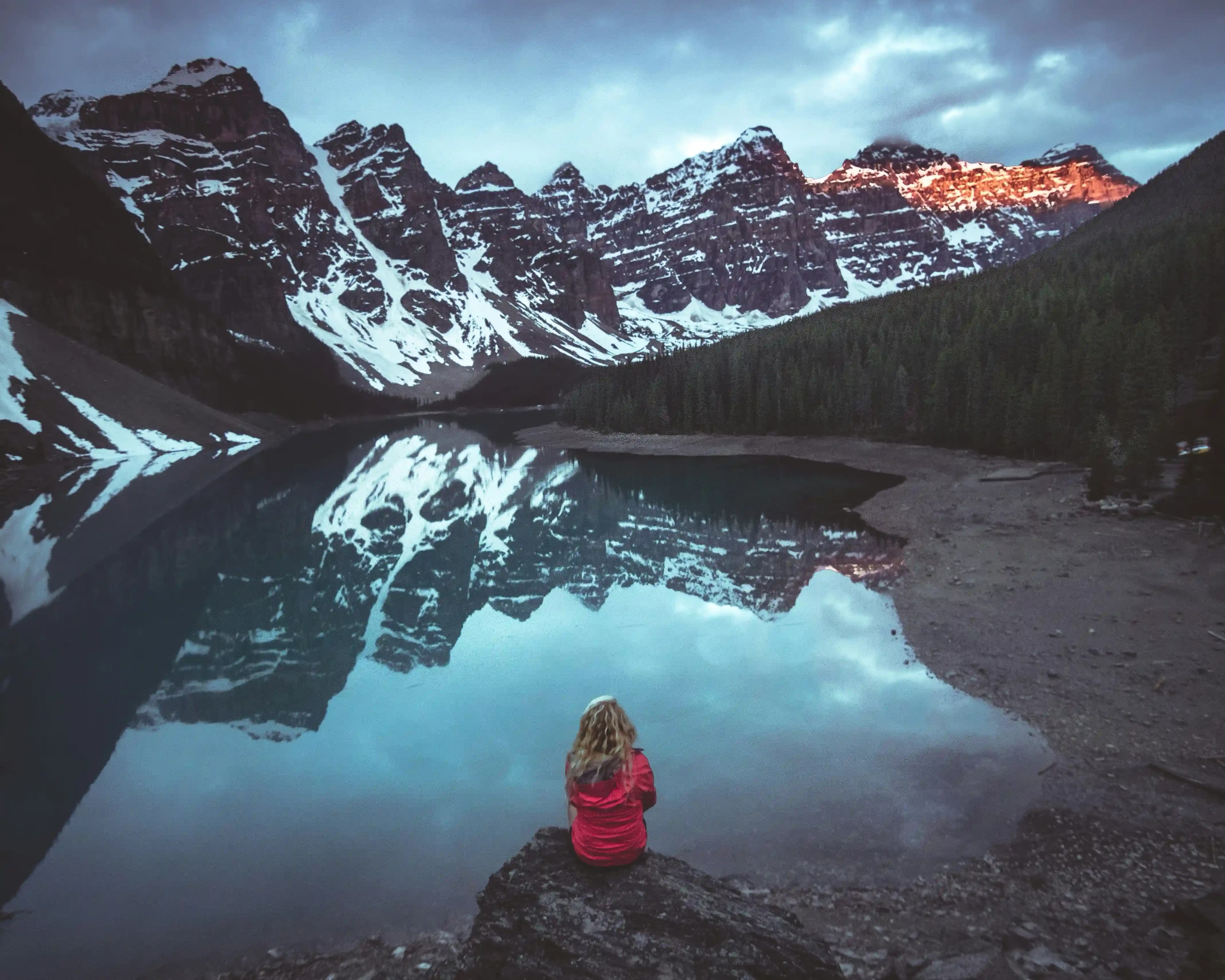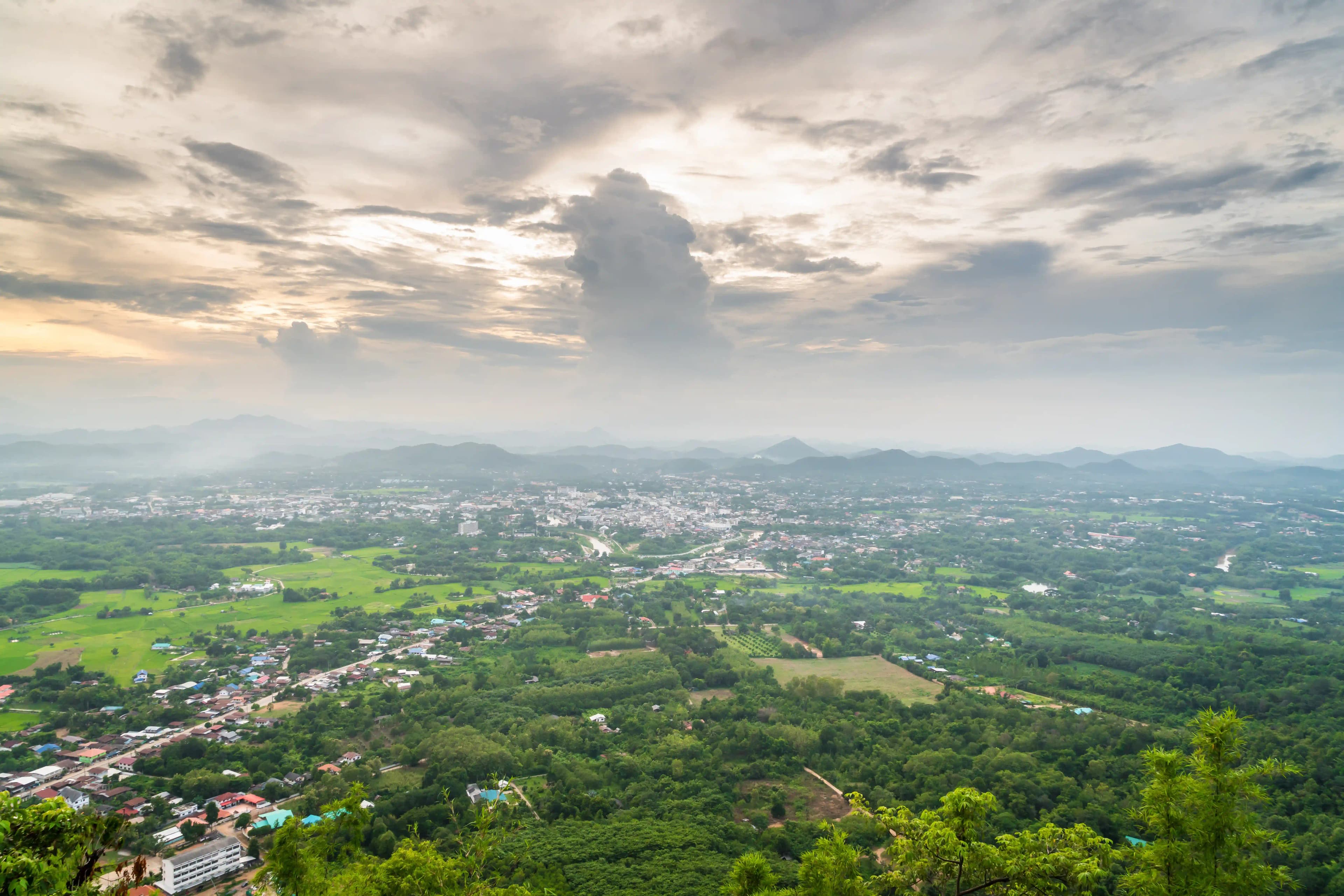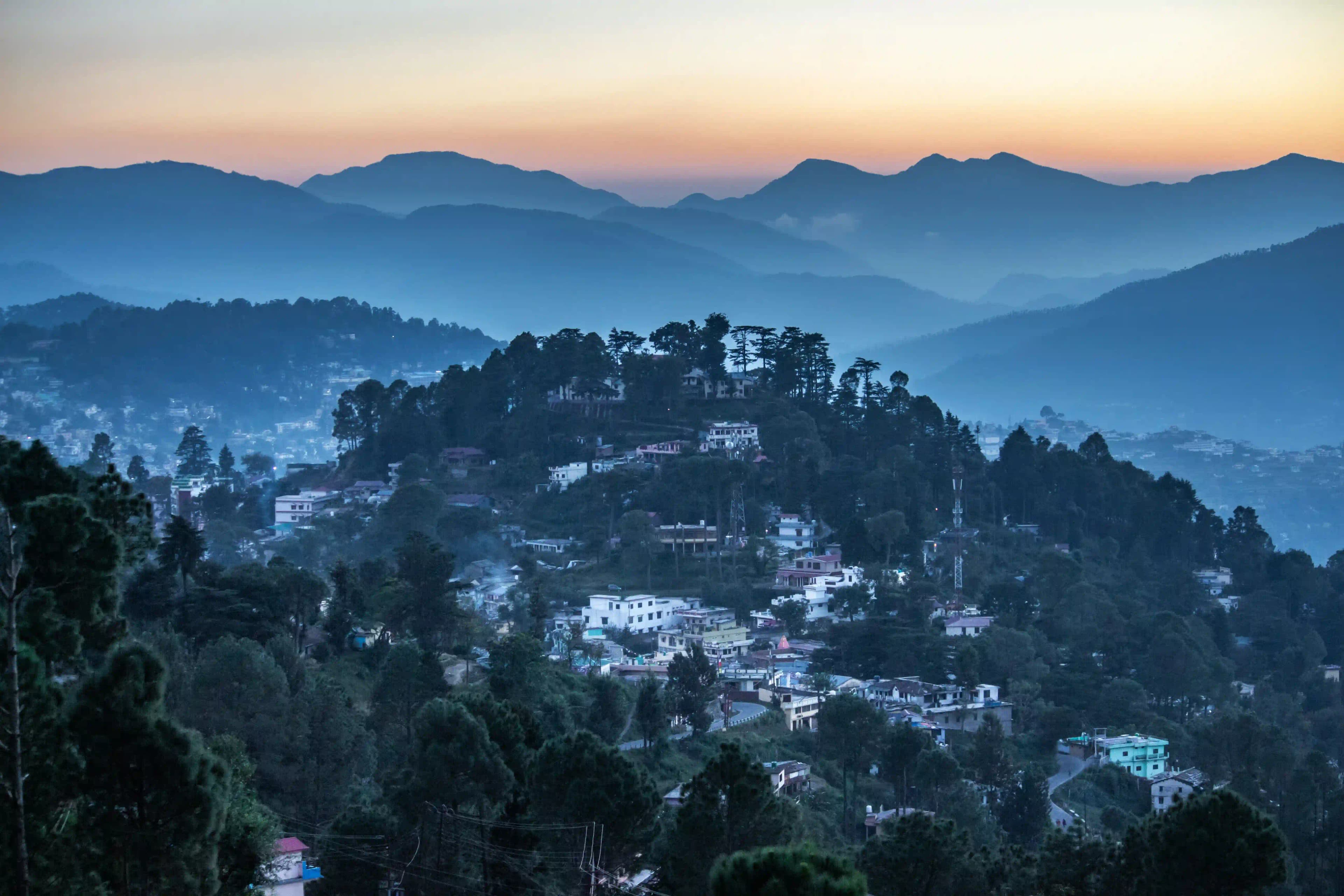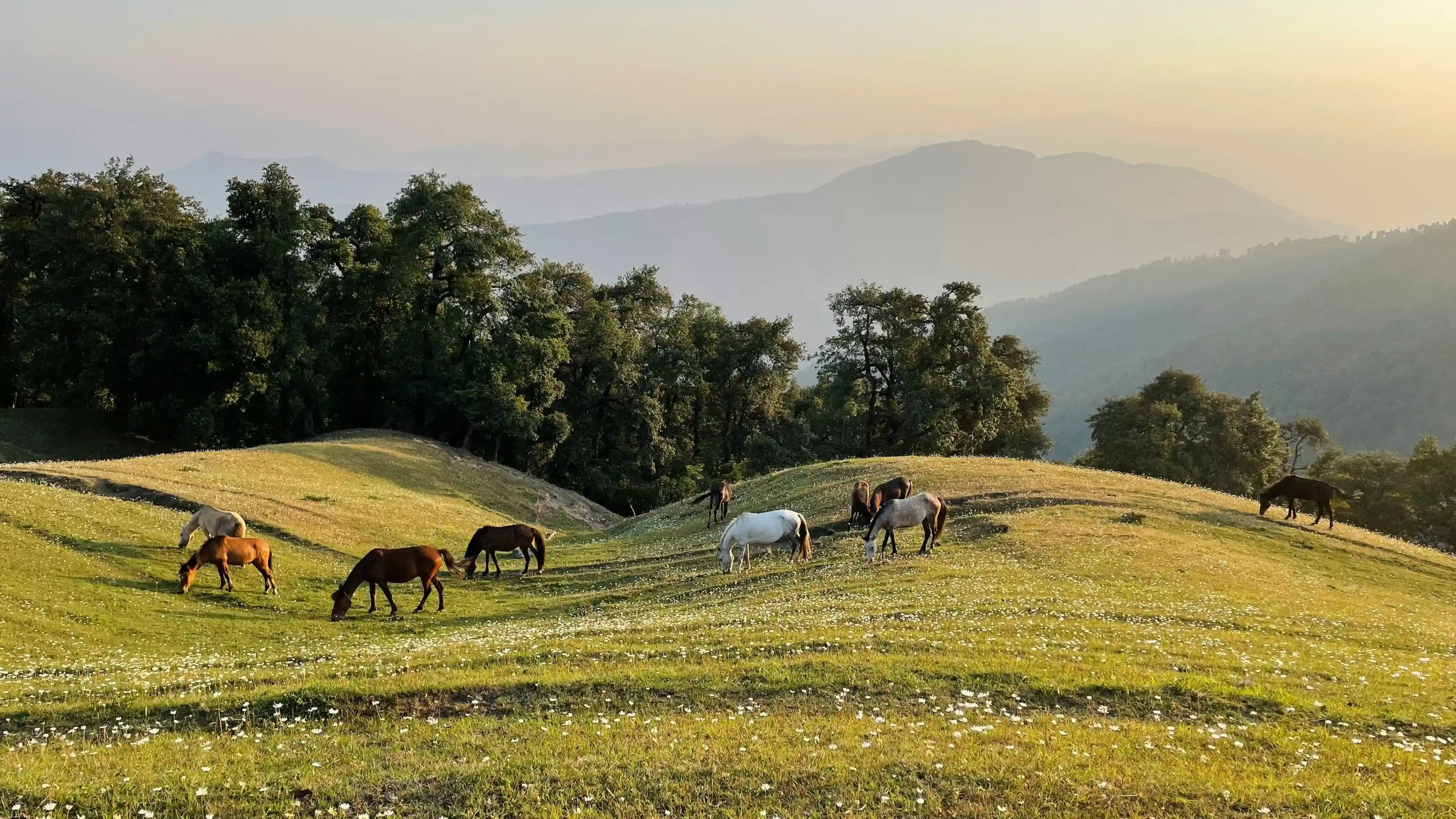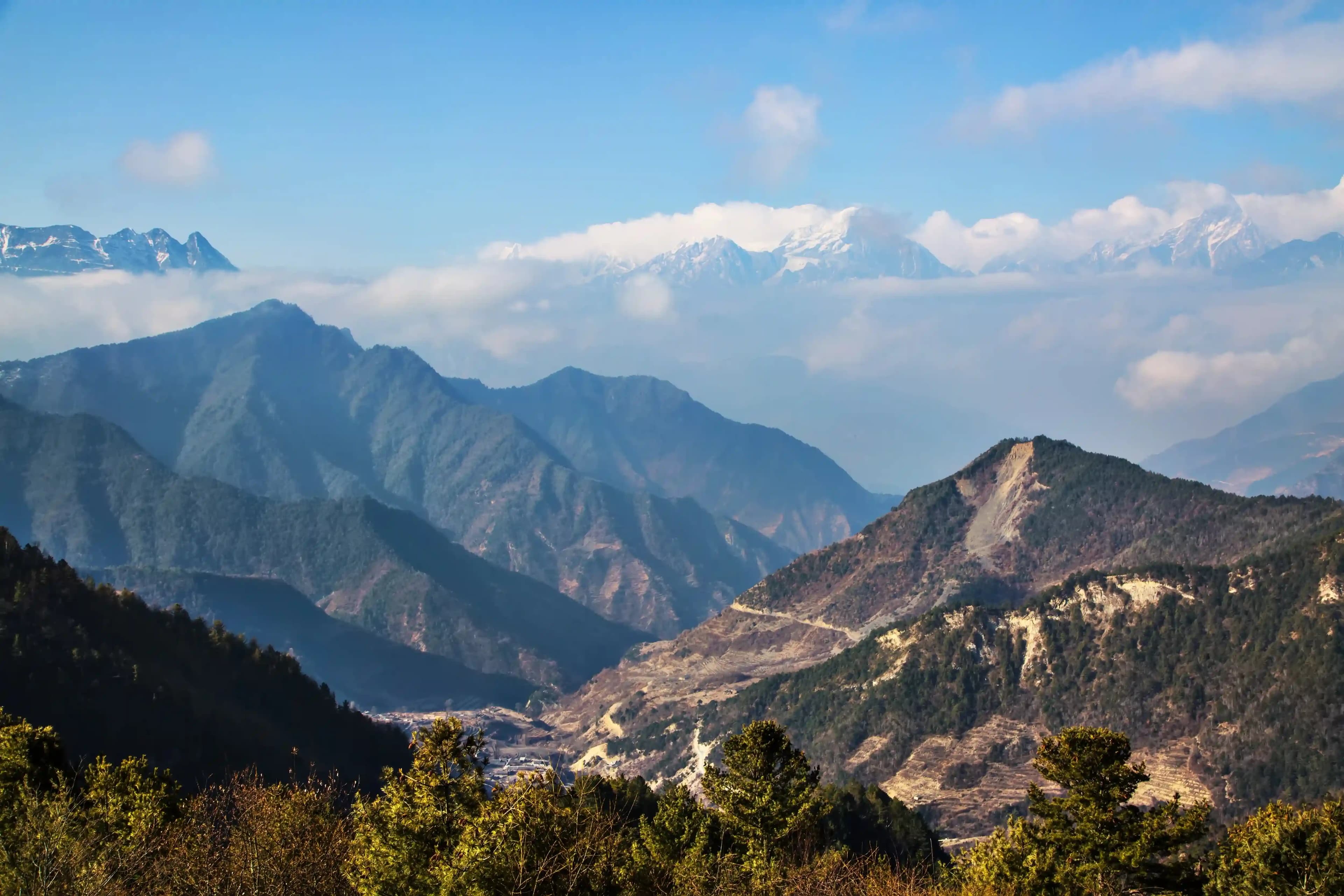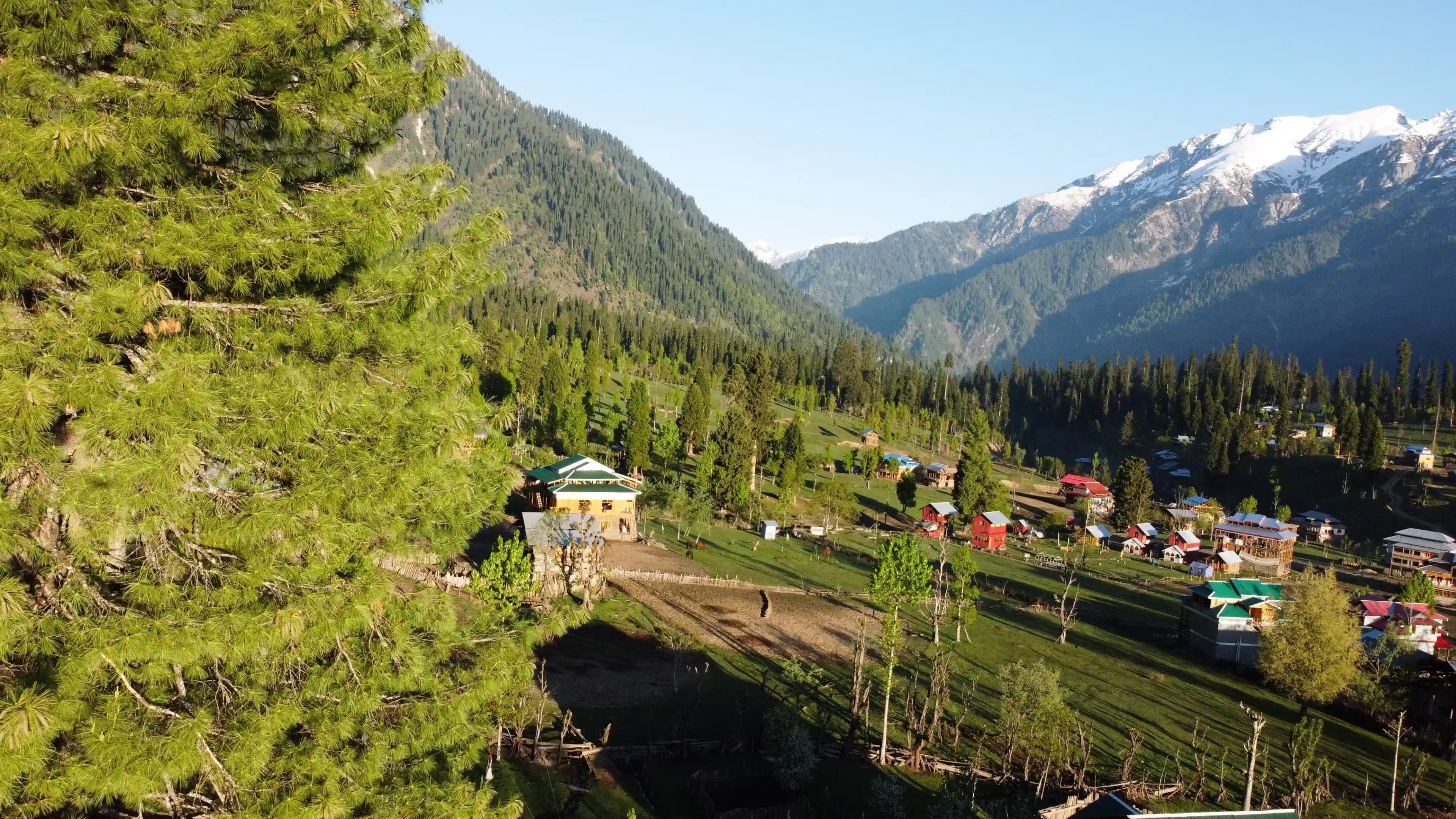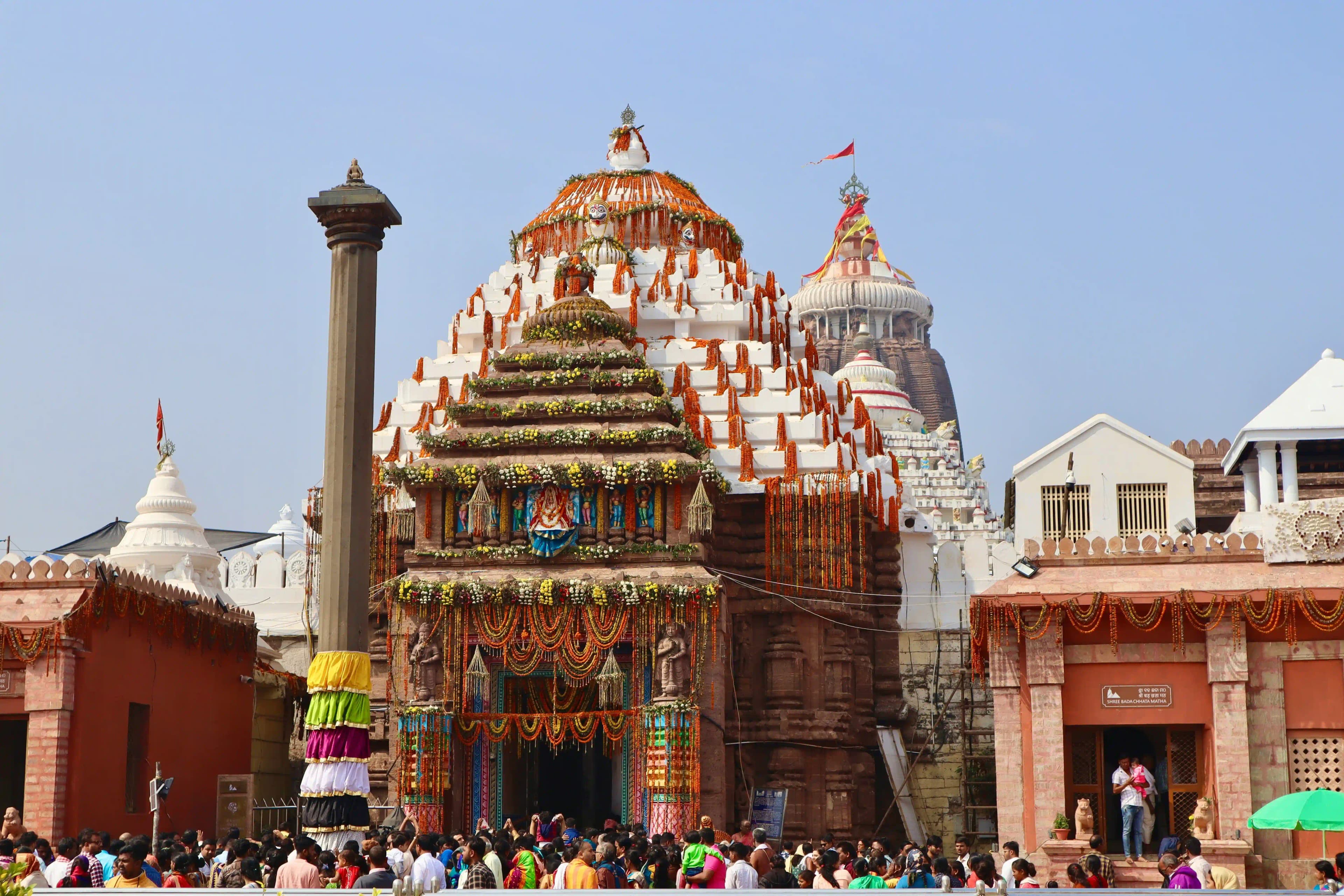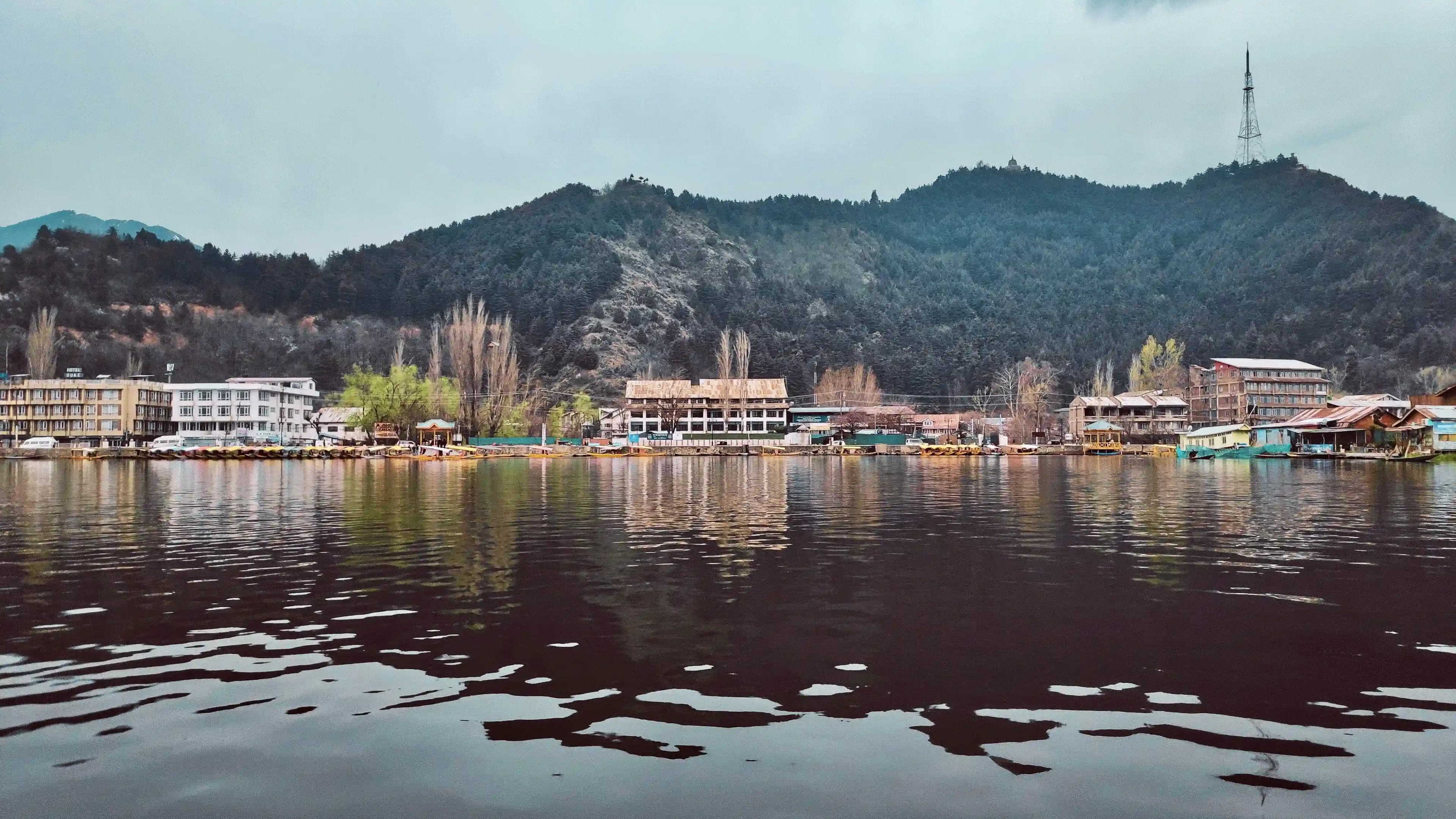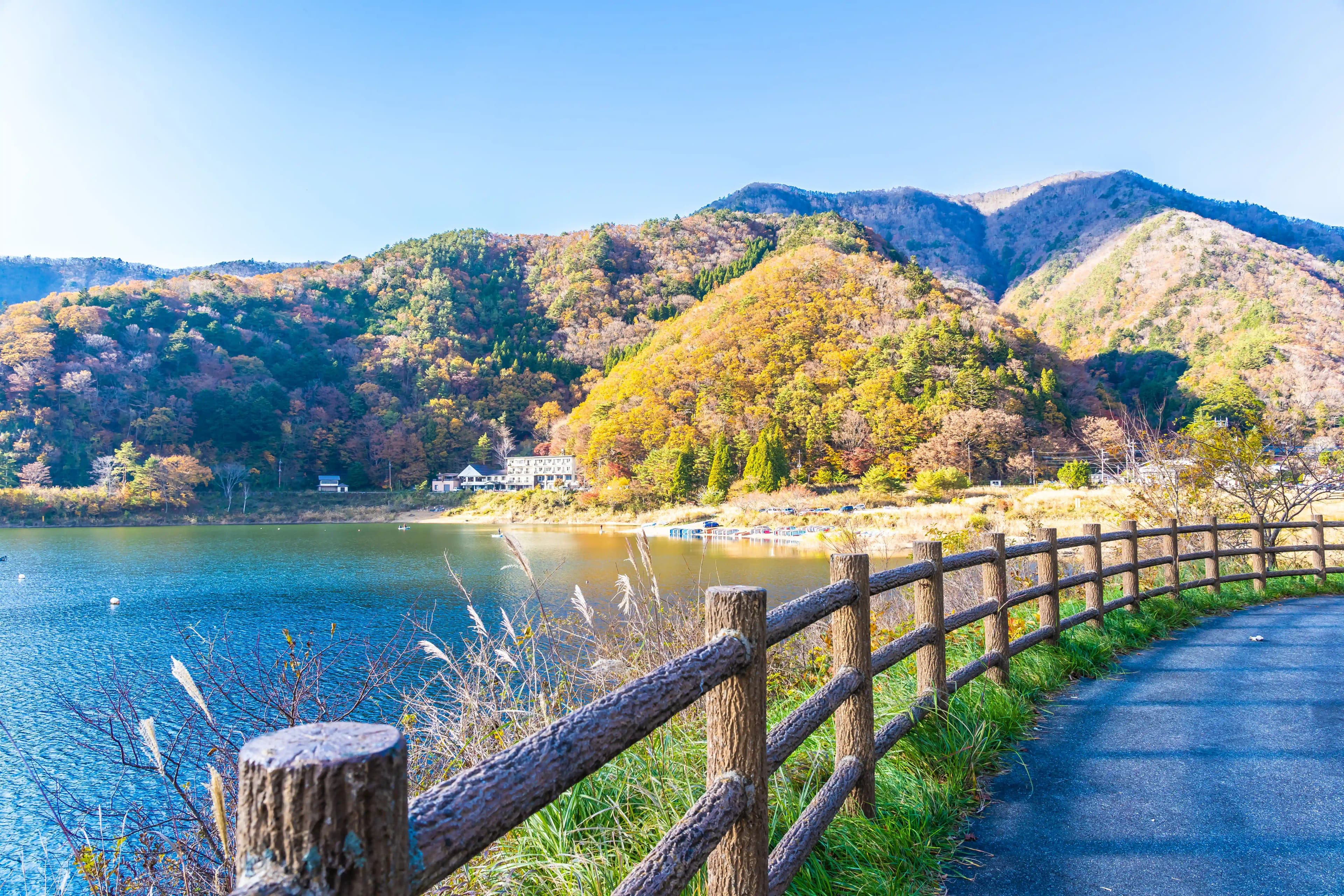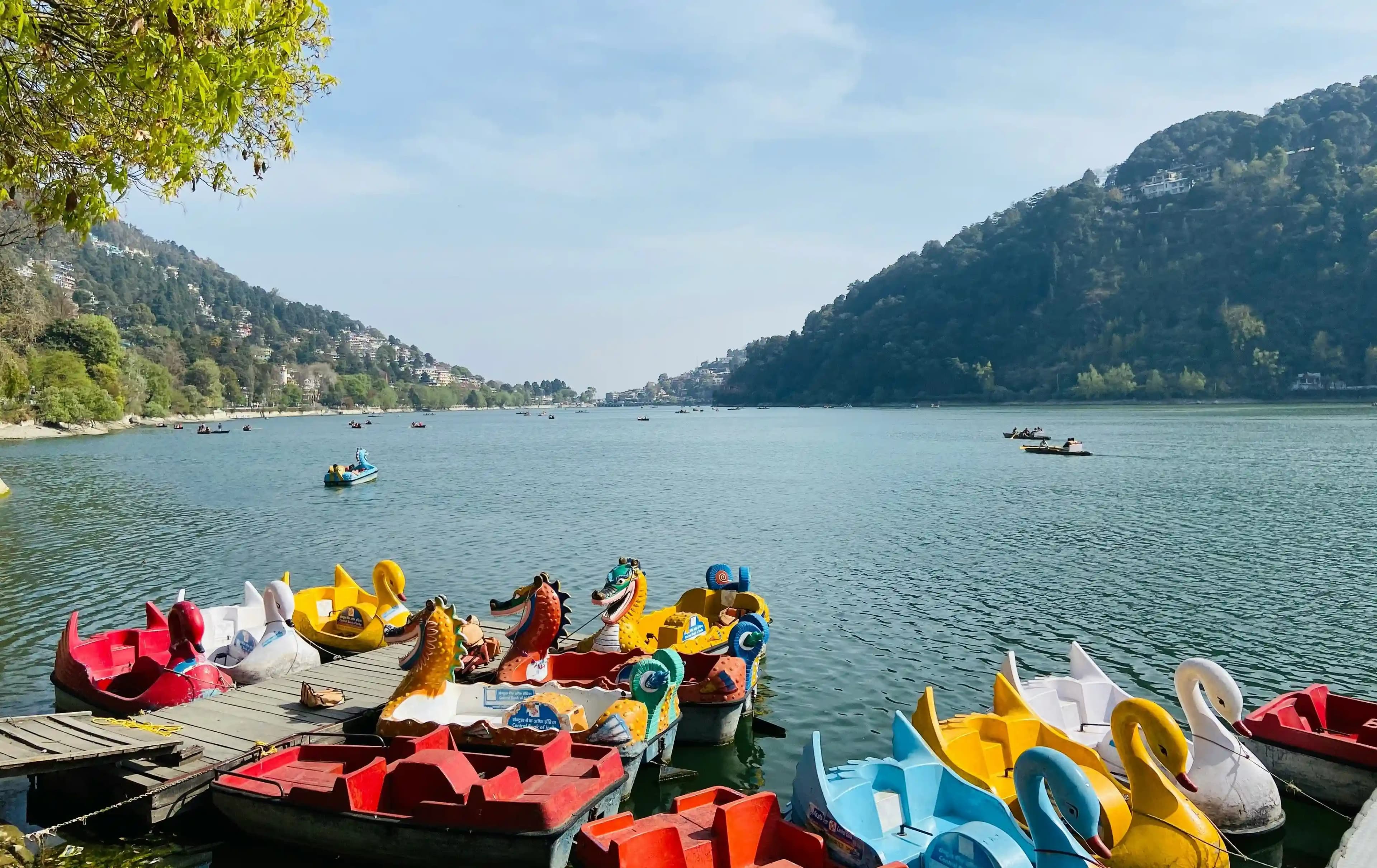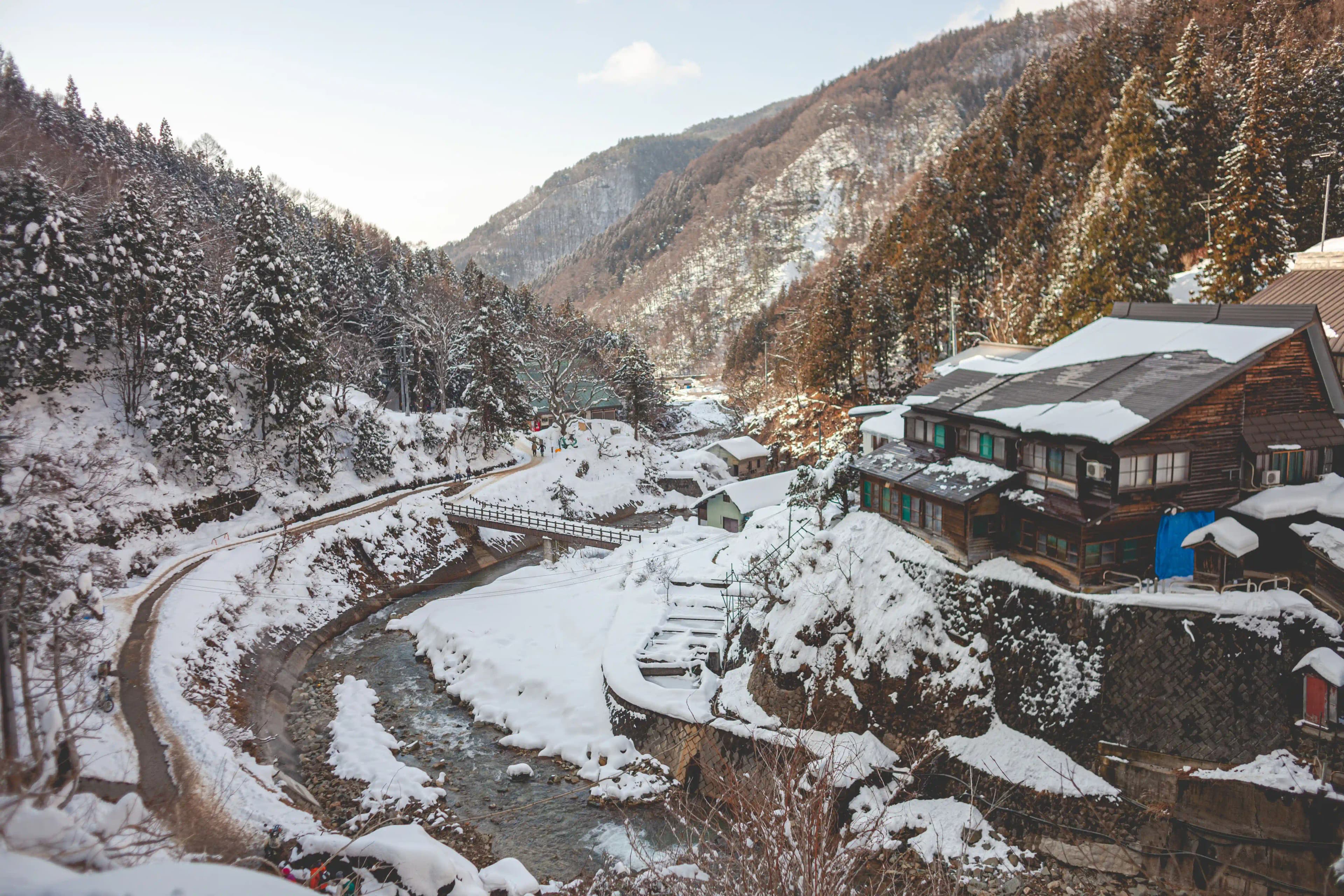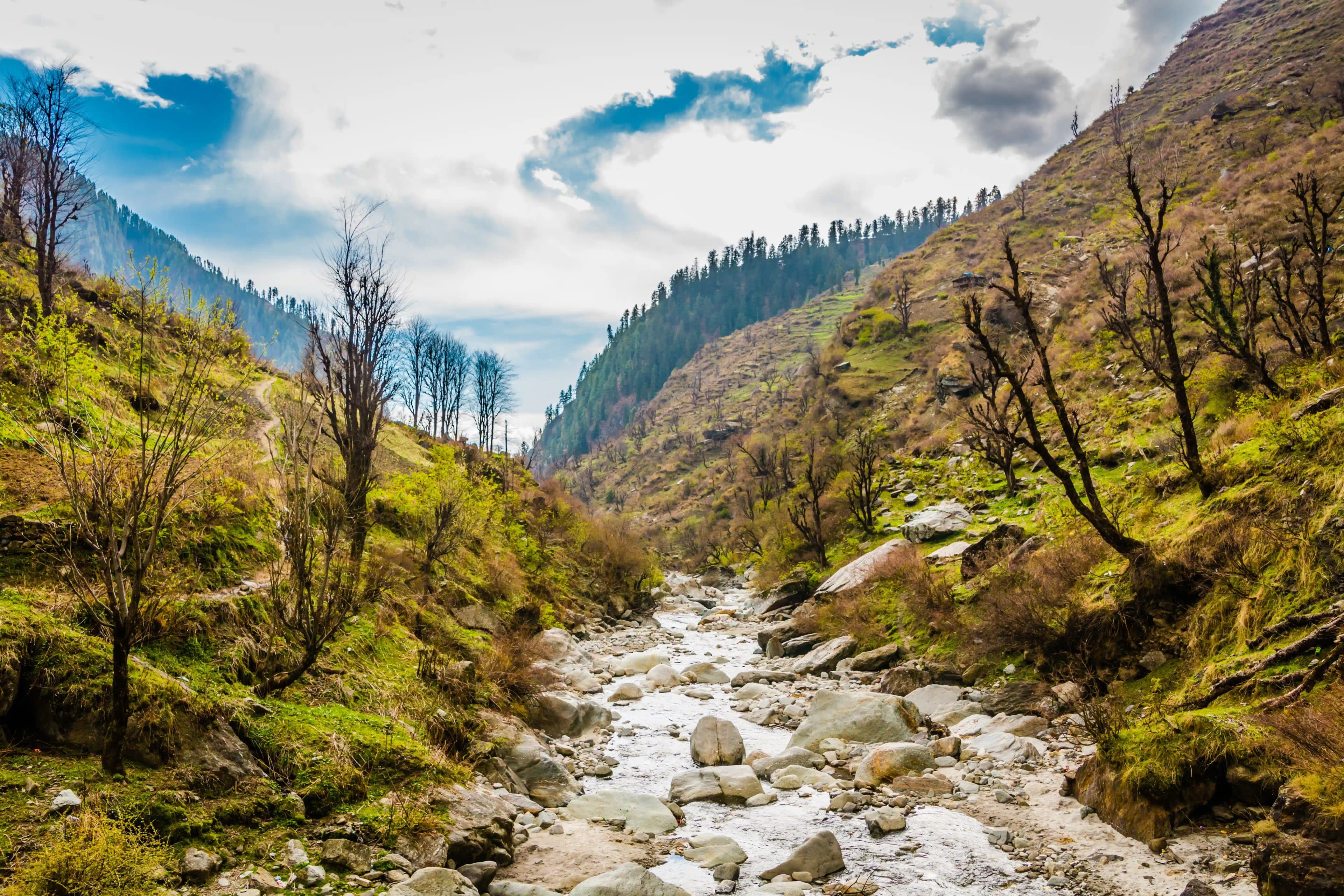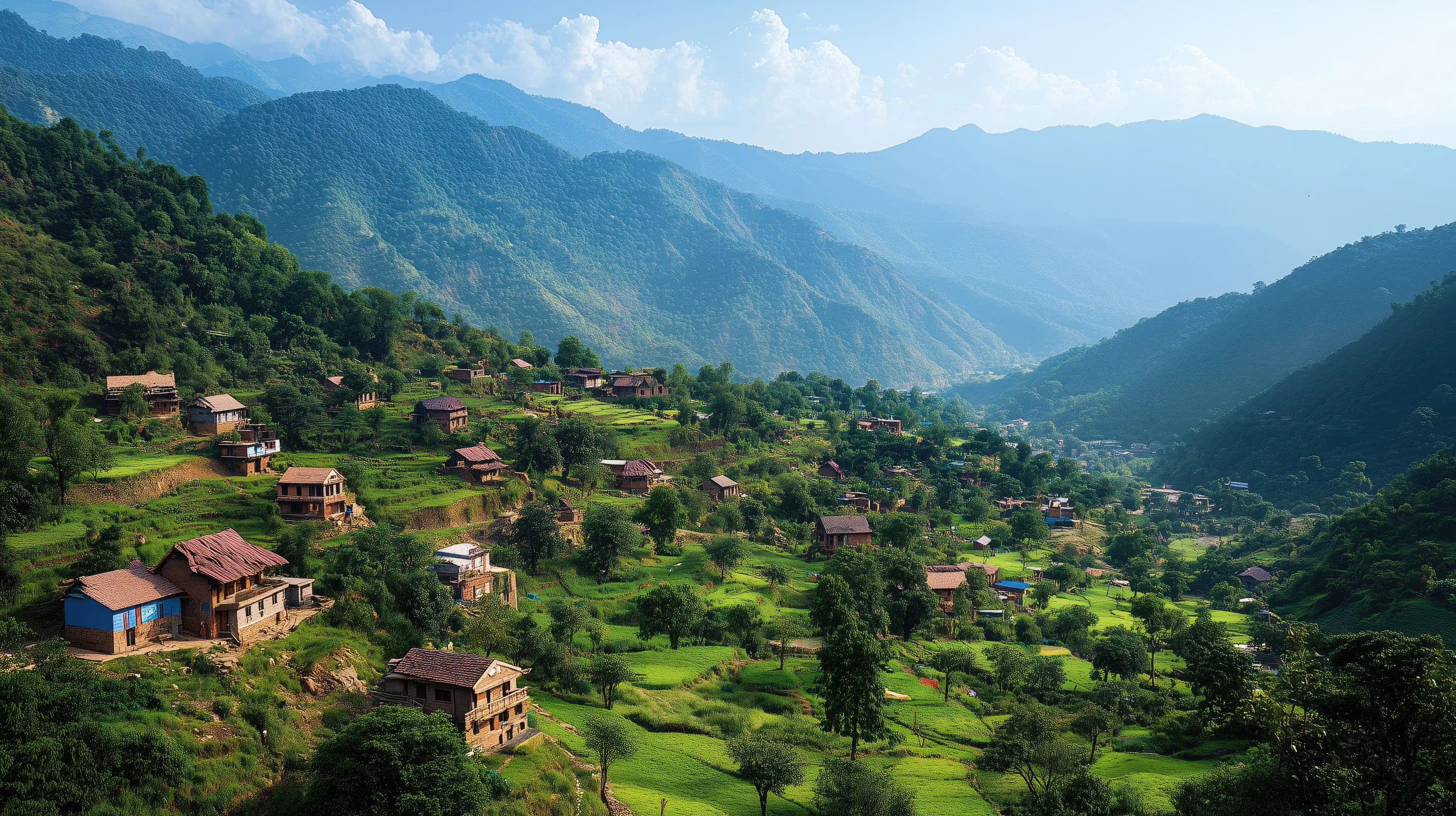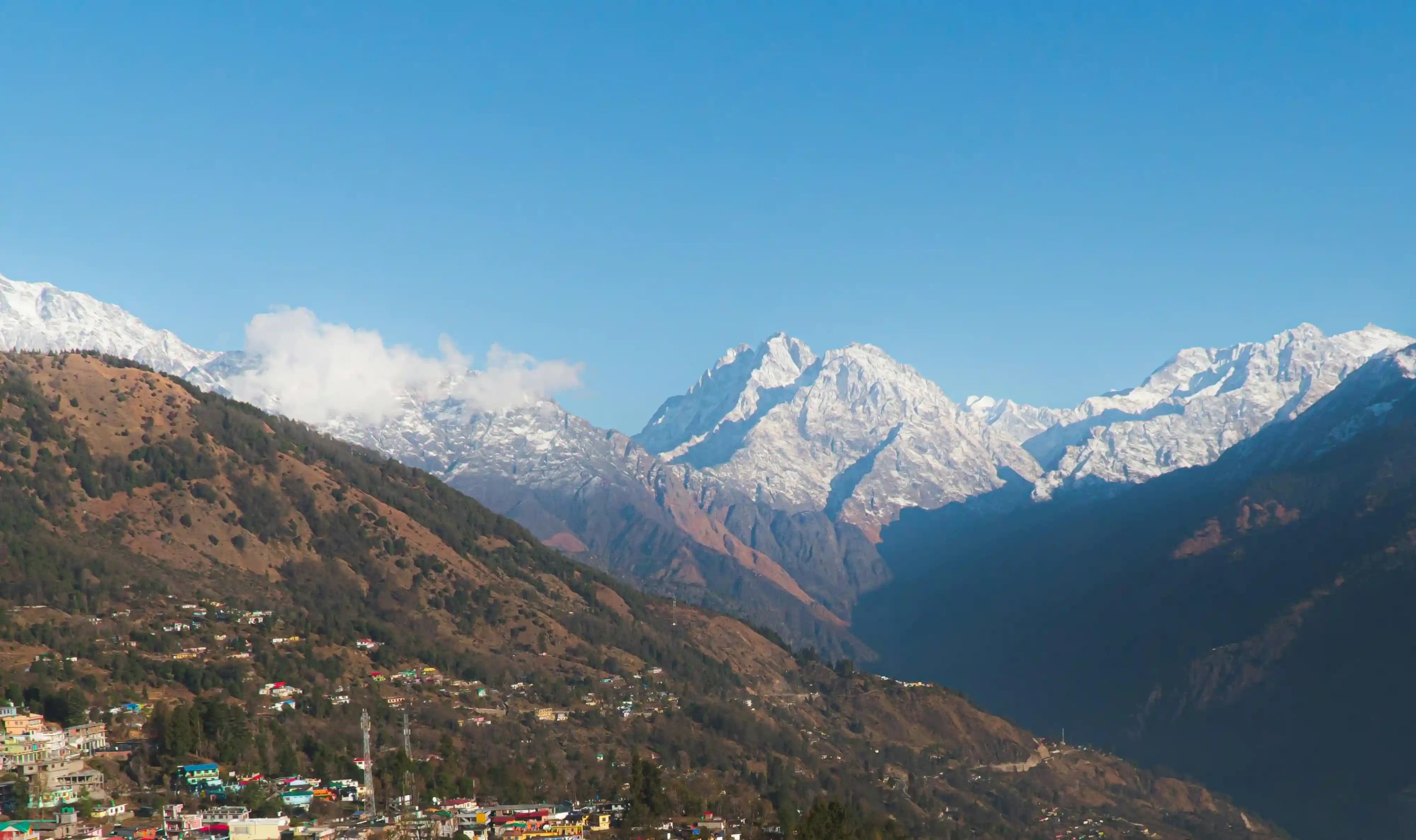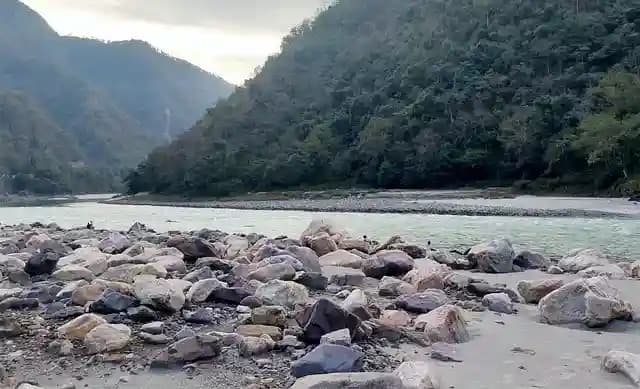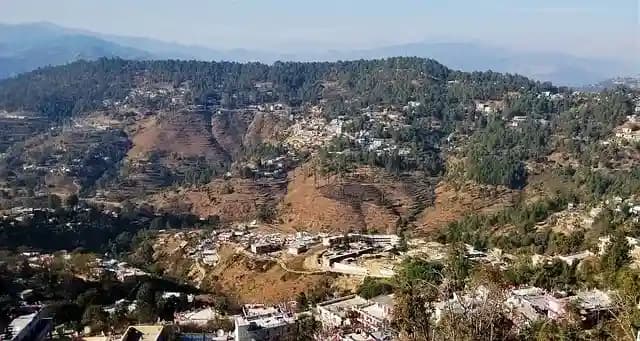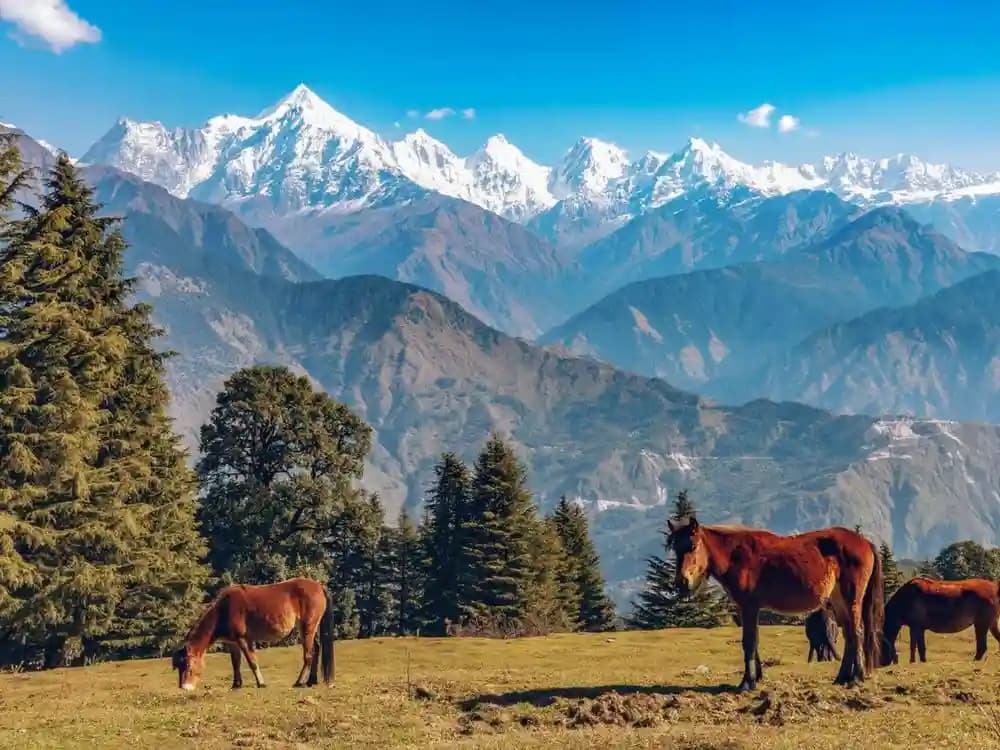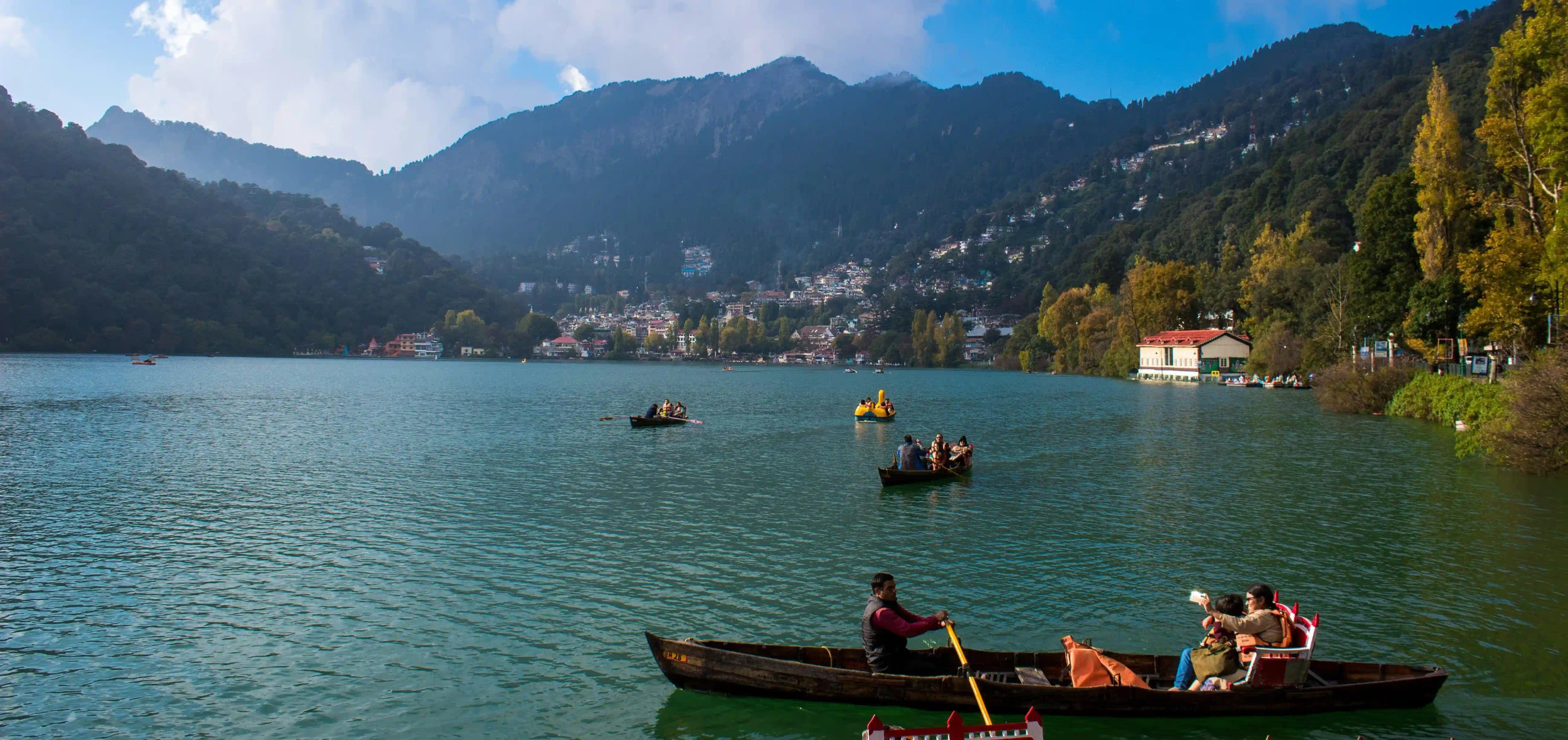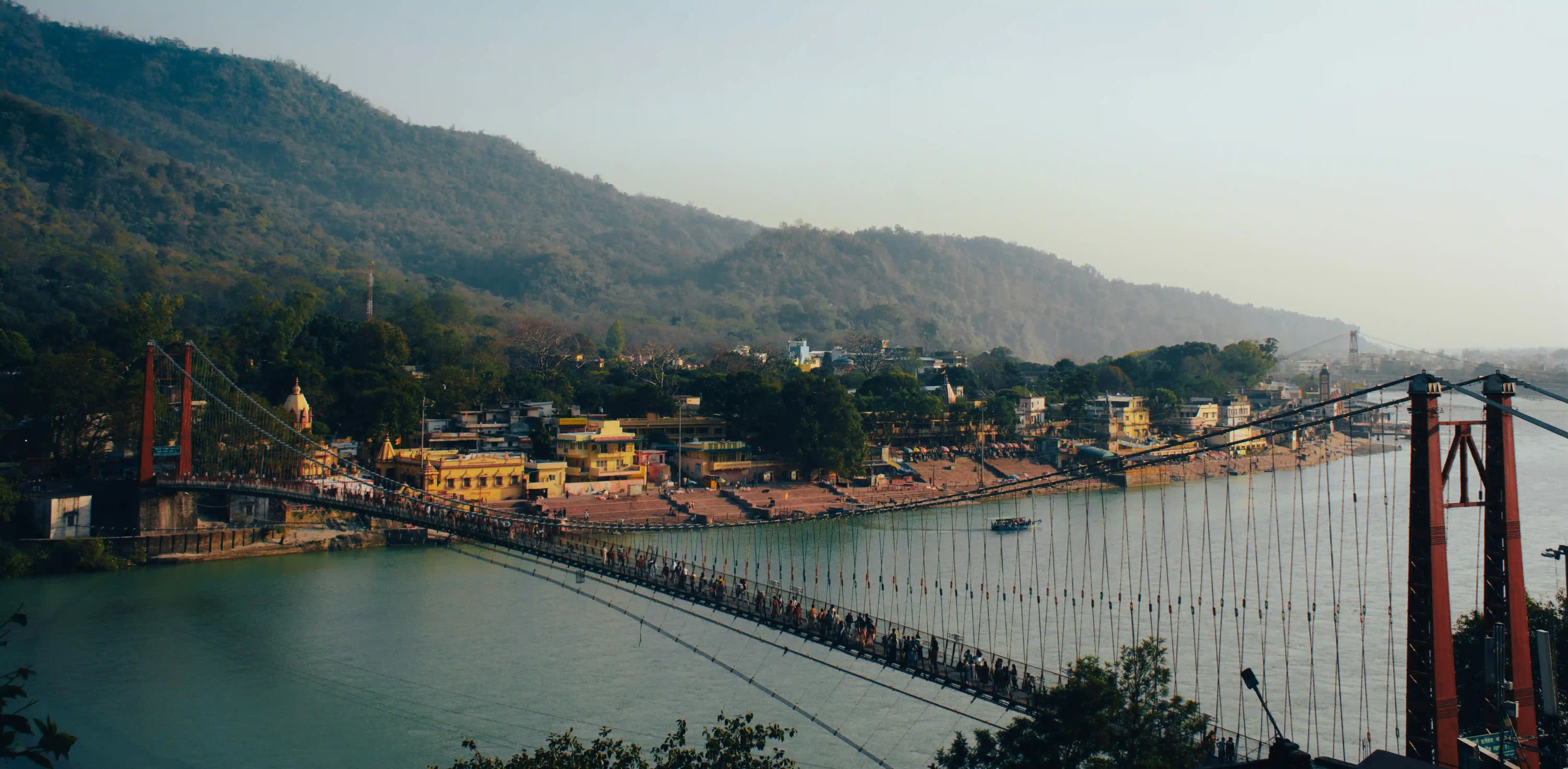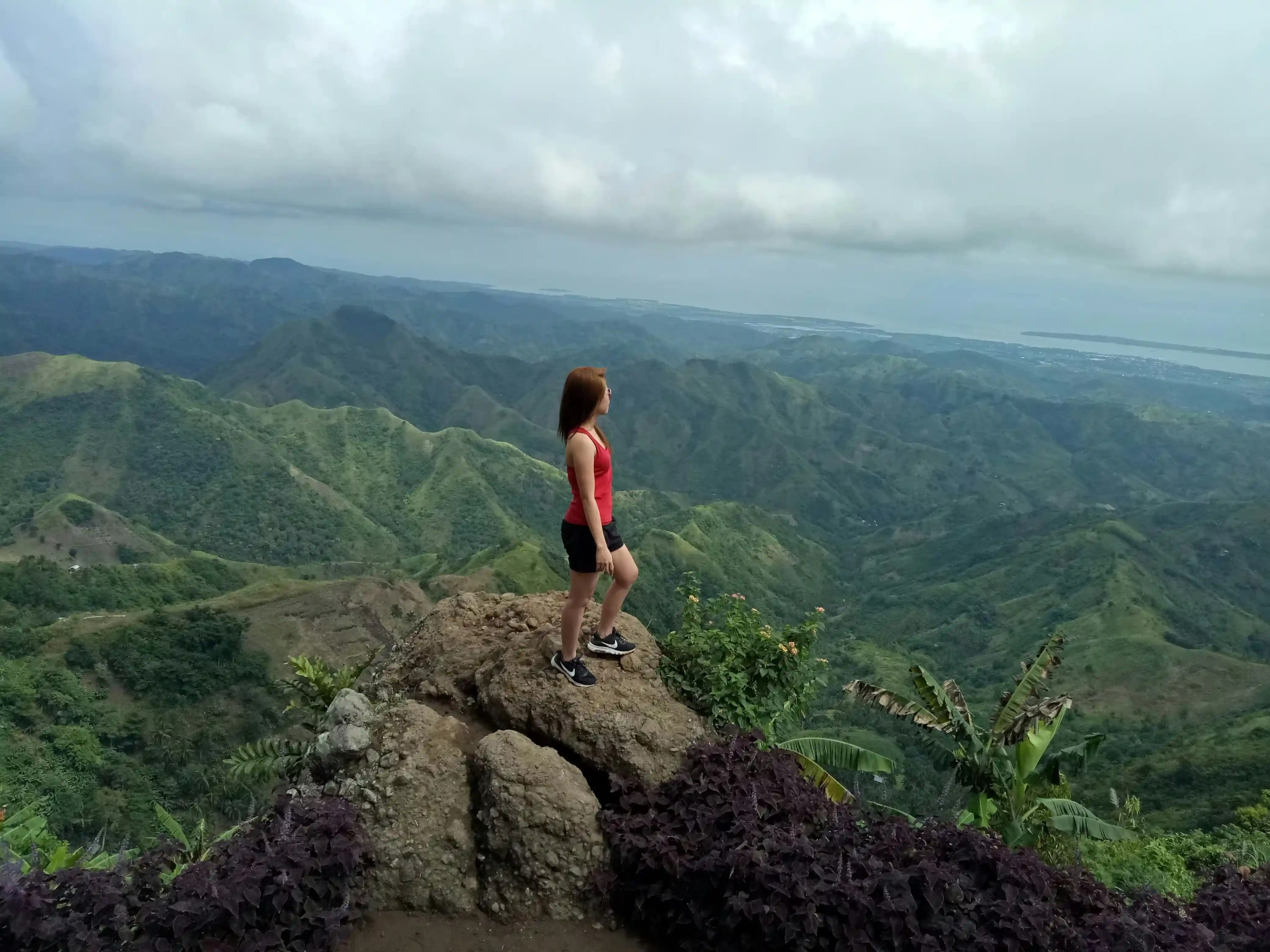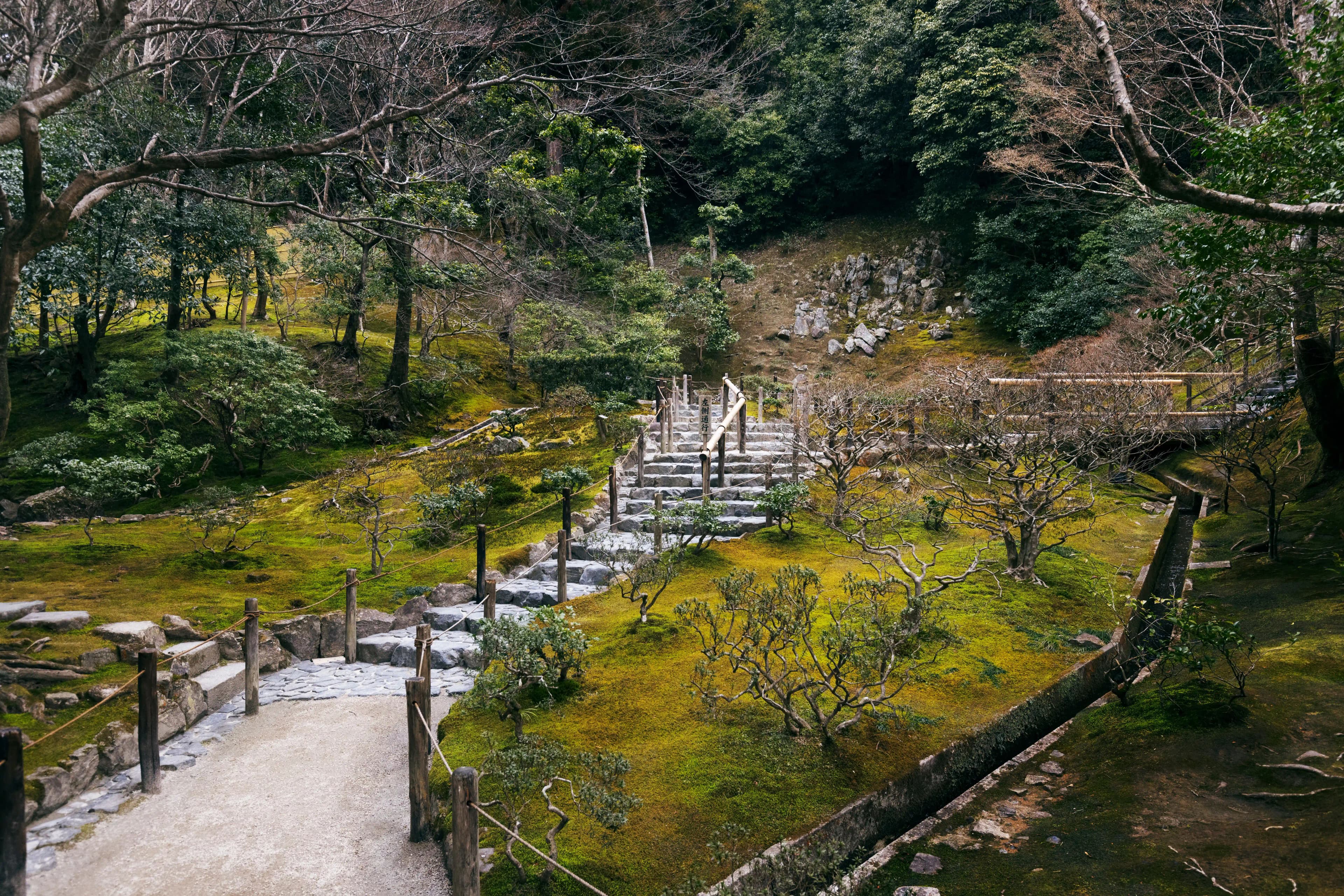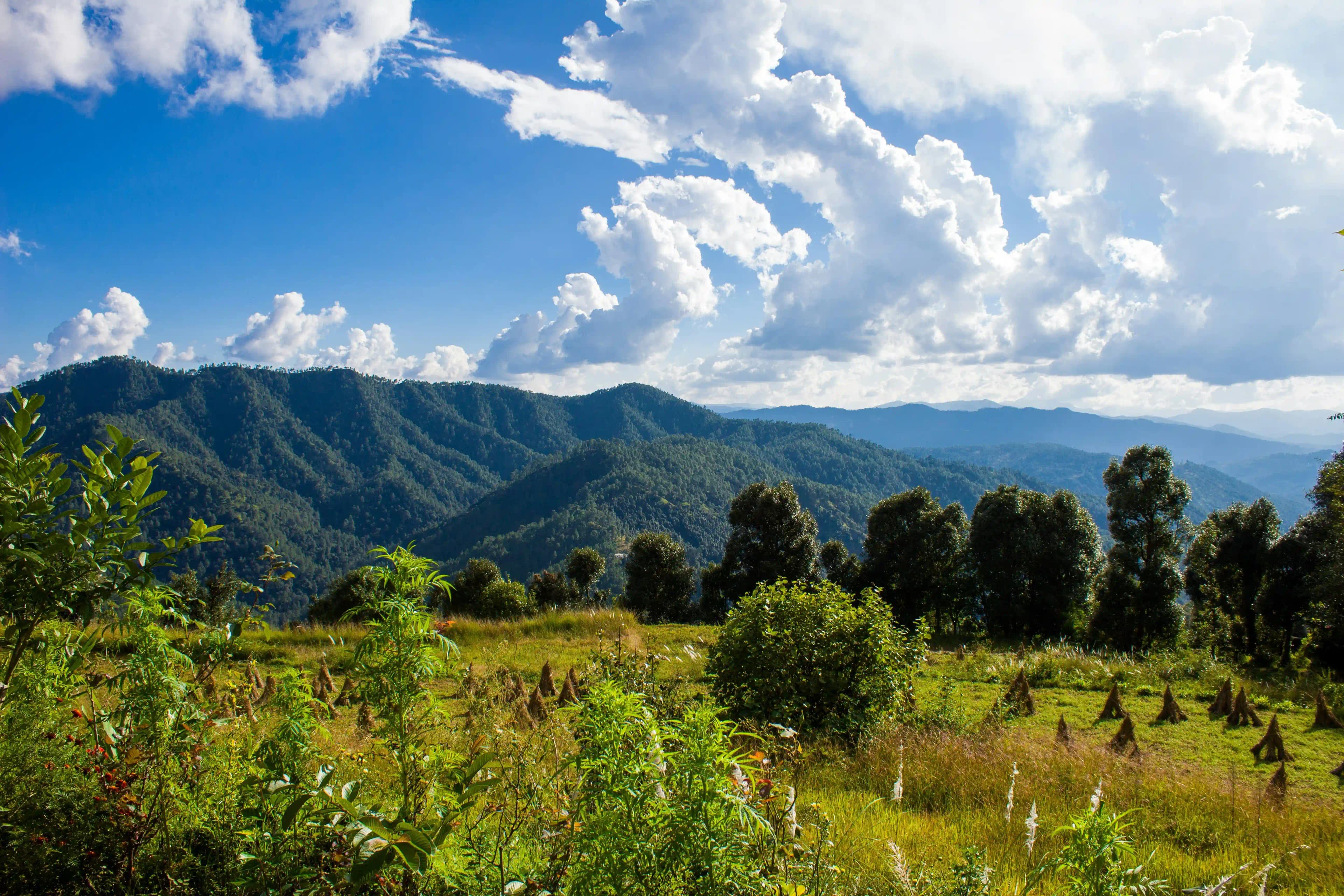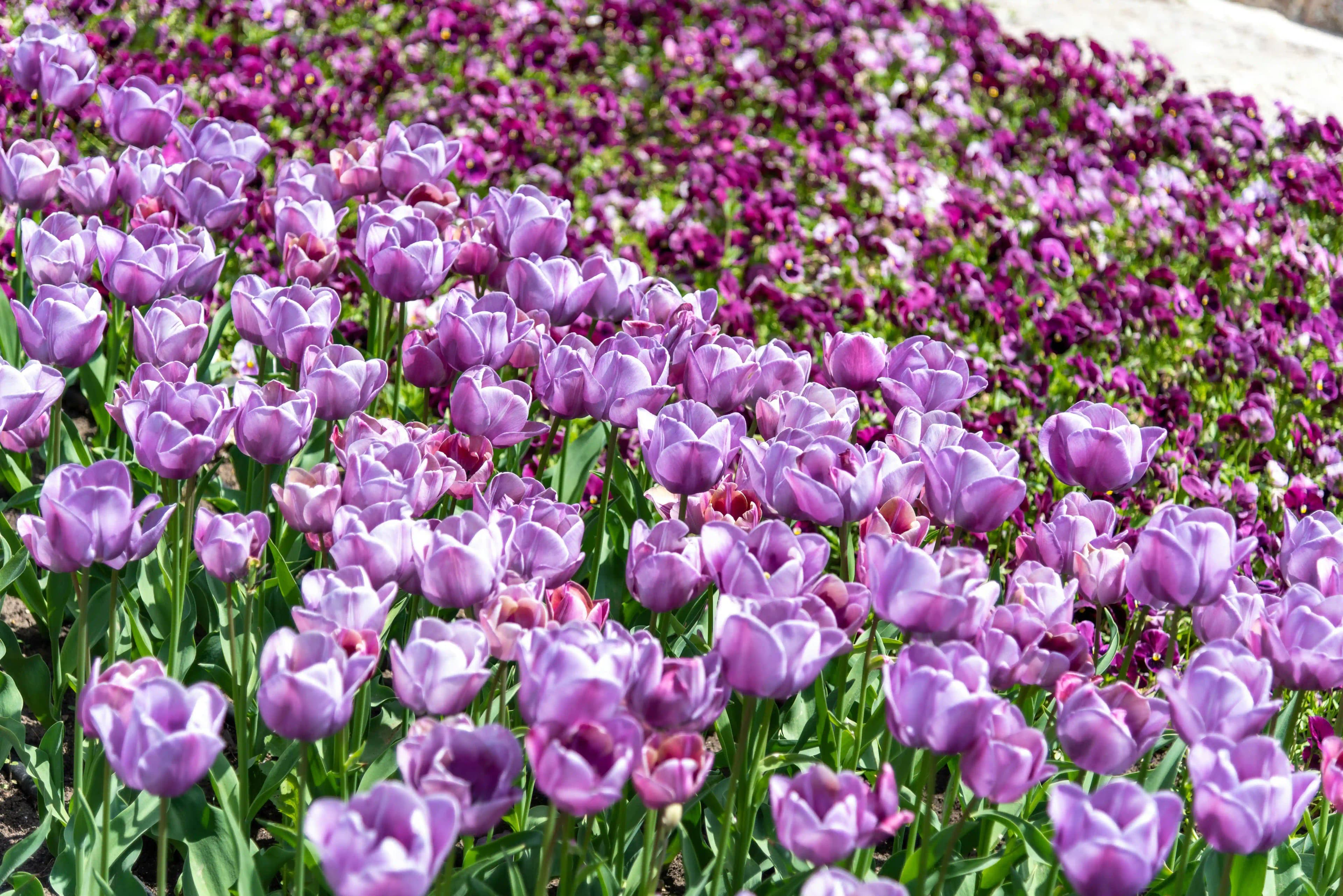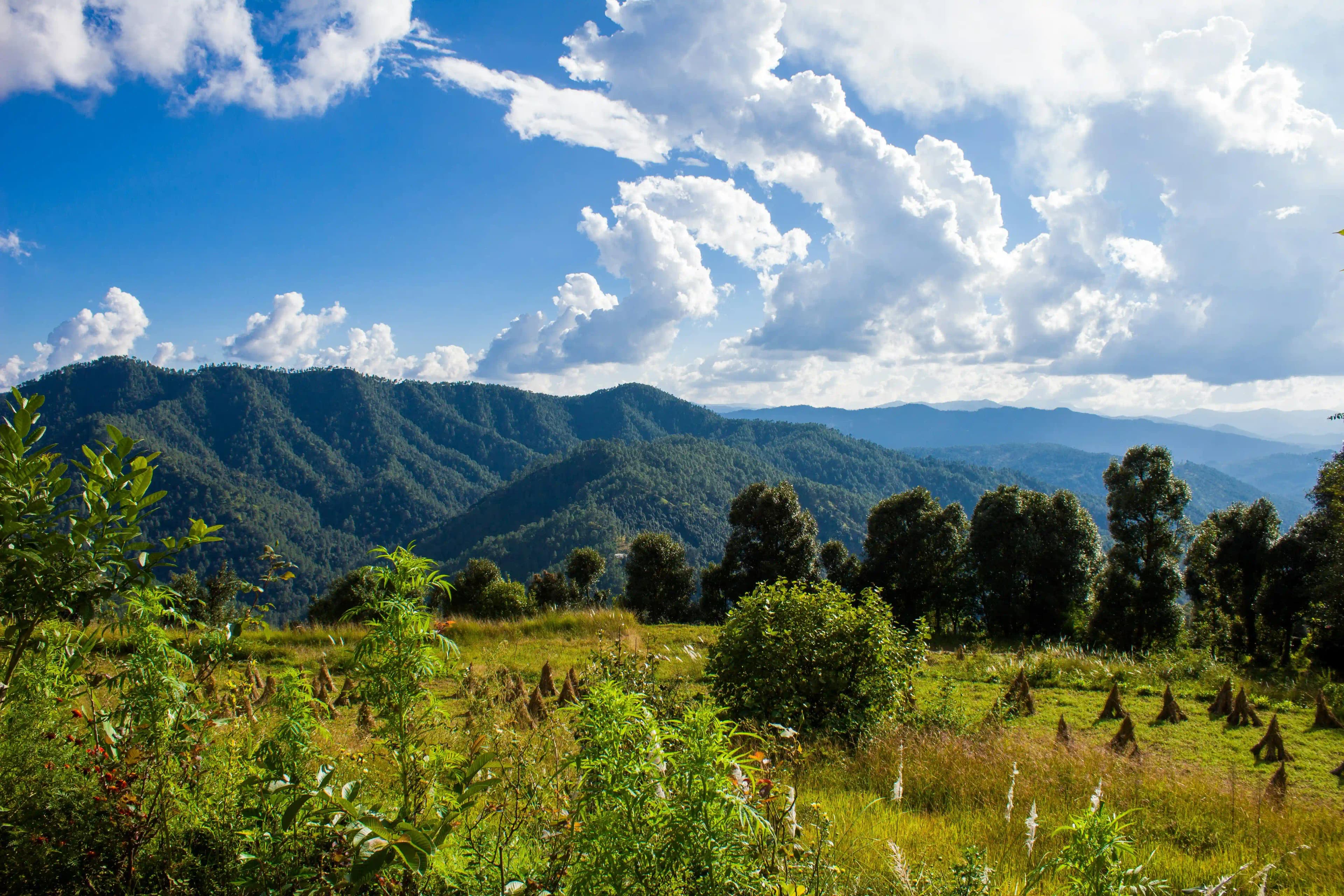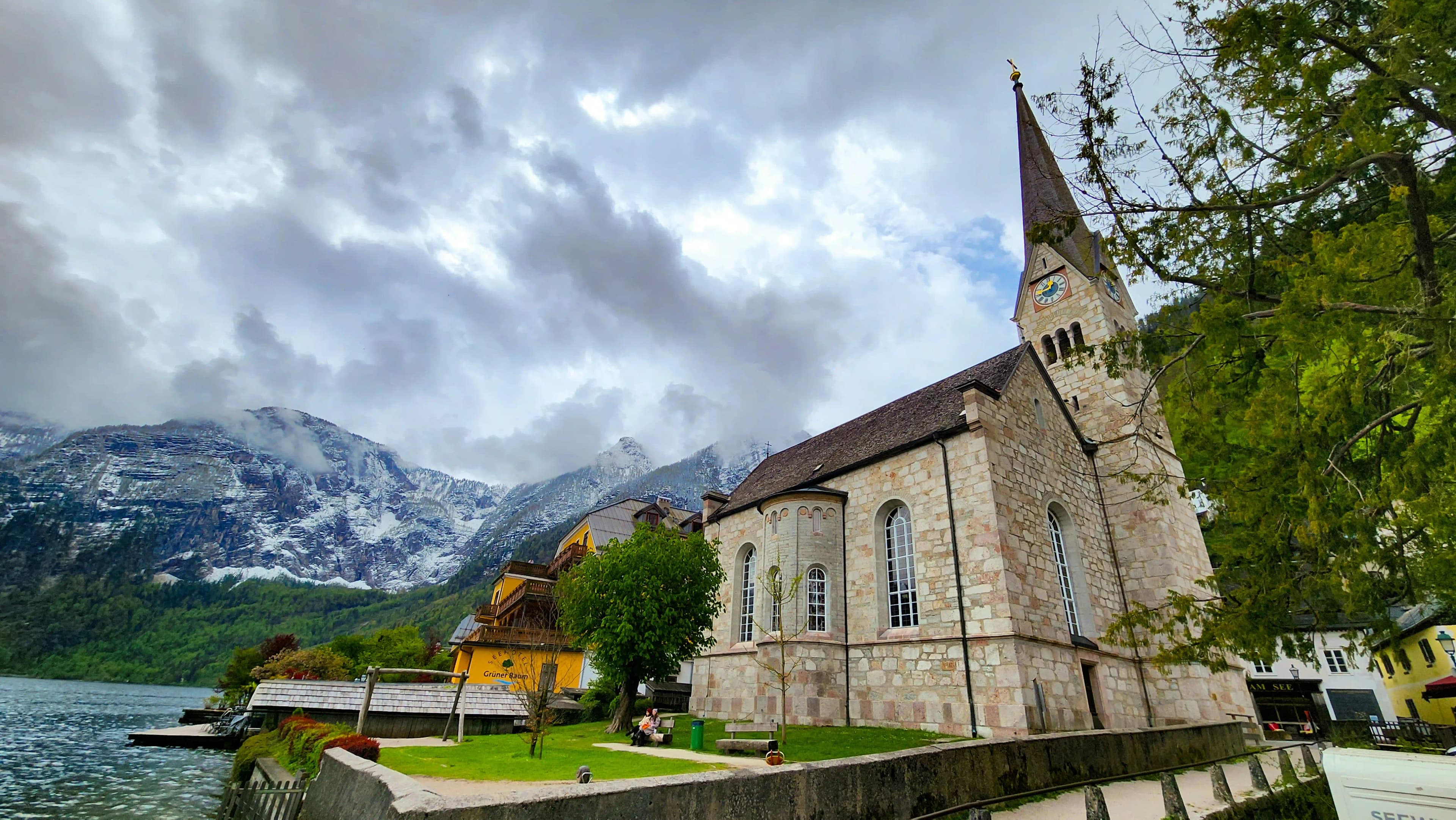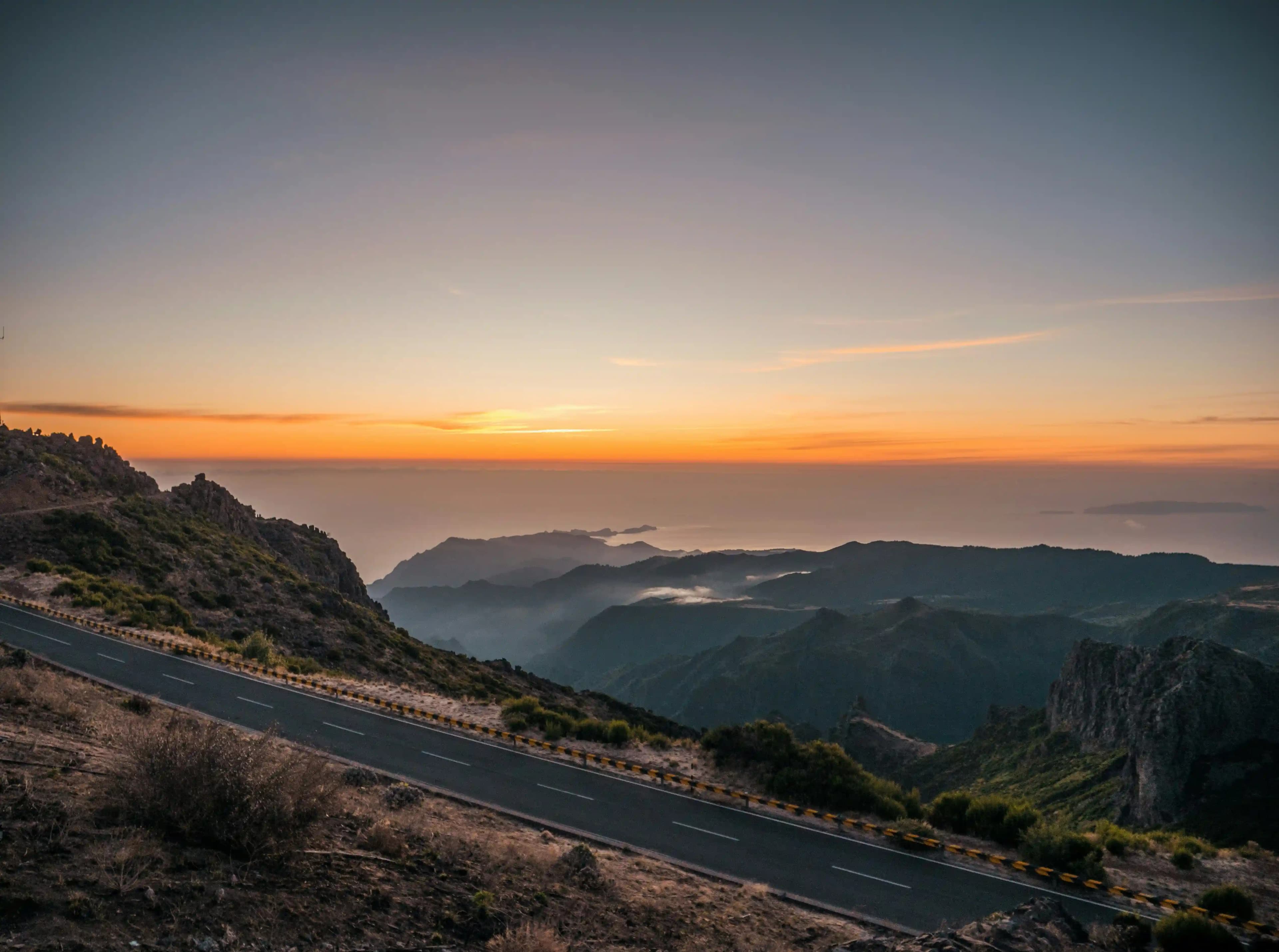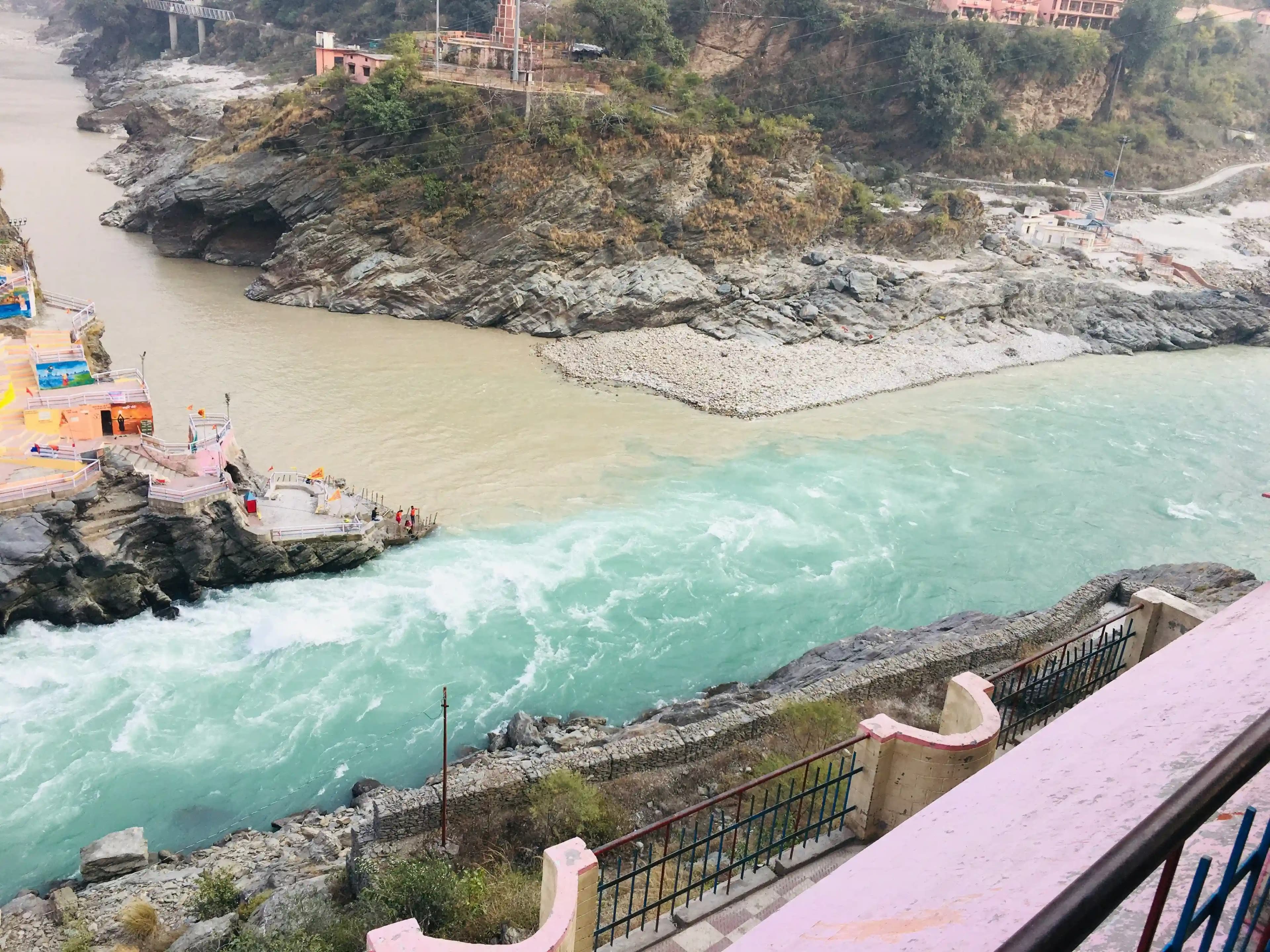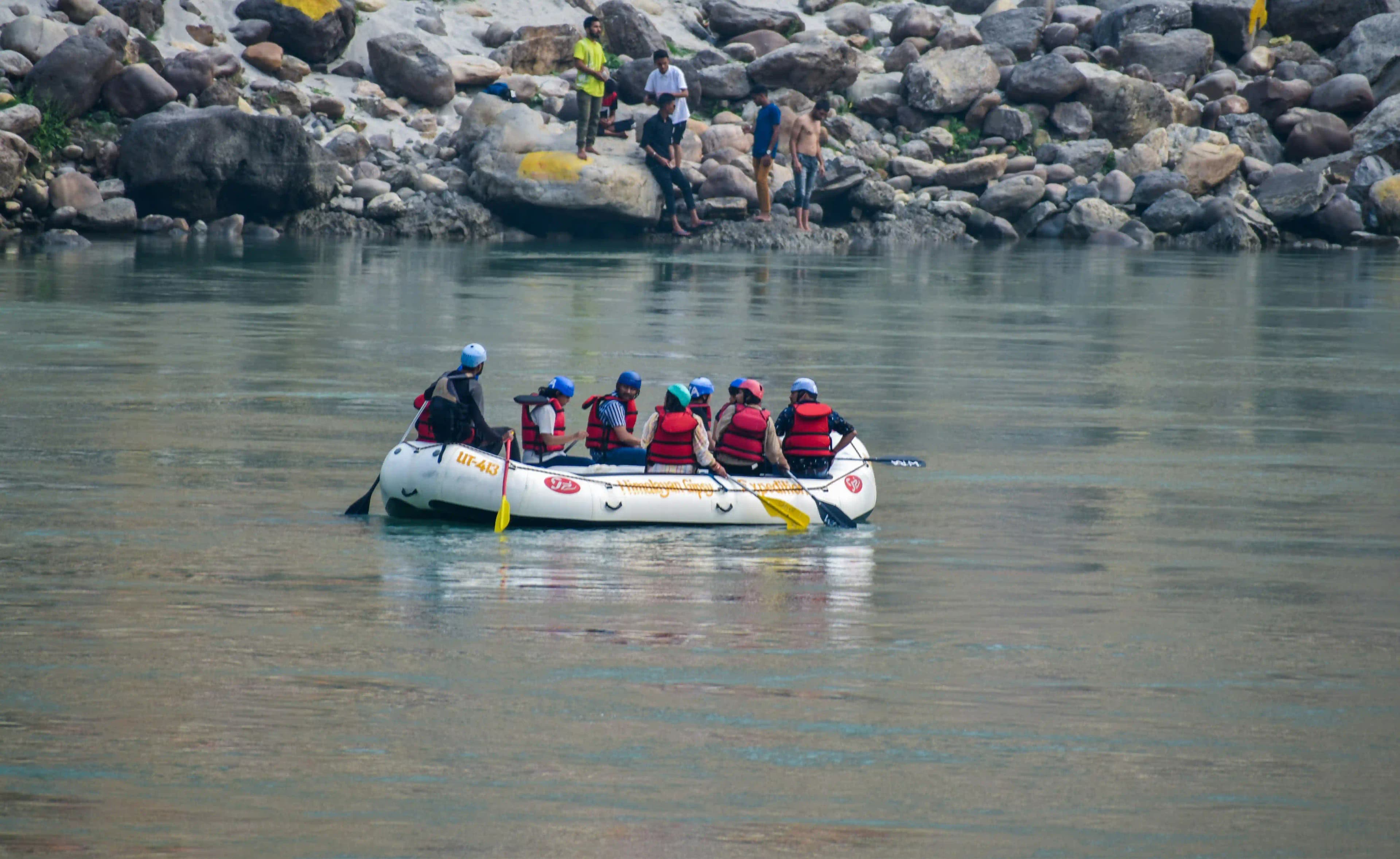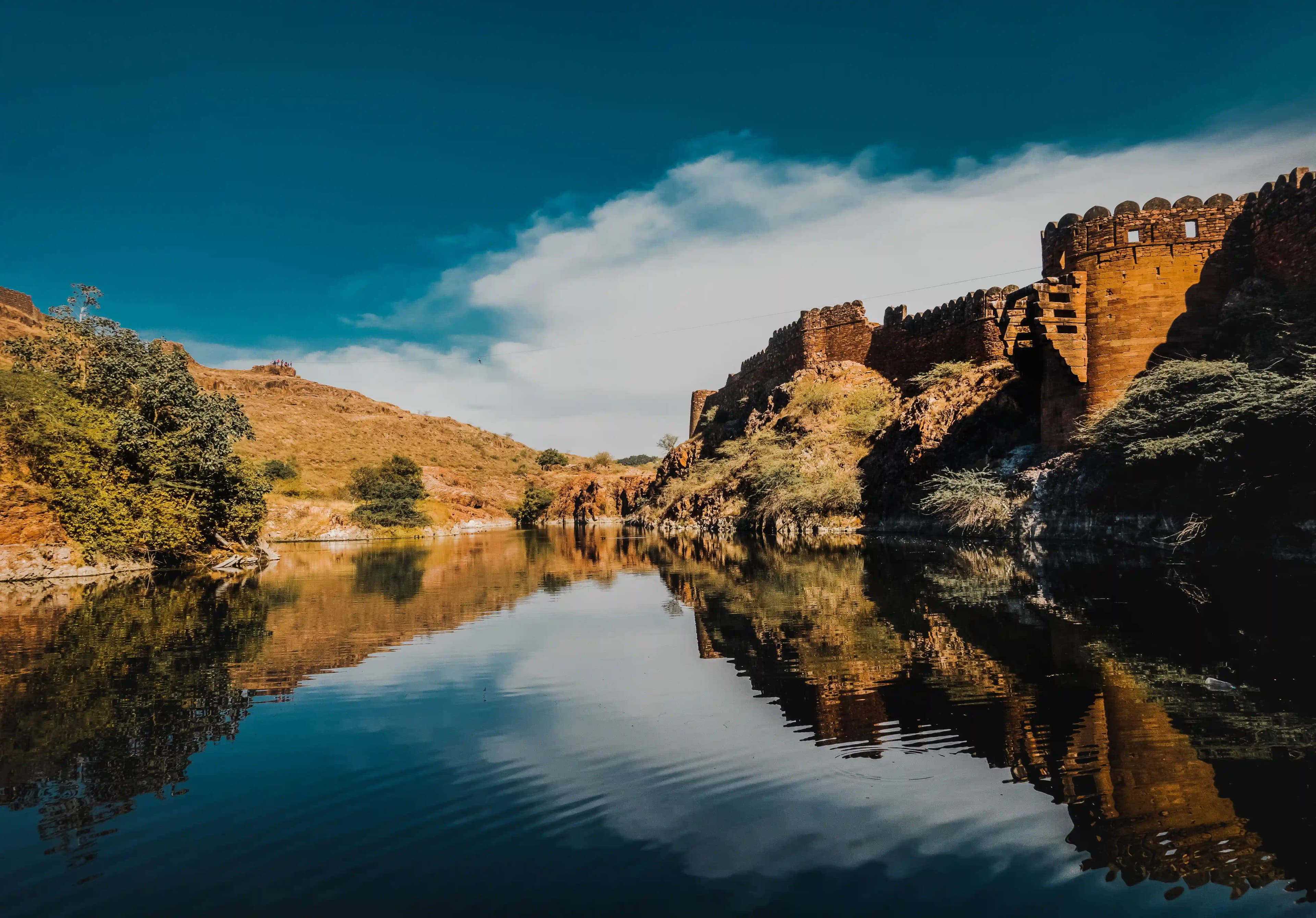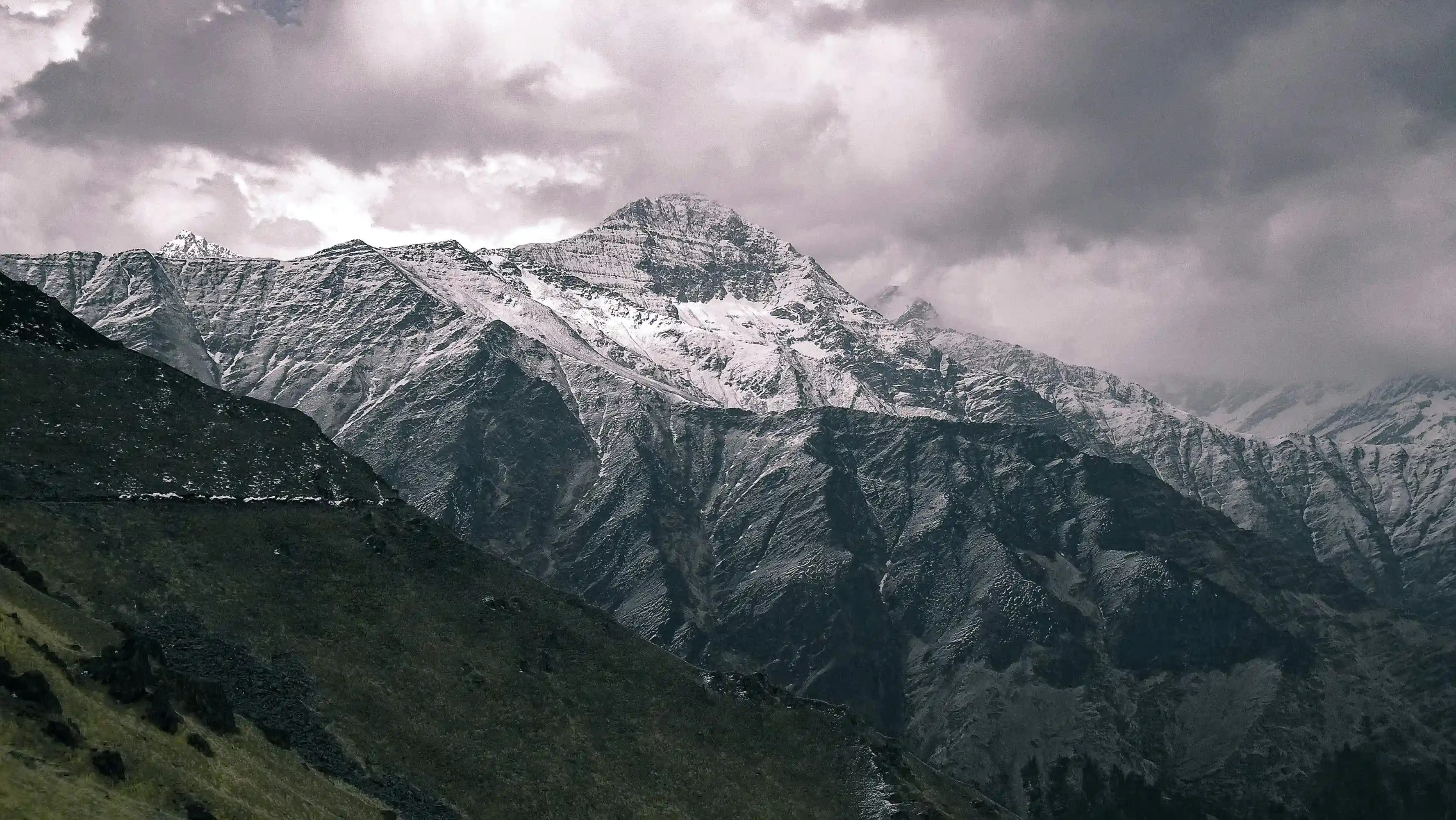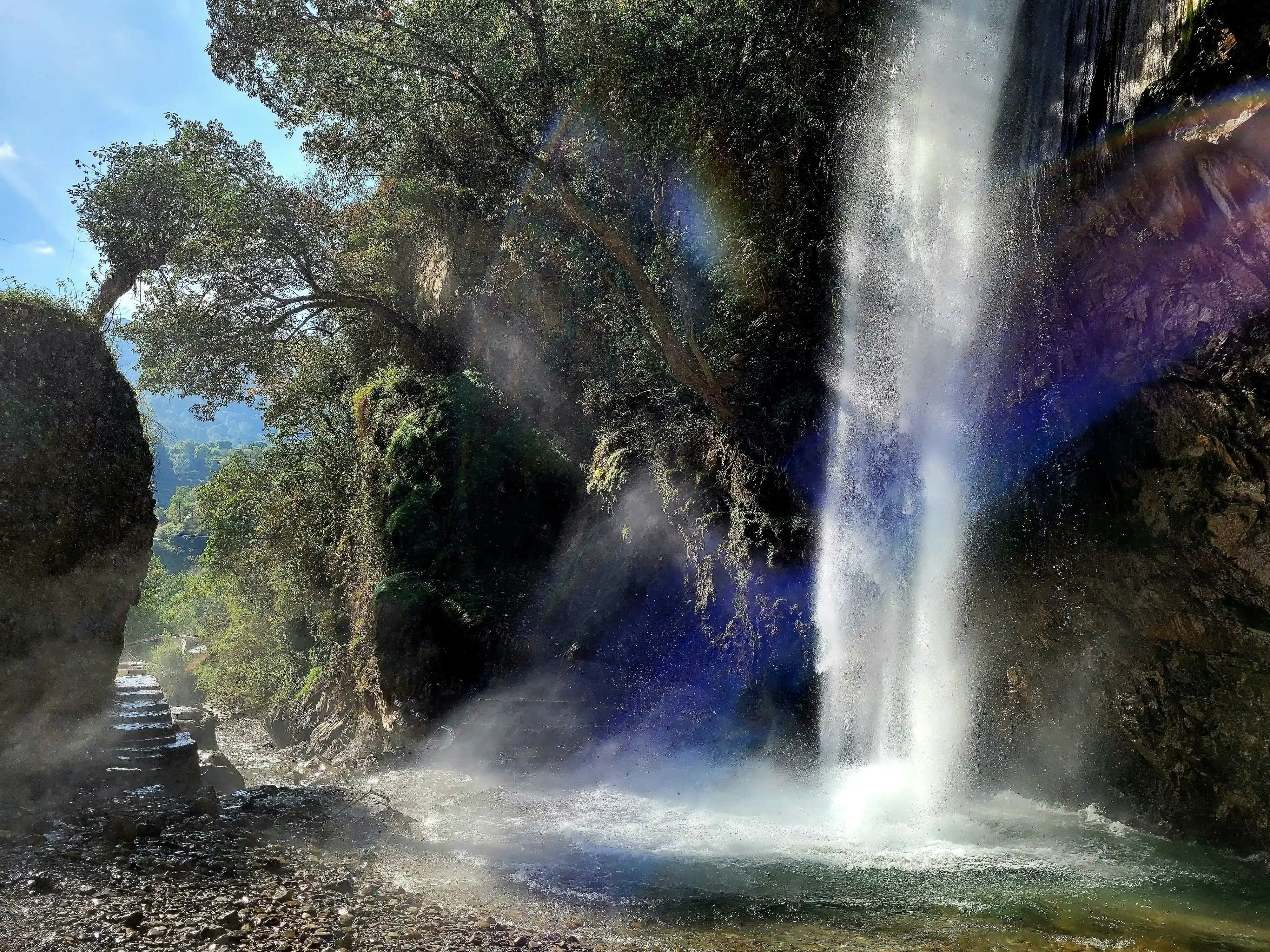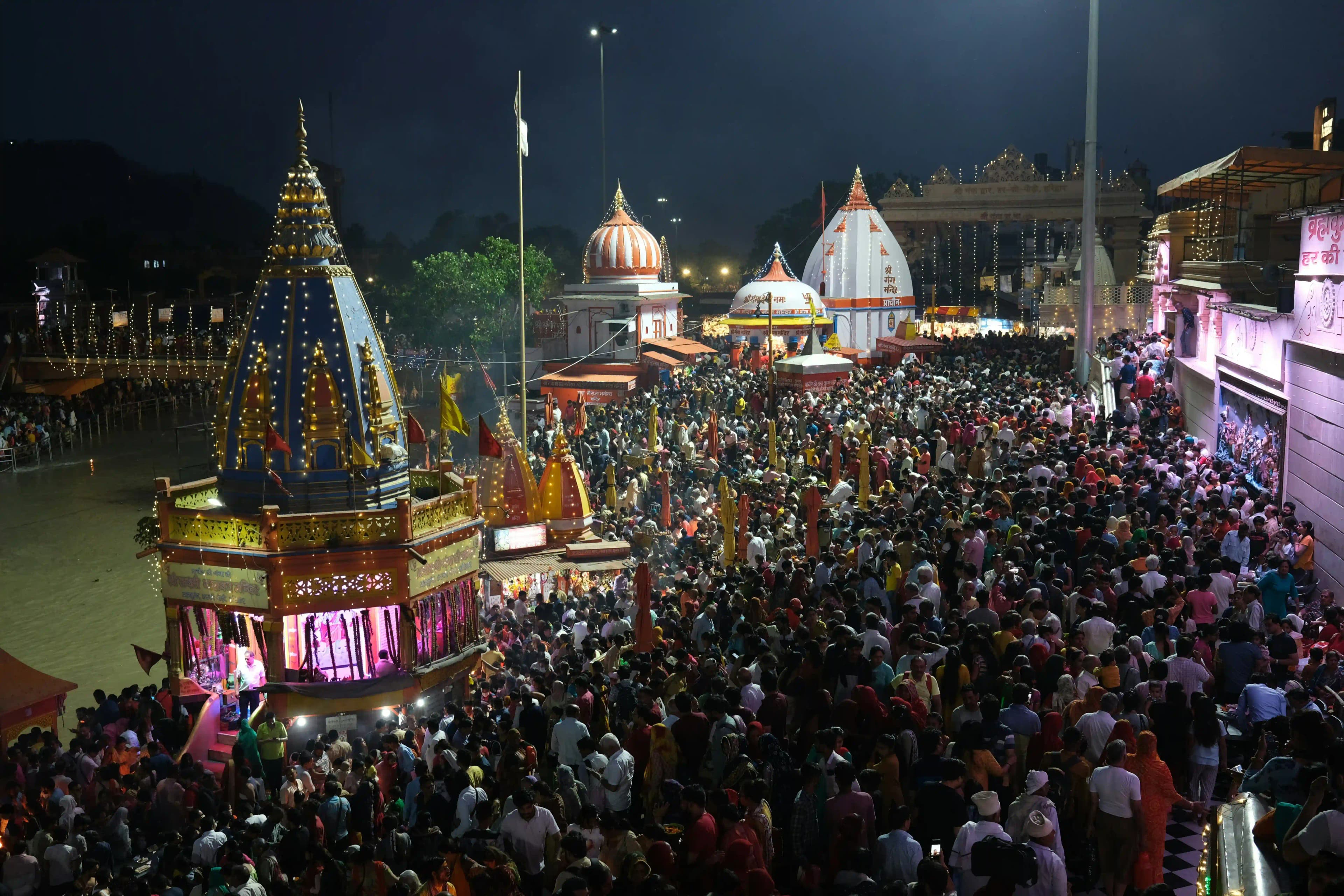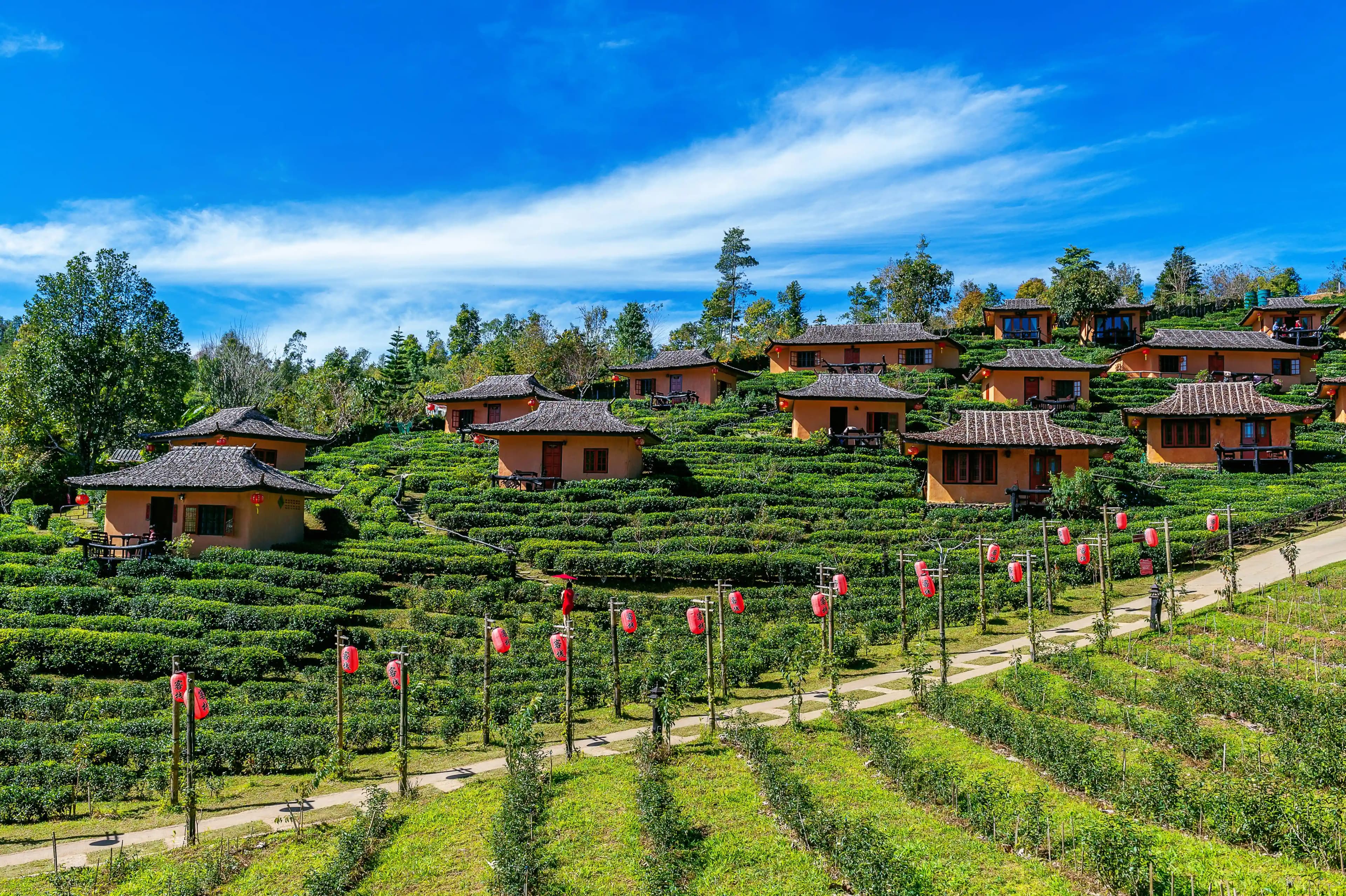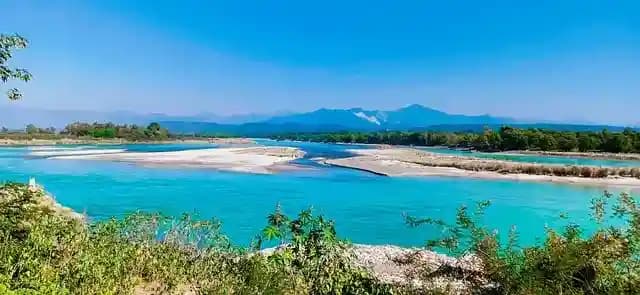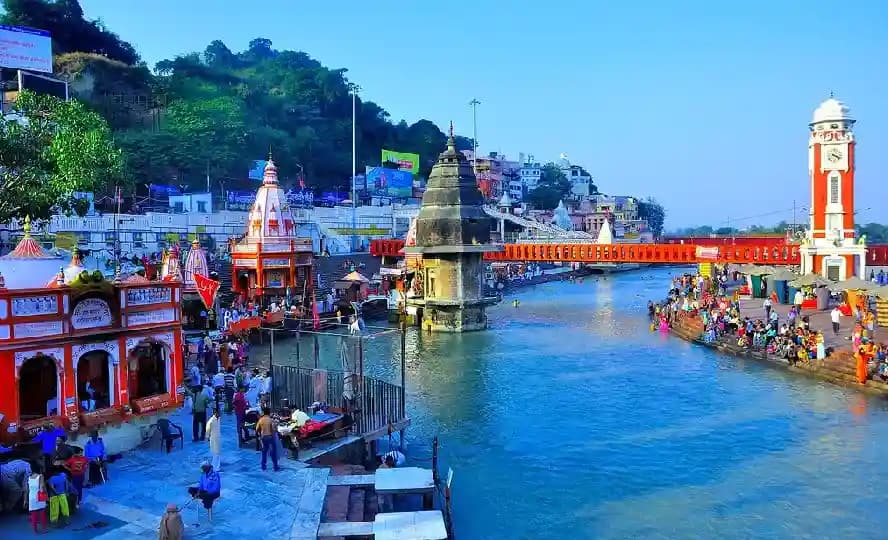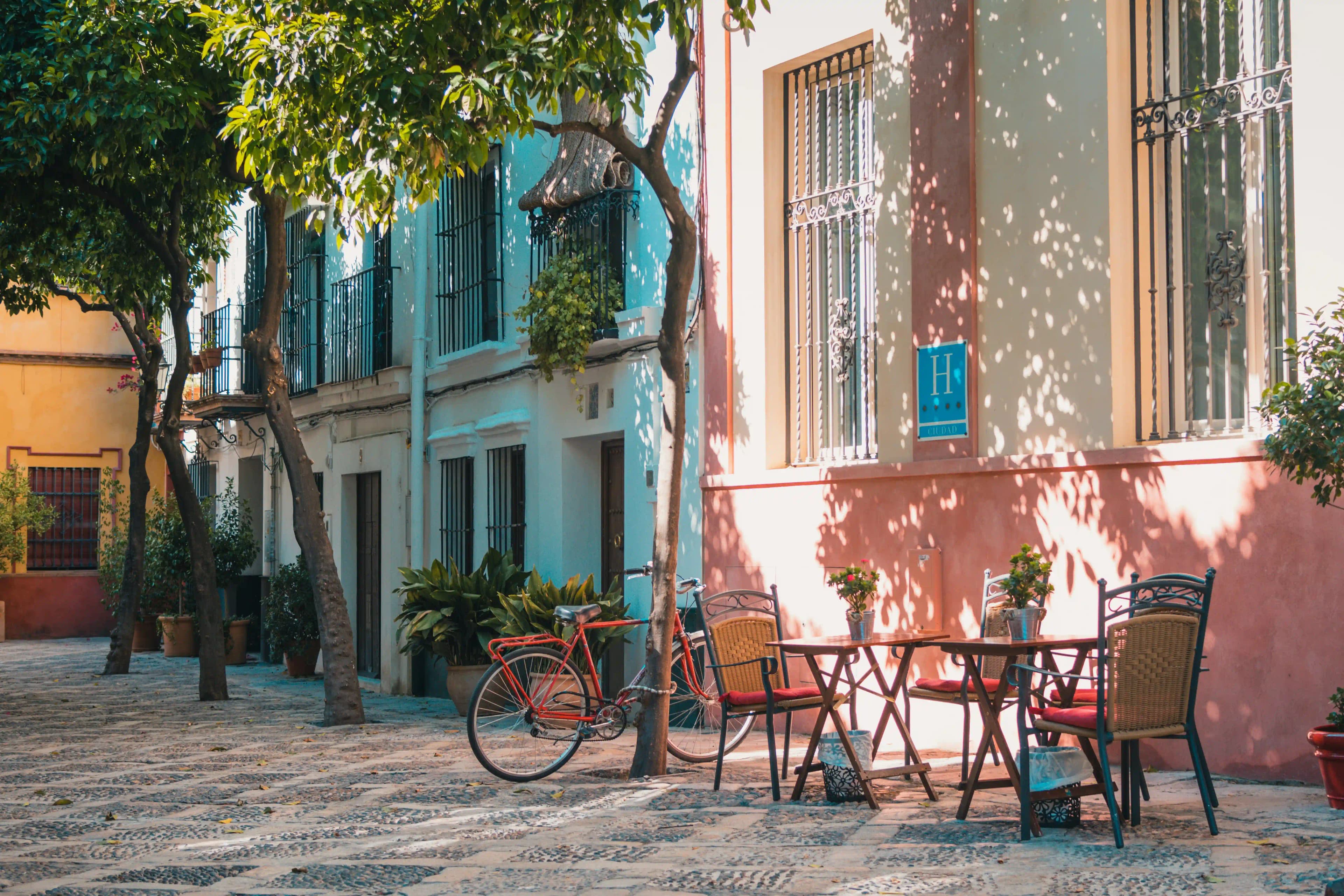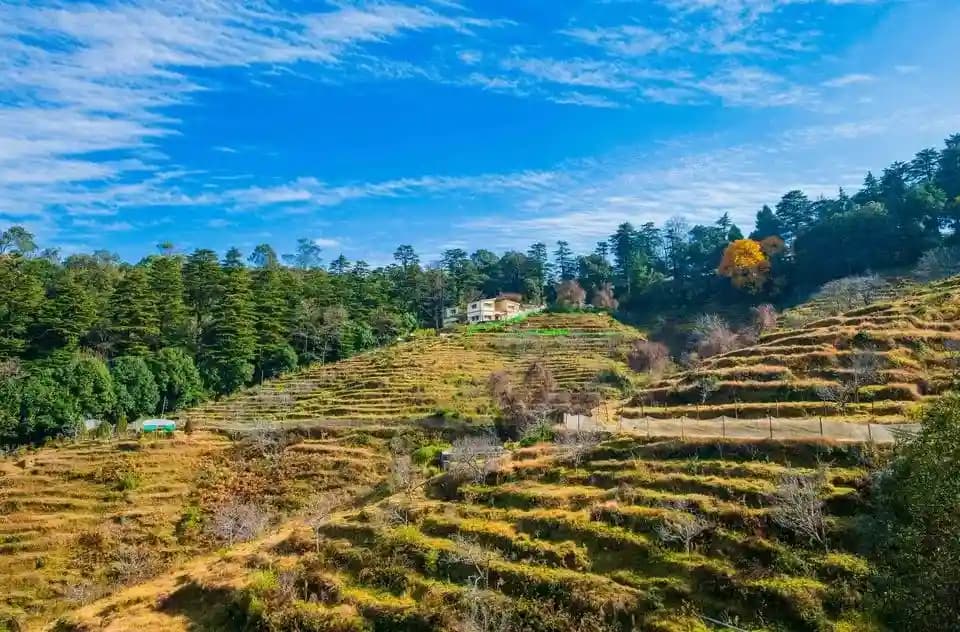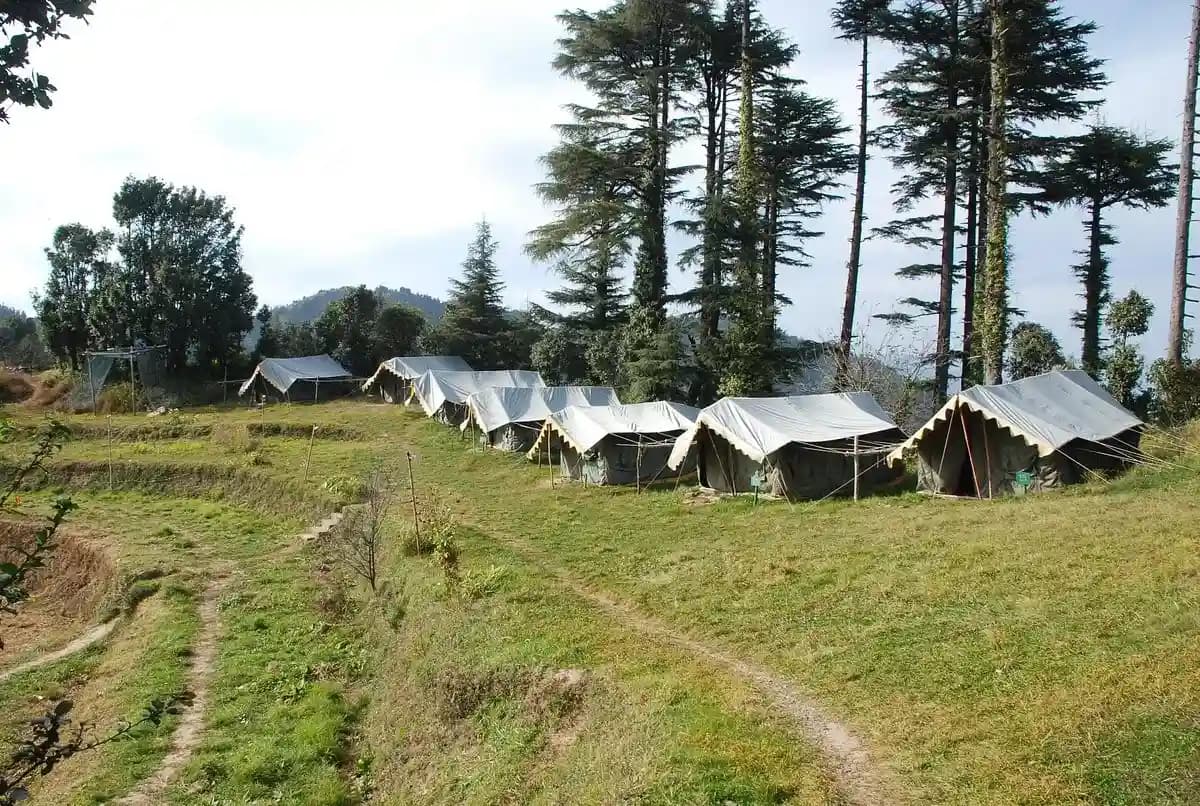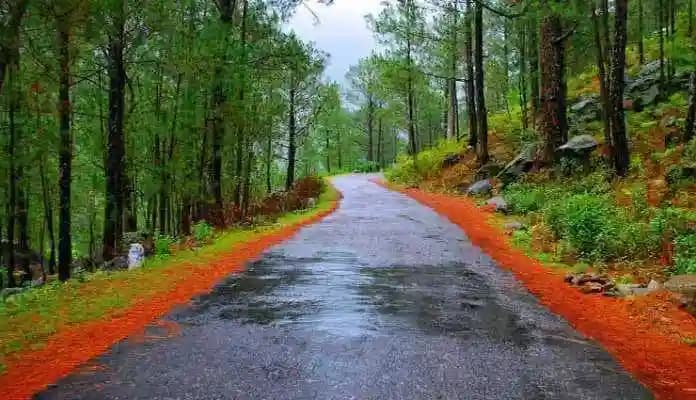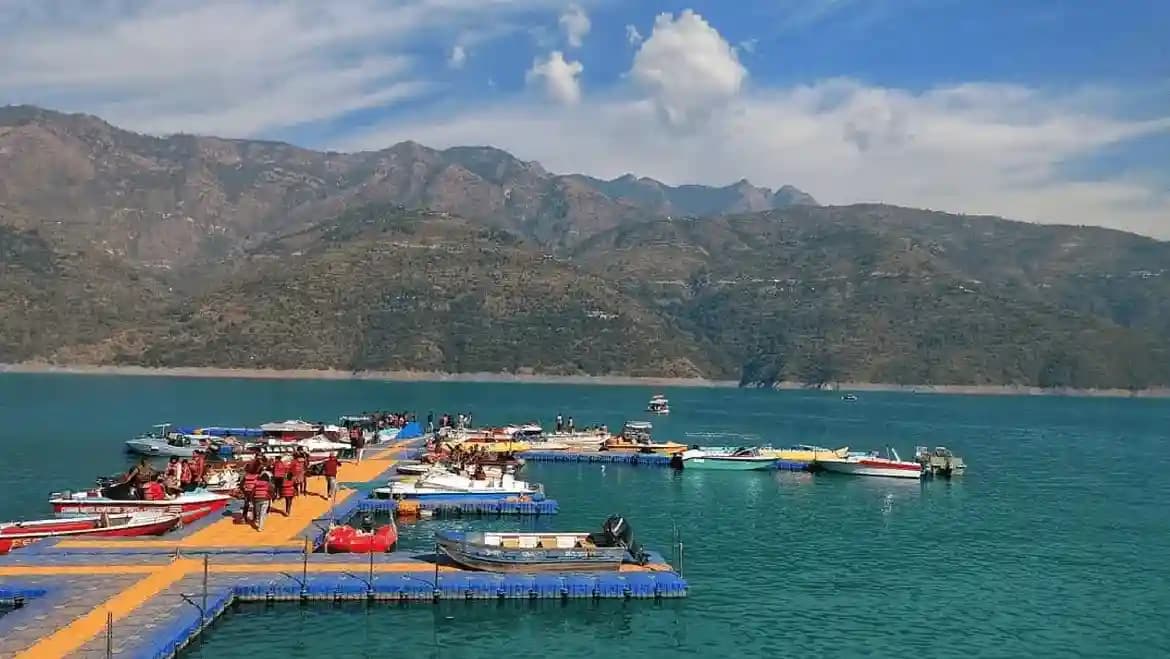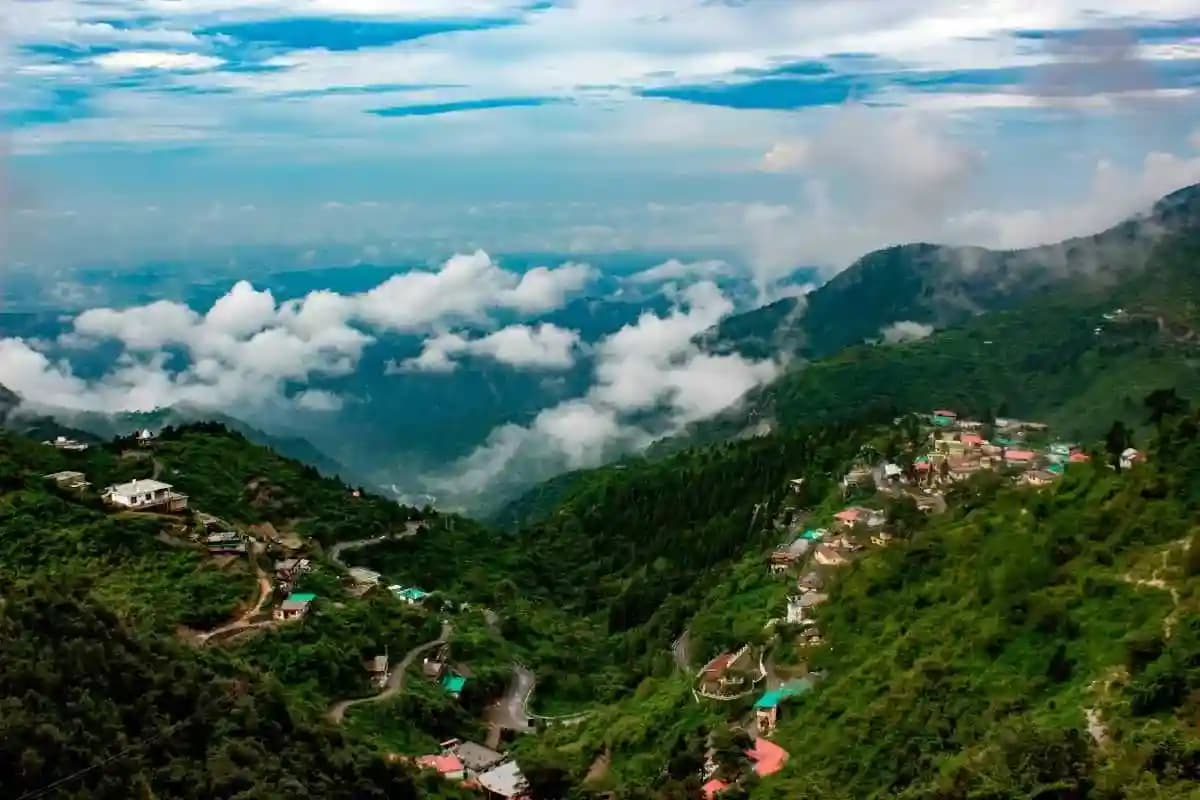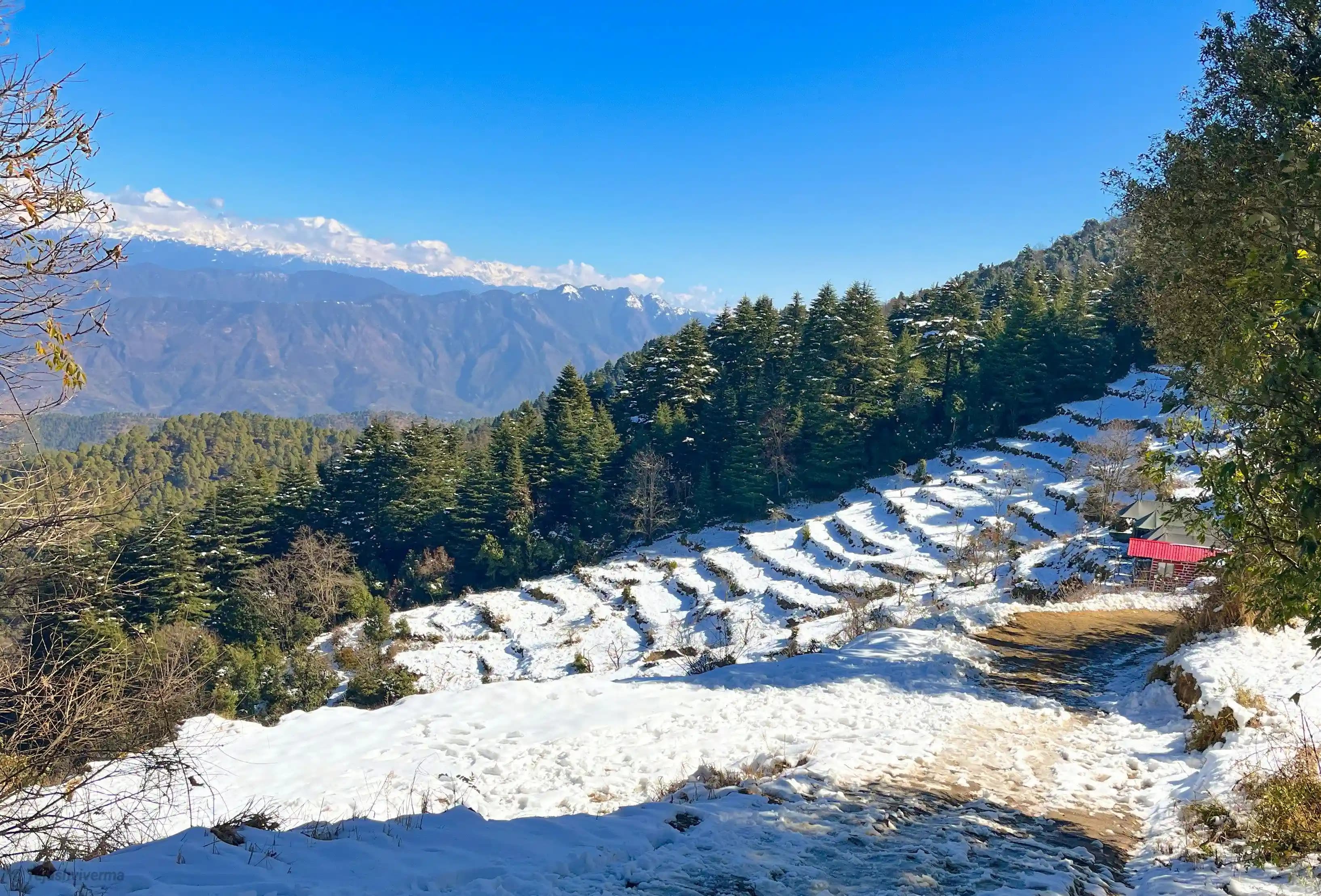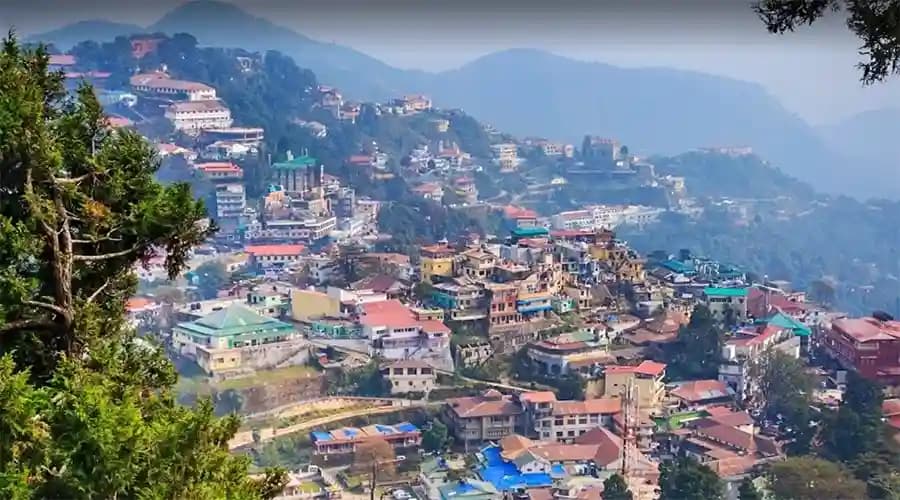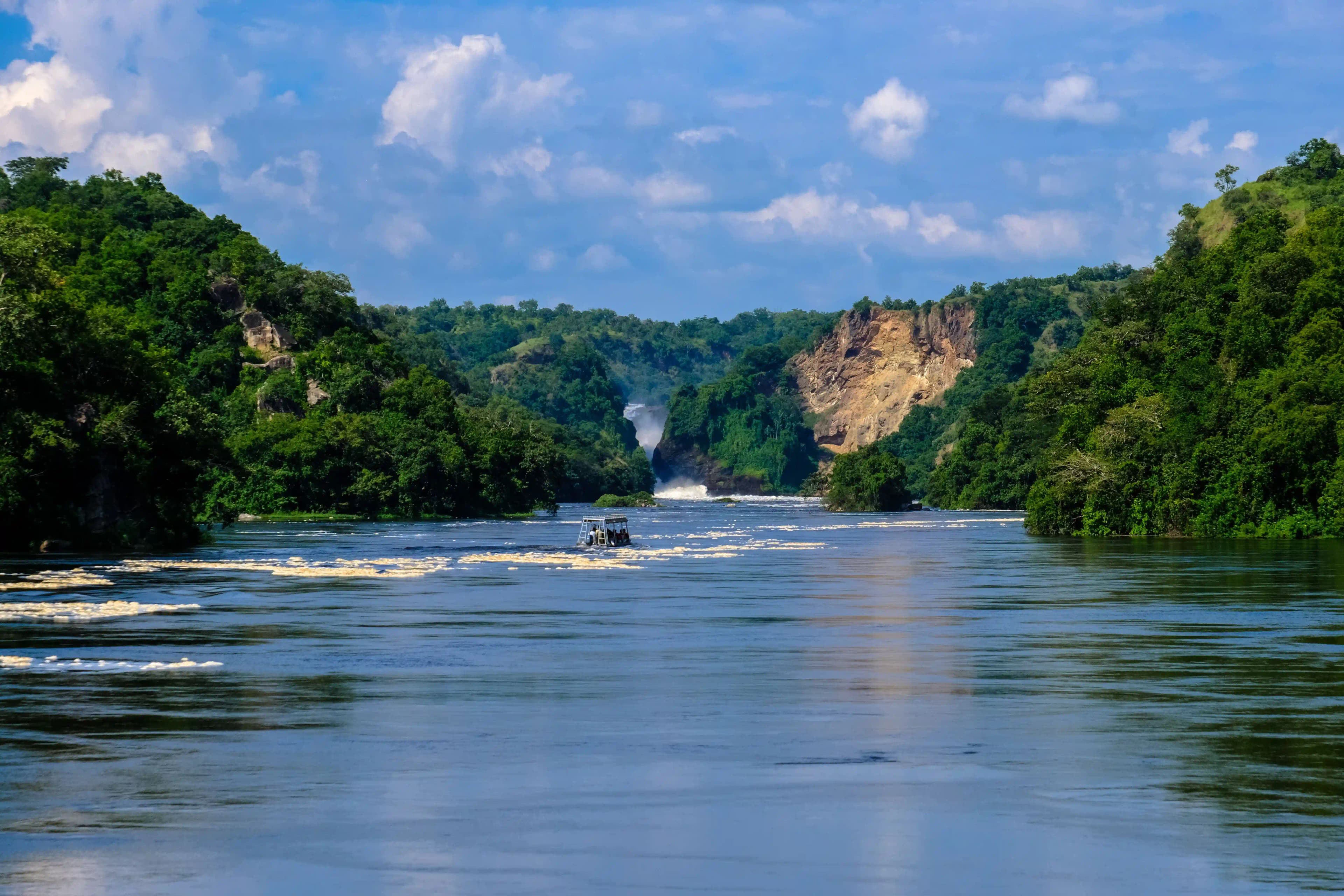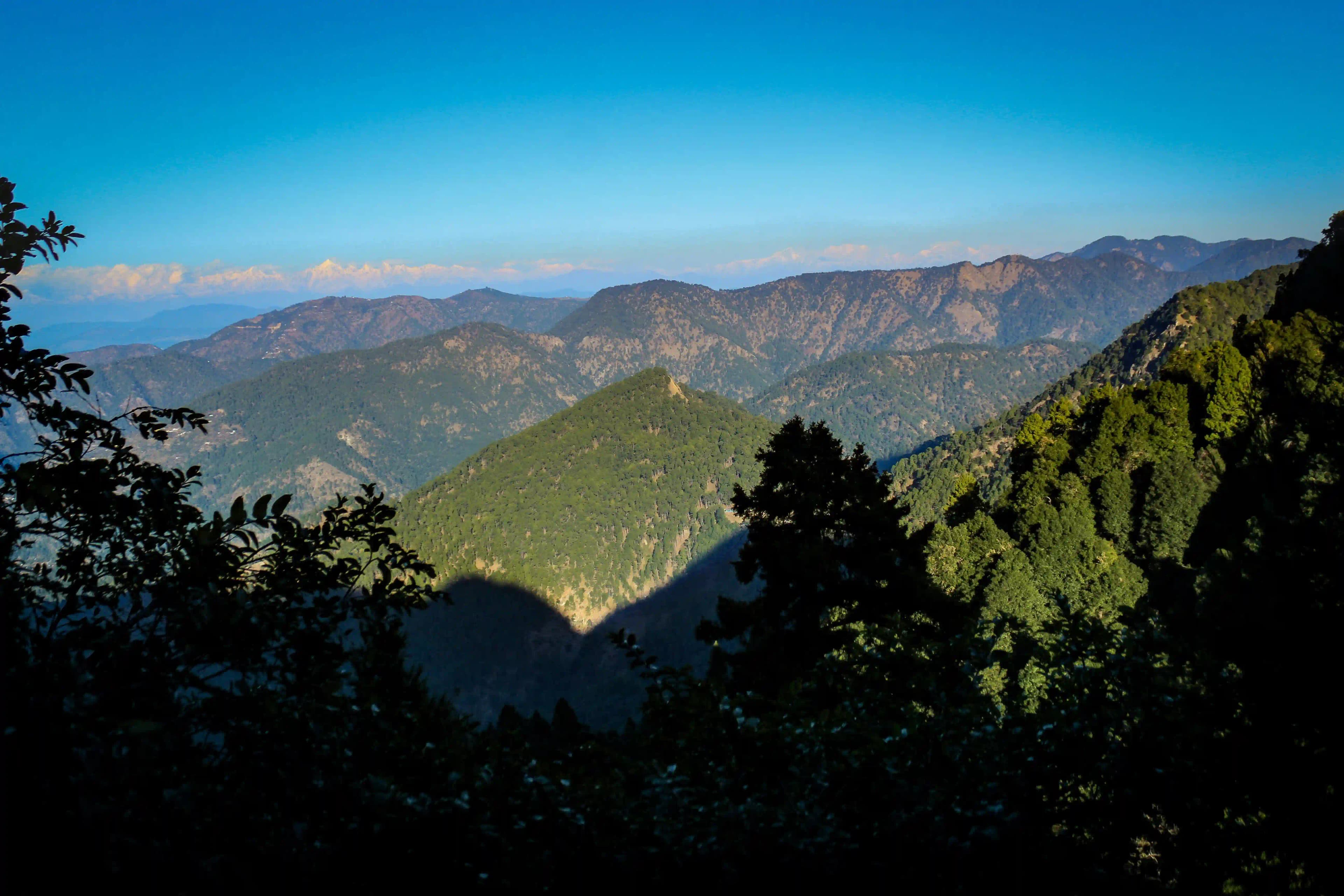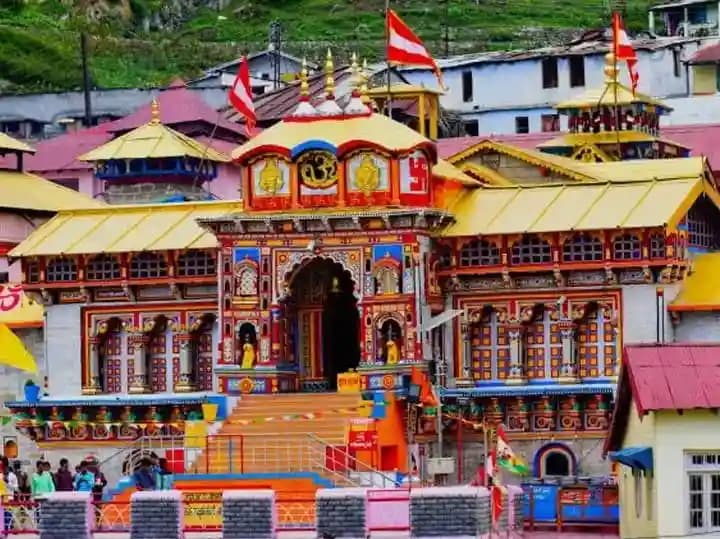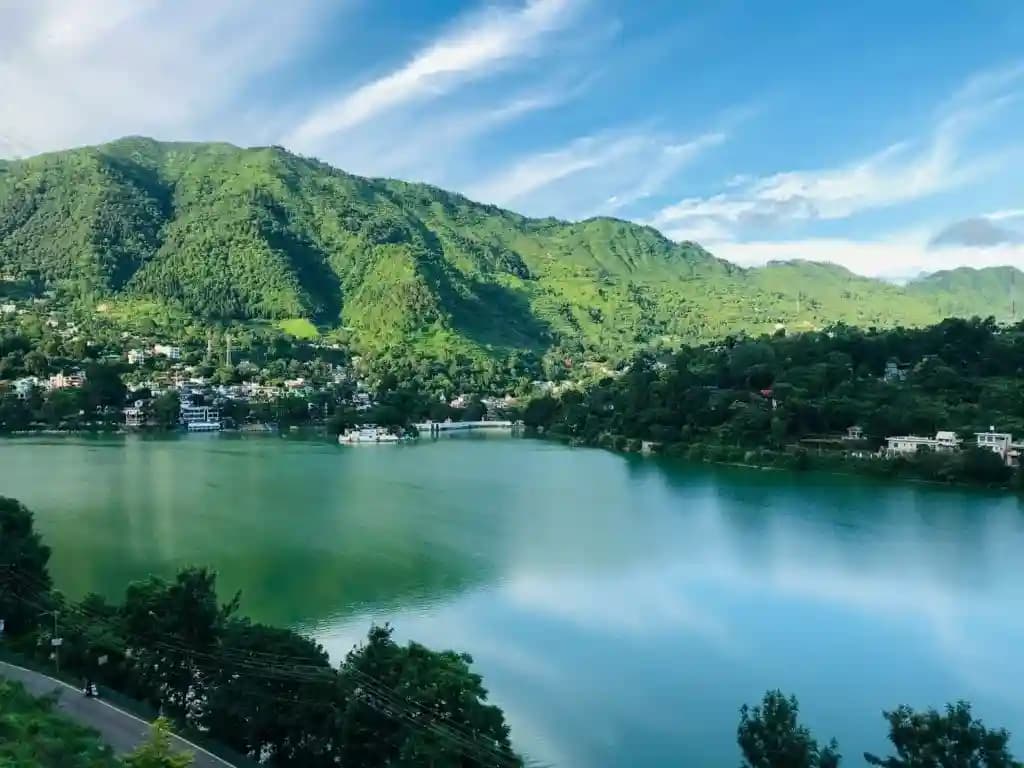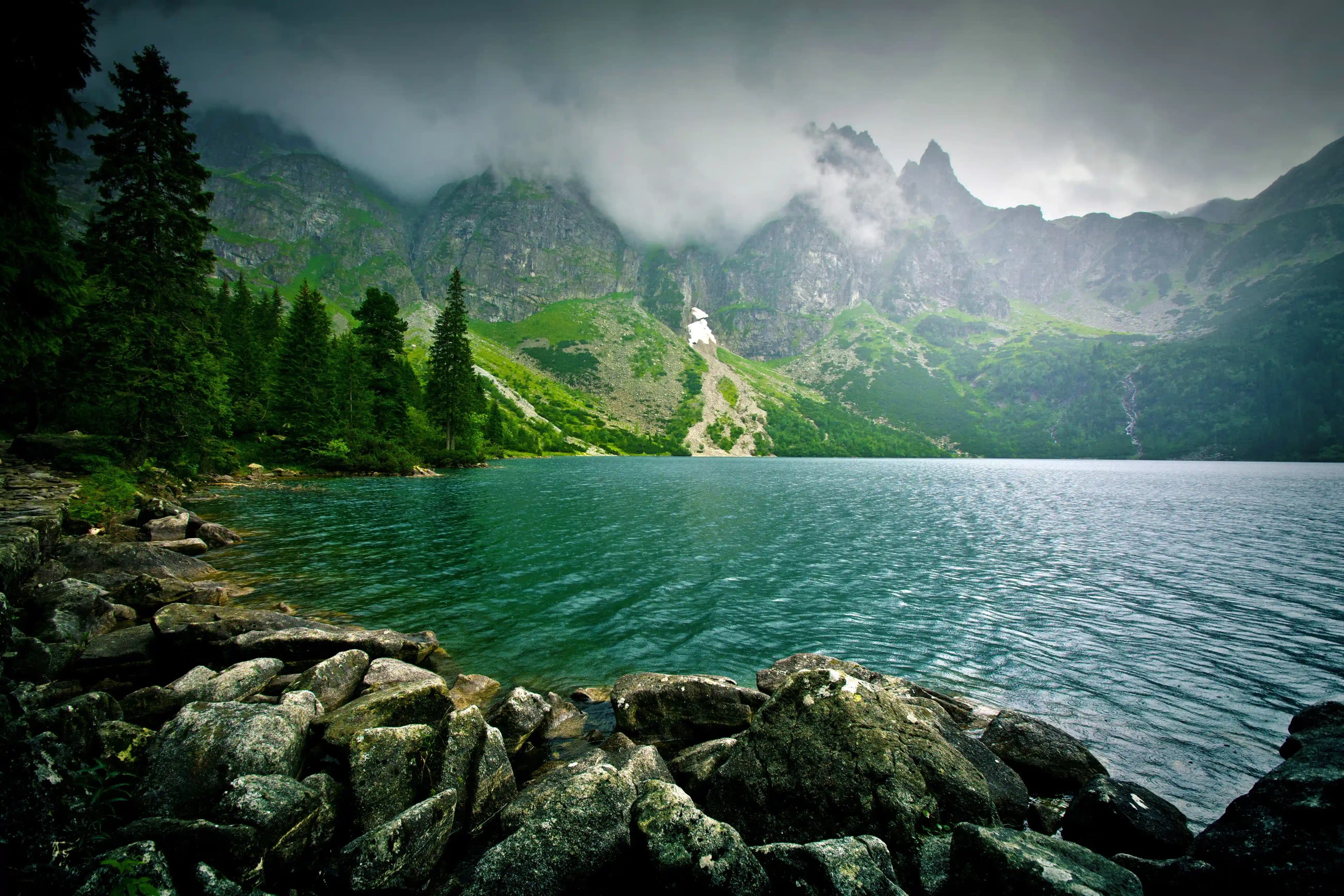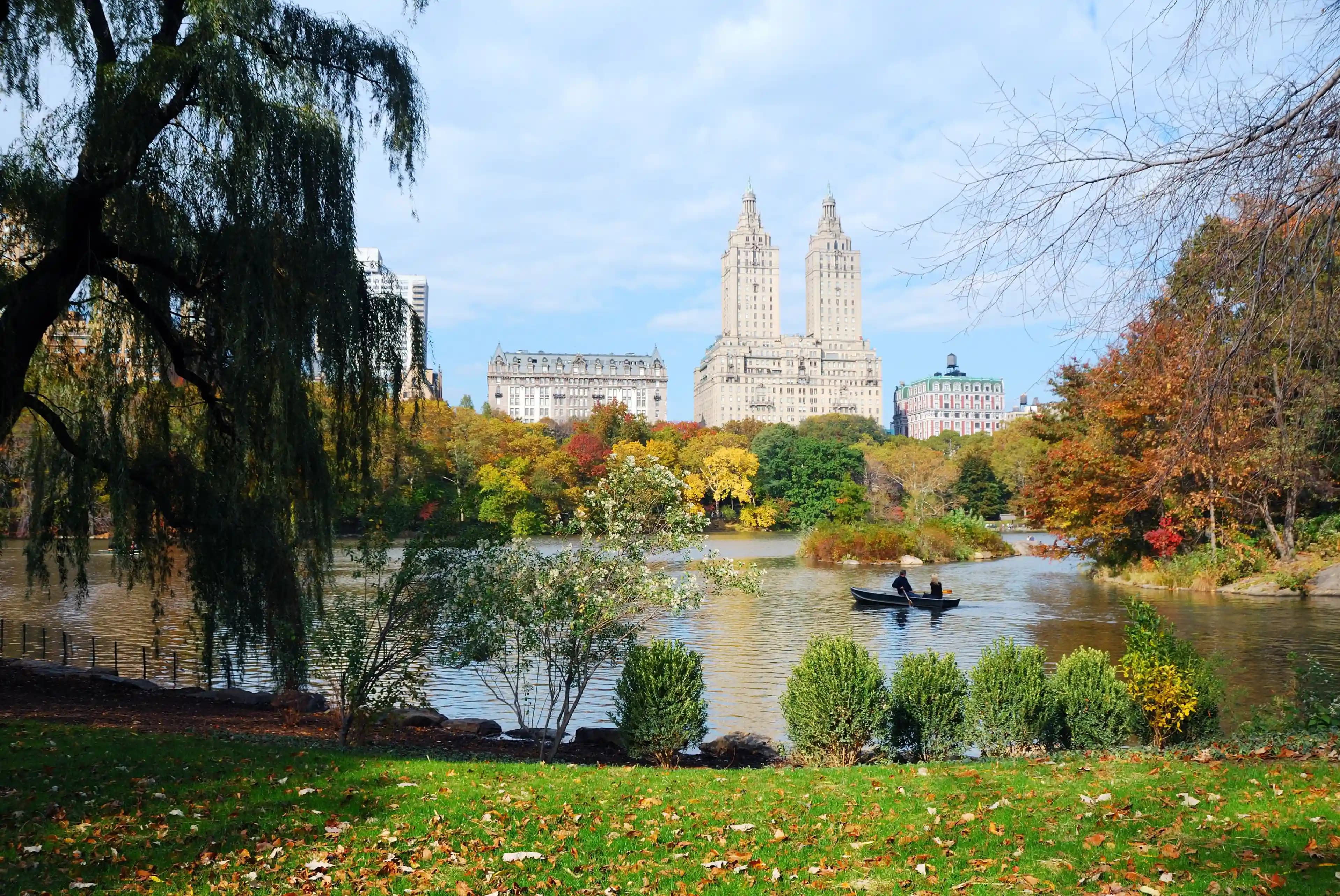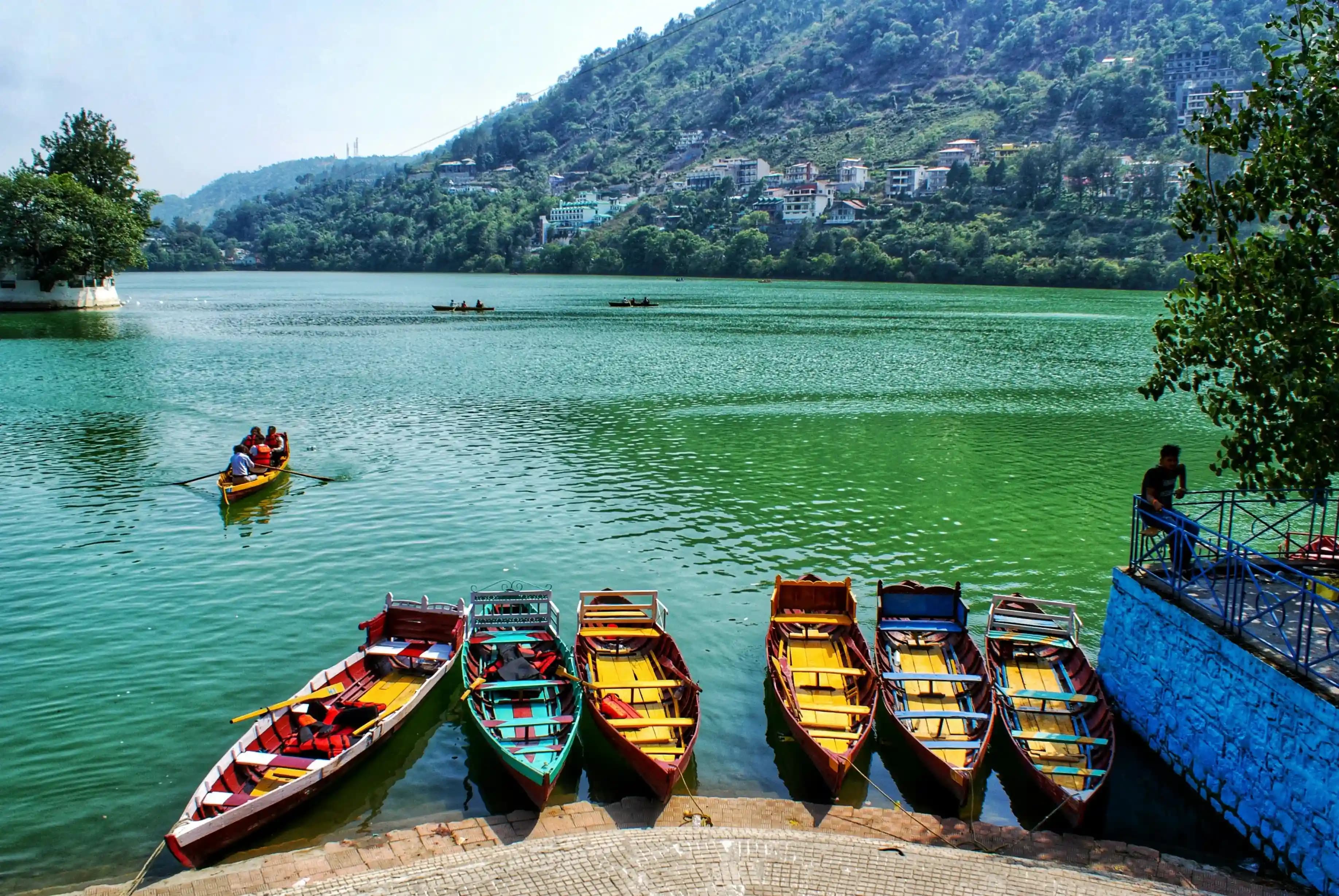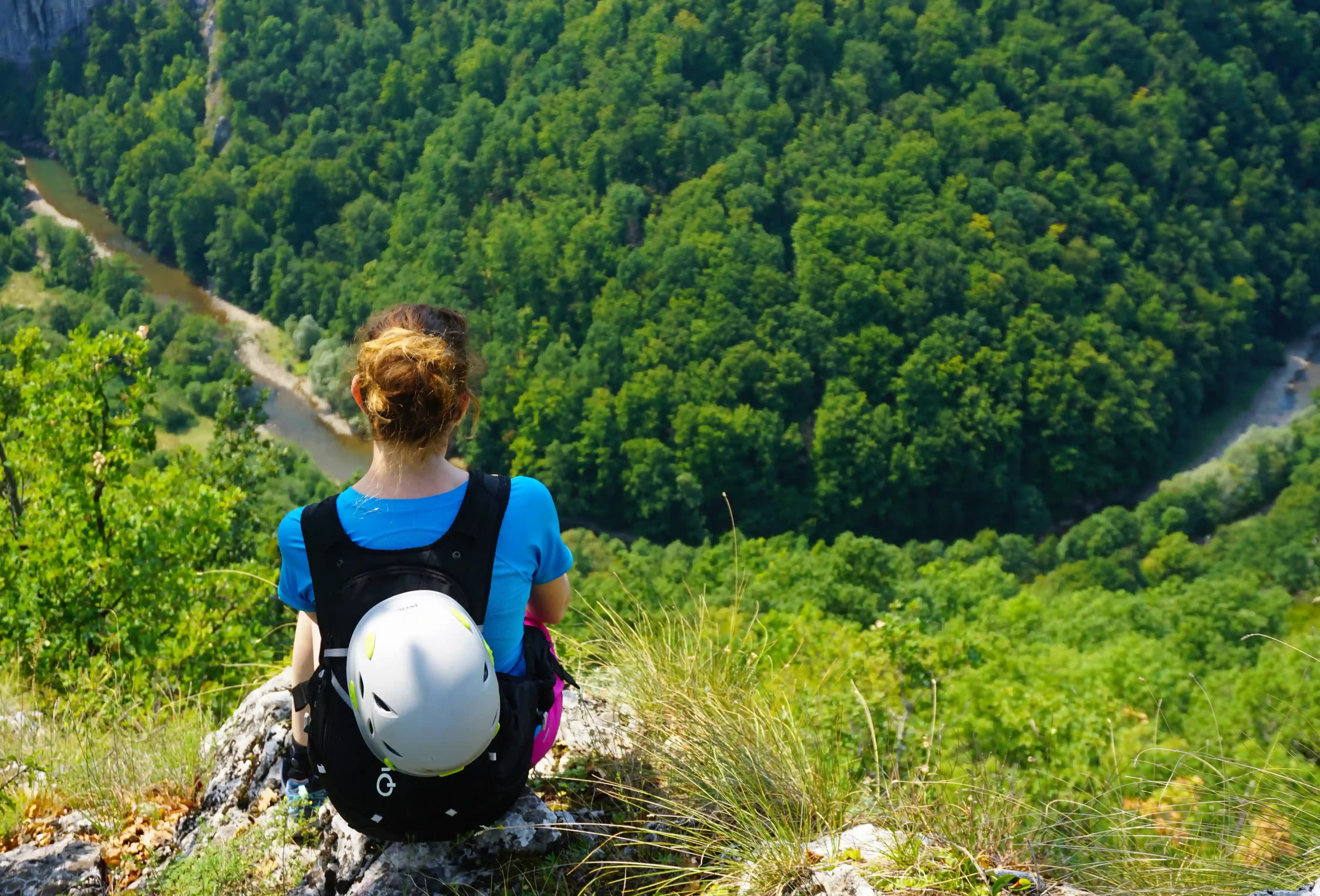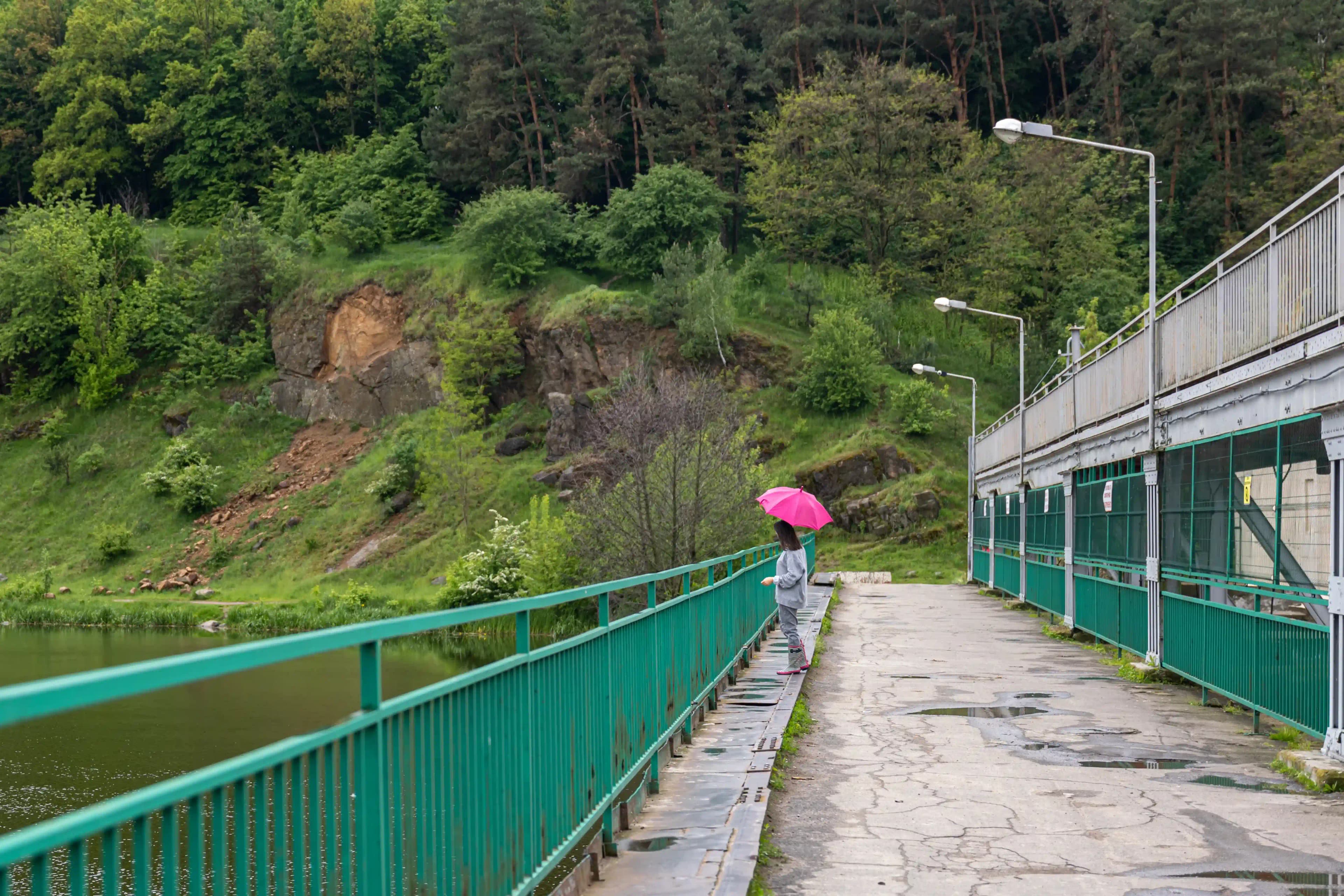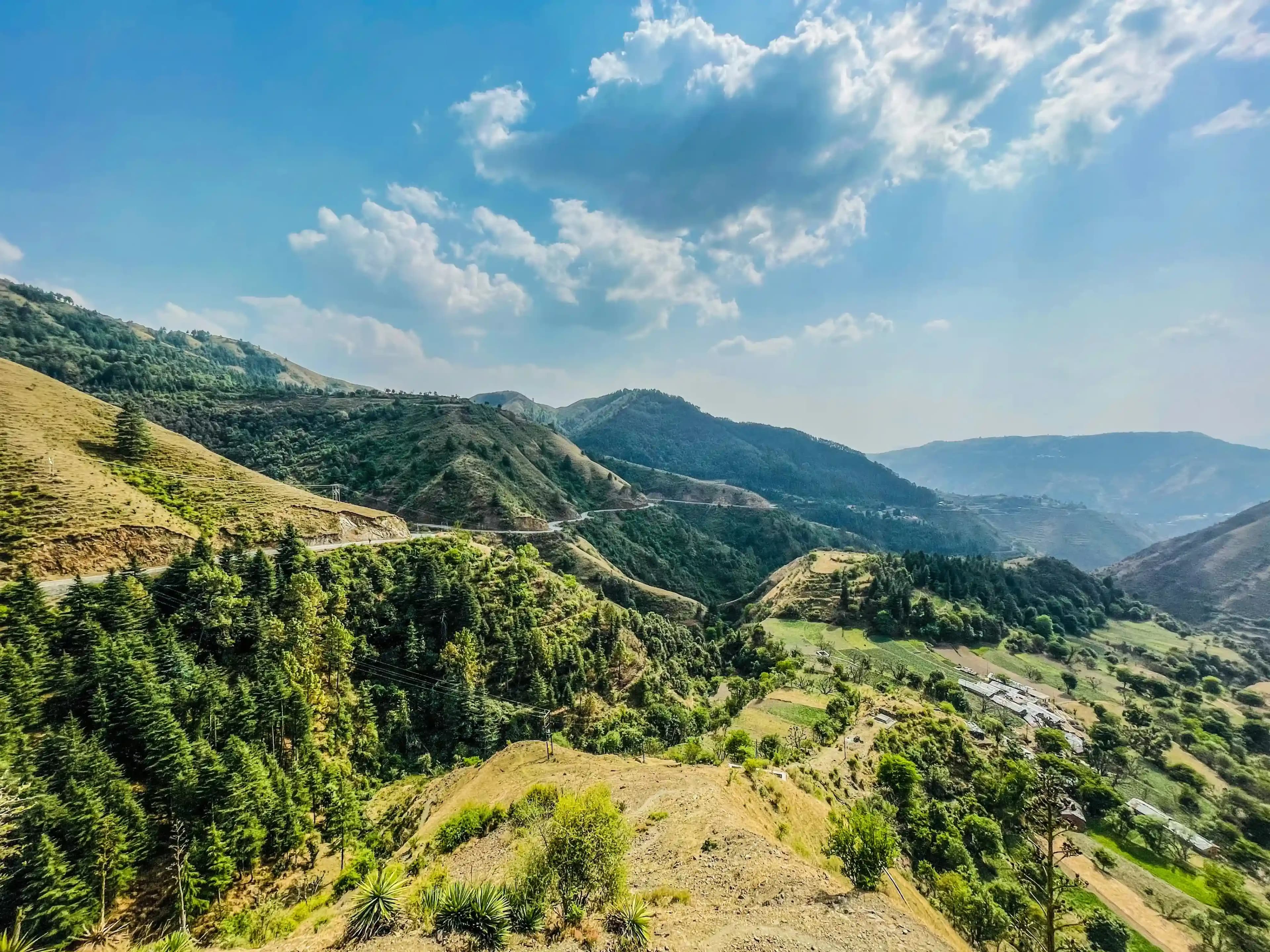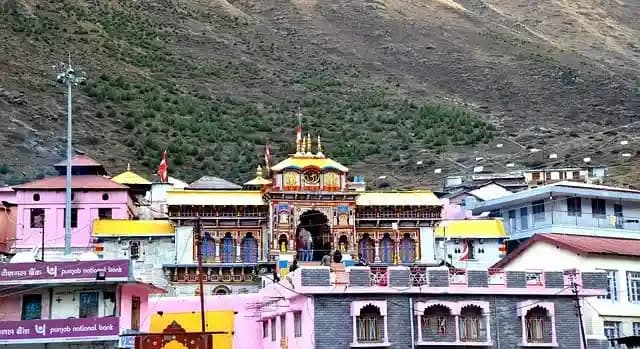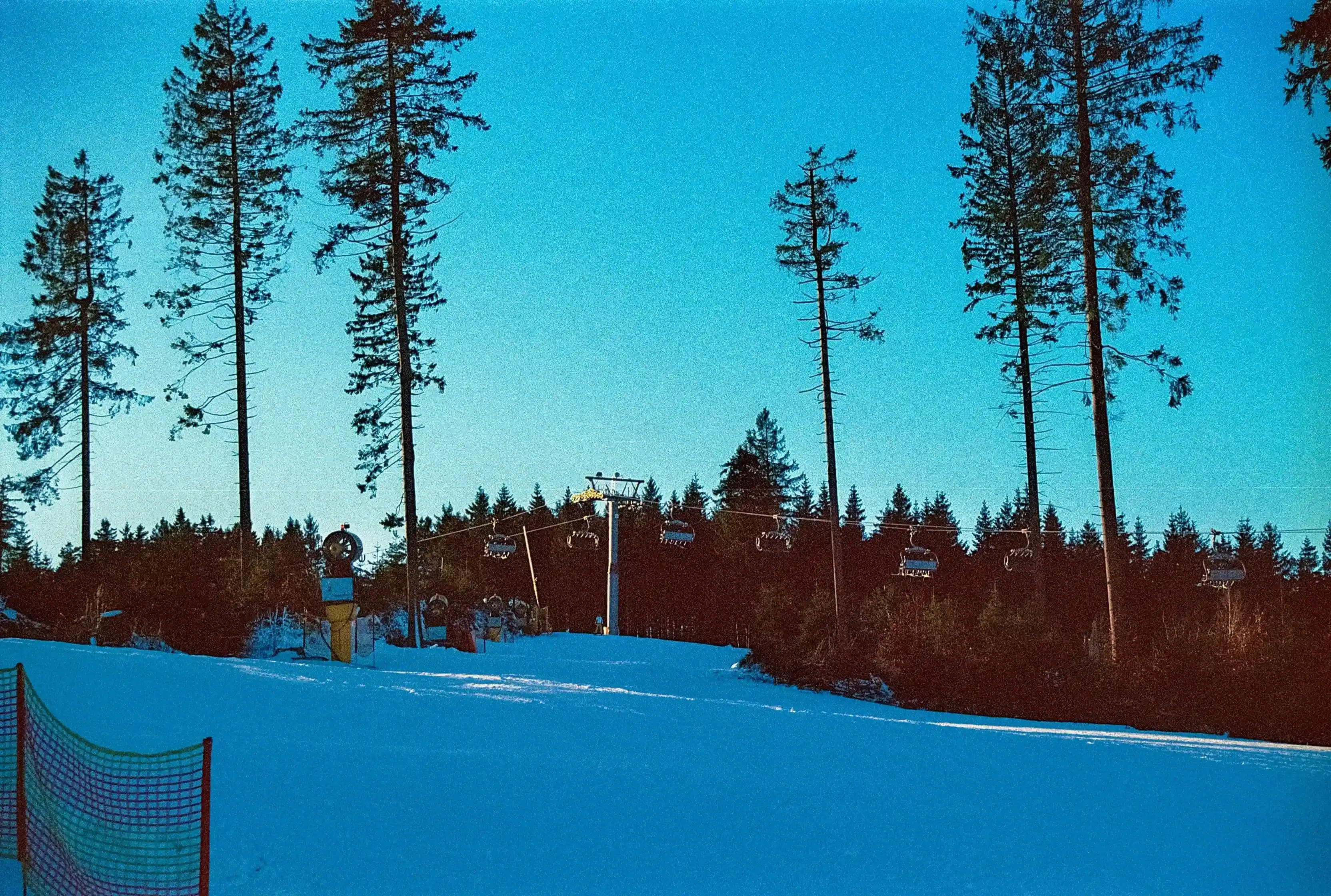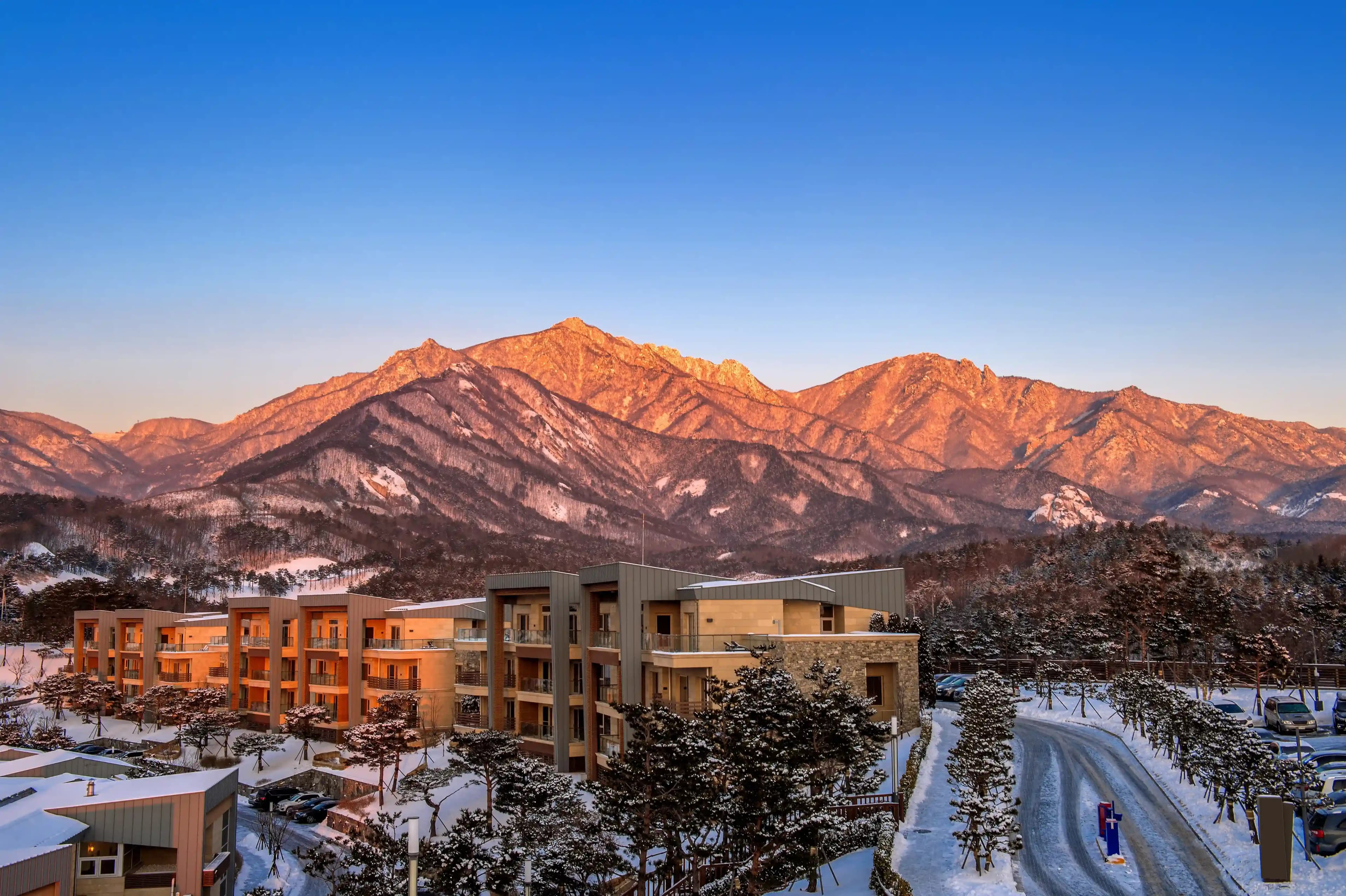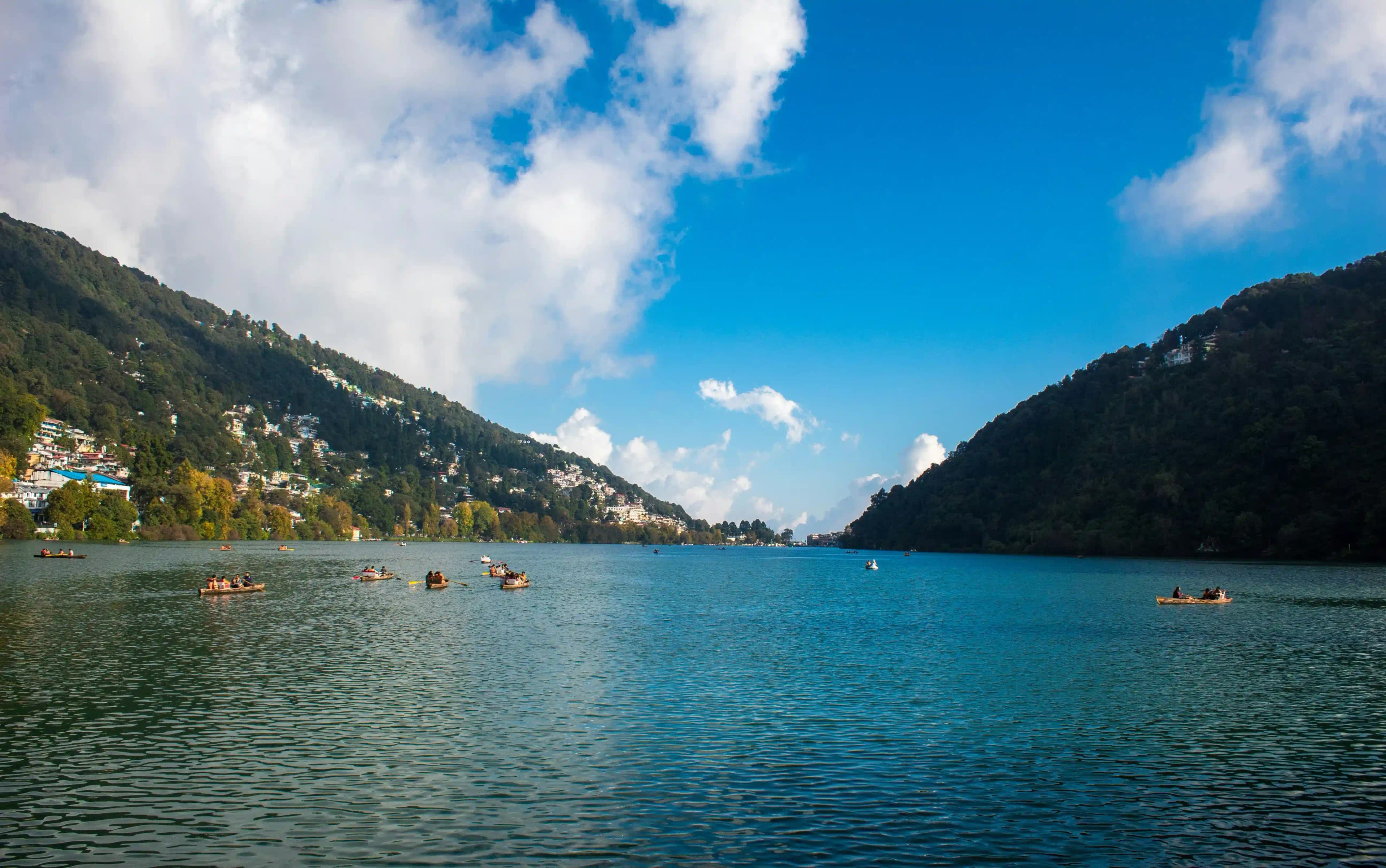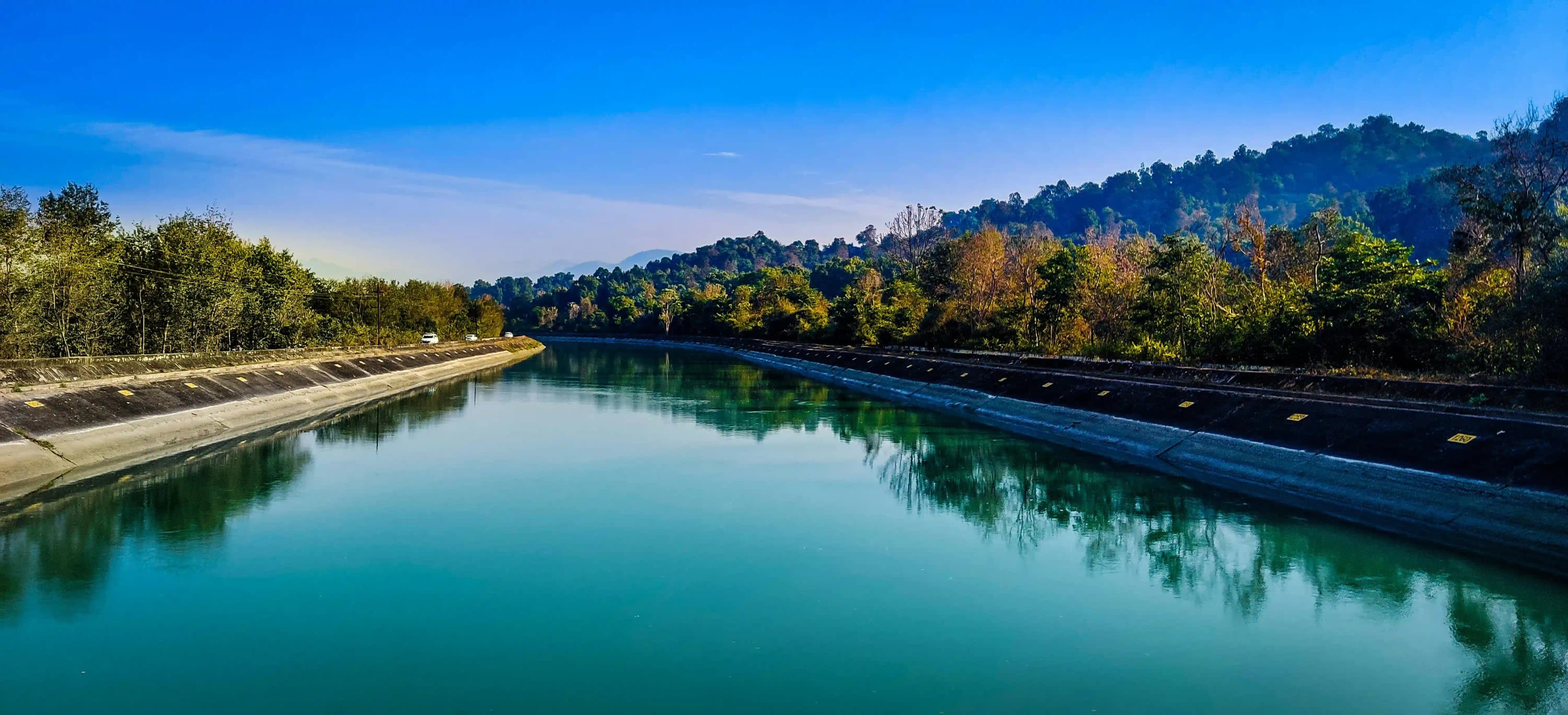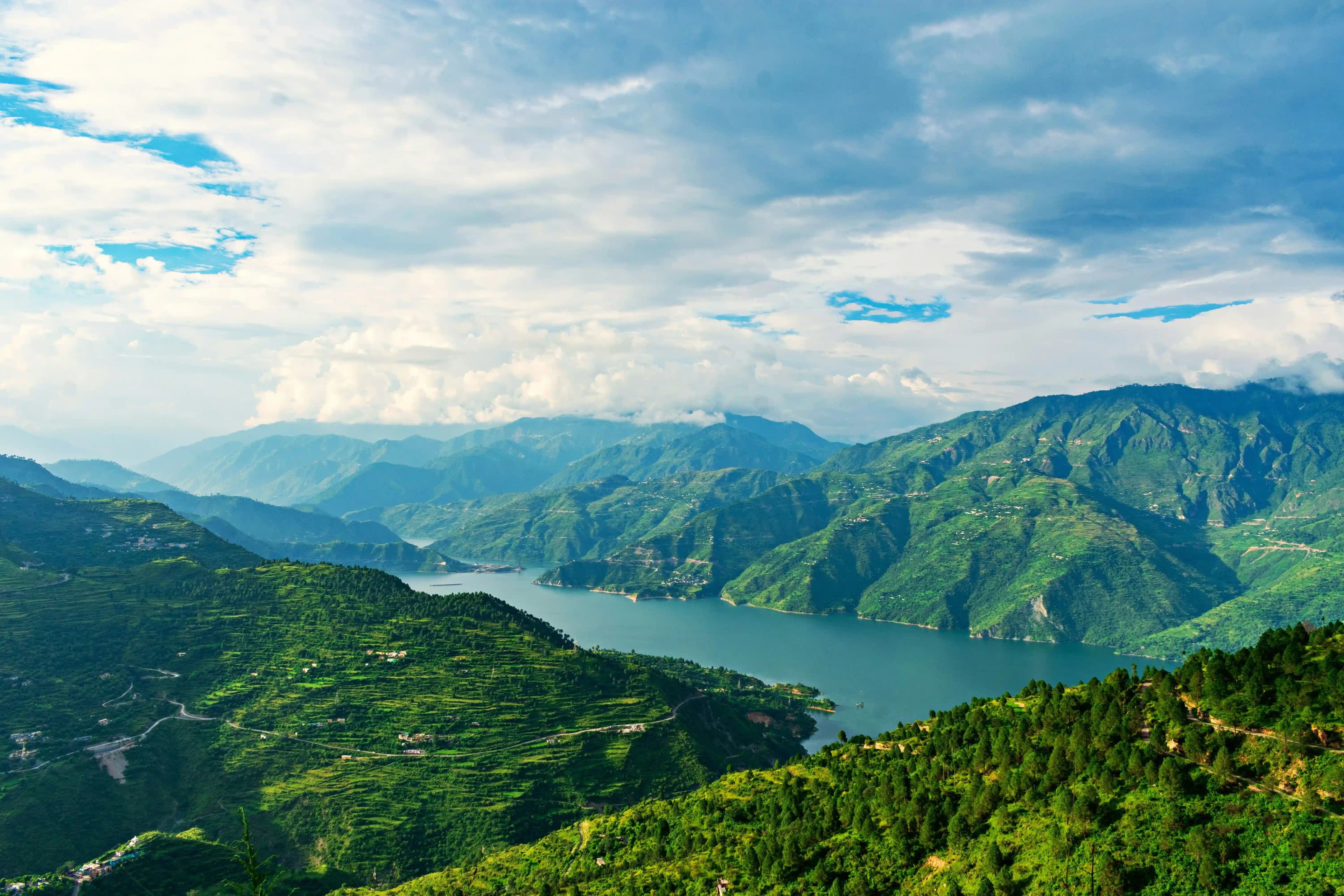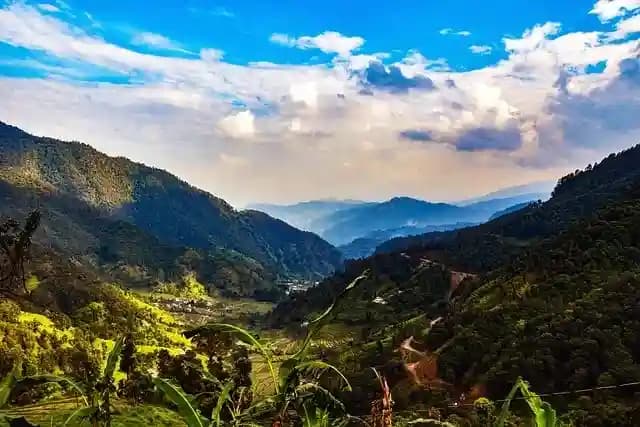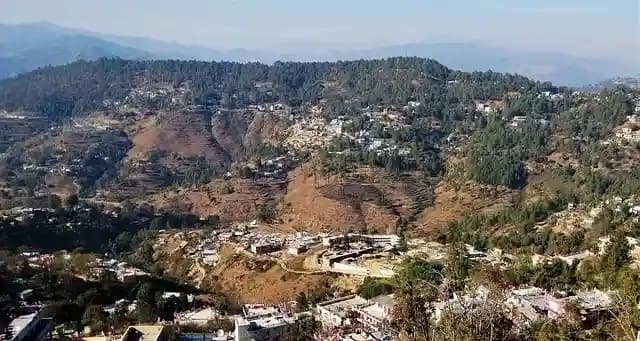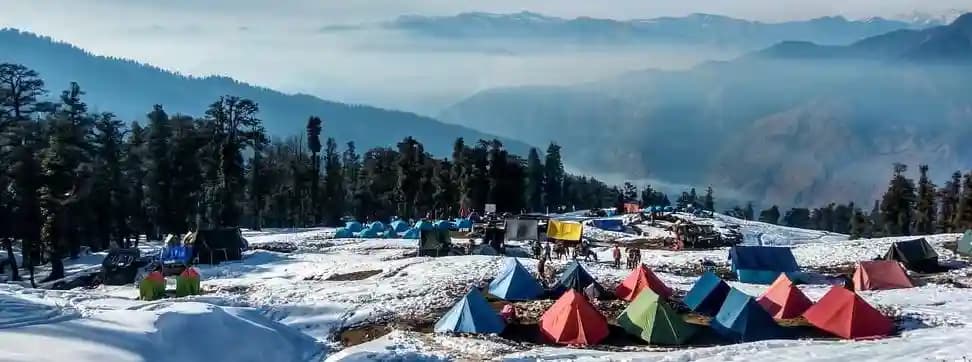Just think of traveling on Himalayan paths under misty conditions that let you hear the sacred river's peaceful flow and lead your way. The air of devotion covers the stunning scenery, creating a peaceful atmosphere in your heart. Welcome to Yamunotri Temple, the entrance point to the spiritual Char Dham Yatra, where the divine goddess Yamuna is. This divine shrine provides visitors with a stunning combination of spiritual dedication, natural beauty, and adventurous exploration, making it an unforgettable trip. Located at 3293 meters high, the Yamunotri temple stands as a holy place that defines the point where the Yamuna River emerges. Are you ready to experience an inspirational journey? Learn about the essential points of Yamunotri Temple along with its best features and necessary information to create a memorable trip.
Legends of the Yamunotri Temple

The religious importance of the Yamunotri Temple grows stronger because many traditional Hindu tales connect to this holy place. Hindu mythology describes Yamuna as the daughter of Surya Dev and Sangya, with Yama as her brother from the Sun God and Goddess of Consciousness. At Yamunotri Temple, devotees conduct prayers to obtain forgiveness for their transgressions and seek sacred blessings from the Sun God as well as the Goddess of Consciousness and Yama. Major pilgrims take a holy dip in the Yamuna River because it symbolically eradicates their fear of death. The mountain surrounding the temple has gained its name, i.e. Kalind Parvat, after Surya Dev, as Goddess Yamuna also goes by the name Kalindi.
History and Significance

The Yamunotri Temple stands as a sacred religious site at the Gangotri Himalayas of Uttarakhand, where devotees come to pay respect to the Goddess Yamuna. The holy temple of Goddess Yamuna serves among the 4 sacred Chota Char Dham pilgrimage sites in India. Construction of this temple began during the 19th century when Maharani Gularia of Jaipur started building it, but natural disasters led to multiple reconstructions. Pilgrims come to this temple because they wish to cleanse their sins and receive protection against early death thus making the temple exceptionally significant for spiritual matters.
People believe that Asit Muni was a sage who spent his lifetime residing in Yamunotri. According to local belief, Asit Muni regularly performed his daily bathing ritual in the Yamuna River before moving to the Ganga River. As he grew older, a miracle occurred, and a Ganges stream suddenly formed near the Yamuna River to enable his bathing practices since he could no longer travel to the River Ganga because of his infirmity and old age.
5 Places to Visit Near Yamunotri Temple
Visiting Yamunotri Temple involves more than worship because visitors also discover the unexplored natural splendor located around this sacred destination. The following are five essential destinations which lie adjacent to the temple:
1. Surya Kund

Janki Chatti serves as the starting point of the trek a 6-kilometer hike that typically needs 4 to 5 hours to complete. The path will lead you through thick forested terrain, waterfalls, and rocky areas which showcase magnificent views of the Himalayas. The trail requires moderate to strenuous ability without any exceptions due to its demanding physical requirements that need both strength and experience in trekking. The trek features challenging terrain, including steep hills, while also requiring travelers to walk through rocky surfaces across river streams using narrow bridges along the entire pathway.
- Best Time to Visit: May to June and September to November
- Address: Starts from Janki Chatti, Uttarkashi, Uttarakhand, and leads to the sacred Yamunotri Temple.
2. Divya Shila

The sacred rock known as Divya Shila stands close to the entrance at Yamunotri Temple, and it is popularly known as the “Divine Stone”. Before entering the temple, people perform spiritual rites at Divya Shila due to its reputation as a strong spiritual energy point. Religious narratives demonstrate that this stone carries the divine powers of Goddess Yamuna. At Divya Shila, spectators can admire many mountain ranges along a dramatic horizon.
- Best Time to Visit: May to October.
- Address: Near Yamunotri Temple, Uttarkashi District, Uttarakhand.
3. Janki Chatti

The destination of Janki Chatti welcomes numerous pilgrims who seek to visit the Yamunotri Temple. The 2,650-meter-high town attracts visitors with its hot water springs, while visitors appreciate its enchanting scenery and compact temples. Most religious travelers make Janki Chatti their base for starting the summit to Yamunotri Temple, hence creating a vibrant environment with enthusiastic pilgrims joined by spiritual leaders and adventure lovers. After or before trekking activities, many people choose nature's hot springs for complete relaxation.
- Best Time to Visit: April to November
- Address: Janki Chatti, Uttarkashi district of Uttarakhand.
4. Hanuman Chatti

Located 13 km ahead of Yamunotri you will find Hanuman Chatti which presents the serene sight of the Yamuna River joining the Hanuman Ganga River in this scenic village. At this location, people come to experience peaceful settings combined with temple visits at Hanuman Temple while admiring stunning mountain panoramas. People utilize Hanuman Chatti as their base location to start multiple hiking routes including the trail to Dodi Tal Lake. Pilgrims often take this place as their resting point before continuing their journey toward Yamunotri Temple.
- Best Time to Visit: April to October.
- Address: Hanuman Chatti, Uttarkashi District, Uttarakhand
5. Saptarishi Kund

Visitors interested in adventurous activities must experience the site of Saptarishi Kund. Saptrishi Kund Functions as the source of the Yamuna River, with its position at a height of 10 kilometers from the Yamunotri Temple. The path to the lake requires effort yet produces immense rewards because trekkers get to witness amazing glacier views together with Himalayan species' flowers alongside the Brahma Kamal blossom. Saptarishi Kund stands as a rare Himalayan attraction that invites people who prefer quiet time in this majestic mountain range.
- Best Time to Visit: June to September
- Address: 10 km from Yamunotri Temple, Uttarkashi District, Uttarakhand
5 Things to Do Near Yamunotri Temple
Along with visiting the above-mentioned places, if you are visiting the Yamunotri temple, do not forget to enjoy some of the most famous and religiously significant things to enhance the fun of your trip.
1. Trekking to Yamunotri Temple

Each traveler should experience the trek to Yamunotri Temple as it will become a memory that they will never forget. 6 kilometers journey from the Janki Chatti is surrounded by scenery of grand mountains, natural waterfalls, and rich vegetation. Worshippers stroll around the temple as they chant prayers to create a devotional aura.
The temple trek is available through the hiring of ponies or palanquins when visitors prefer not to walk. The religious visit to Yamunotri Temple becomes more intense because the pilgrimage demands dedication and physical perseverance. The distance to travel by foot is 6 km starting from Janki Chatti.
- Best Time to Trek: May to October
- Fees: Pony (₹1,500-₹2,000), Palanquin (₹4,000-₹6,000)
2. People visit Surya Kund to take a holy bath
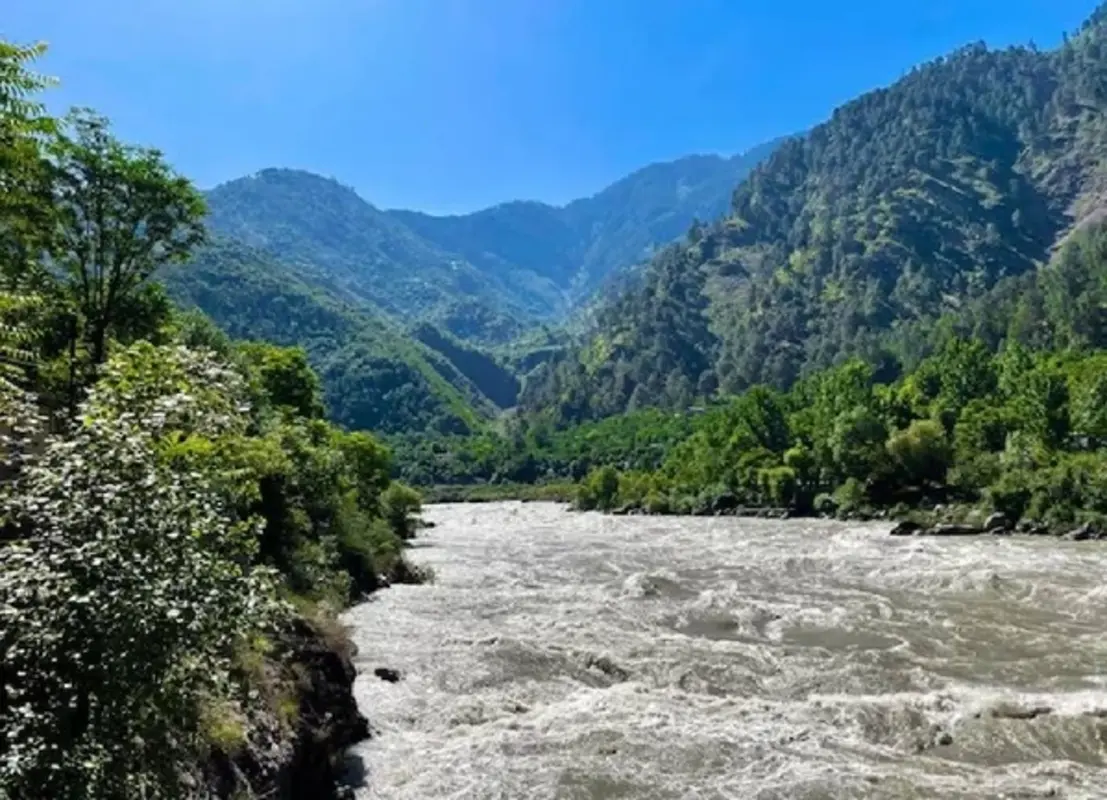
Close to Yamunotri, one must have a meaningful experience by soaking in the hot water springs of Surya Kund. Worshippers believe the hot water at this spring removes sins while also providing medical benefits. When visiting Yamuna, pilgrims use hot spring waters to prepare rice along with potatoes for subsequent offerings to Goddess Yamuna, which becomes their sacred meal.
The practice of offering prayers in boiling water exists as an integral pilgrimage tradition that has continued for centuries.
- Best Time to Visit: May to October
- Fees: No entry fee
3. Offering Prayers at Divya Shila

All pilgrims who wish to enter Yamunotri Temple must first dedicate their worship at Divya Shila where a holy rock is believed to hold powerful divine energy. The believers present flowers along with incense along with their prayers to receive divine blessings. The belief in mythology has elevated Divya Shila to one of the main religious elements during the pilgrimage since it represents the actual presence of Goddess Yamuna.
- Best Time to Visit: May to October
- Fees: No entry fee
4. Explore the Local Markets

The small markets of Janki Chatti provide visitors with religious items as well as woolen apparel and woodwork handicrafts together with holy food offerings. Processions visiting Yamunotri can obtain sacred items including Rudraksha malas and Yamuna idols together with Pahadi jewelry. The location serves as an ideal destination for purchasing religious artifacts as well as understanding the local customs of Uttarakhand.
- Best Time to Visit: Morning and evening hours
- Fees: No entry fee
5. Experience the Aarti ceremony at Yamunotri Temple

A remarkable spiritual experience occurs during the evening aarti at Yamunotri Temple. When the temple receives its illumination from lamps the priests begin their Vedic hymnal chants which creates a divine atmosphere throughout the area. The unreal visuals of the Yamuna River lit by flames against Himalayan peaks act as a gateway to heaven. Each pilgrim should experience the spiritual highlight of the devotion ceremony at Yamunotri Temple.
- Best Time to Visit: 6:30 PM to 7:30 PM (May to October)
- Fees: No entry fee
Best Time to Visit Yamunotri Temple

Visitors should plan to visit Yamunotri Temple between May and October since the temple maintenance personnel close the temple doors each year during heavy winter snowfall. Where the summer season of May to June presents ideal weather for pilgrimage, with pleasant temperatures (10°C - 20°C), the monsoon season from July to September presents slippery temple pathways because of frequent heavy storms, creating hazardous conditions for people traversing the route.
You can visit here in the Autumn season from September to October as this time offers both less crowds and beautiful sunlight to visitors. The shrine remains inaccessible during winter (November to April) because snow and cold conditions always make entry impossible.
How to Reach Yamunotri Temple

Visitors must use both road travel alongside trekking to access Yamunotri Temple since no air or rail services exist directly to this place of worship.
1. By Air
Passengers can access Jolly Grant Airport in Dehradun from Yamunotri by a 210-kilometer distance. Visitors reaching the airport find transportation options to Janki Chatti and Hanuman Chatti available.
2. By Train
Rishikesh serves as the nearest railway station situated 200 kilometers away from Yamunotri Temple. After arriving at Rishikesh individuals need to take either taxis or buses to travel to Janki Chatti where the trek for Yamunotri Temple begins.
3. By Road
Passengers need to exit at Janki Chatti because further travel beyond this point requires a 6 km walking trail that leads to the temple. Janki Chatti and buses, along with taxis, can be accessed from the three towns of Haridwar, Rishikesh, and Dehradun.
A spiritual journey to Yamunotri Temple creates a harmonious union of religious and adventurous exploration. The temple maintains its status as one of the Char Dhams of Uttarakhand within the Himalayan foothills at 3,293 meters above sea leve,l where religious devotees join nature enthusiasts. Visitors experience a mystical atmosphere during their entire stay at the Yamunotri Temple as well as enjoy nightly divine aartis. The sacred path to this holy site provides both spiritual blessings and Himalayan mountain exploration to all visitors who begin their journey as devotees or adventure seekers. Organize your visit while preparing for the trail to connect with Goddess Yamuna´s spiritual serenity.
Frequently Asked Questions
1. What is the history of the Yamunotri Temple?
Yamunotri temple history originated from Maharaja Pratap Shah of Tehri Garhwal in the 19th century. Religious devotees offer prayers to Goddess Yamuna at this temple because she remains one of the holiest rivers in Hindu tradition. The temple underwent various damages from natural disasters until it eventually received restoration.
2. When can visitors access the Yamunotri Temple?
The Yamunotri temple timings are:
- Morning: 6:00 AM – 12:00 PM
Evening: 2:00 PM – 8:00 PM
Devotees will have the most blessed experience when they choose to attend either morning prayers or evening aarti ceremonies.
3. What is the height of Yamunotri Temple?
Yamunotri temple's height is 3,293 meters (10,804 feet) above sea level within the presence of Himalayan mountains.
4. How much time does it require to hike to the Yamunotri Temple?
Janki Chatti to Yamunotri Temple stands at a distance of 6 km and generally requires 3-4 hours of walking time for tourists. Individuals unable to trek can use the available services including ponies as well as palkis and pitthus.
5. When is the best time to visit Yamunotri Temple?
Visiting Yamunotri Temple from May to June and September to October is considered the most favorable time because the climate gives ideal conditions for exploring without safety risks.
